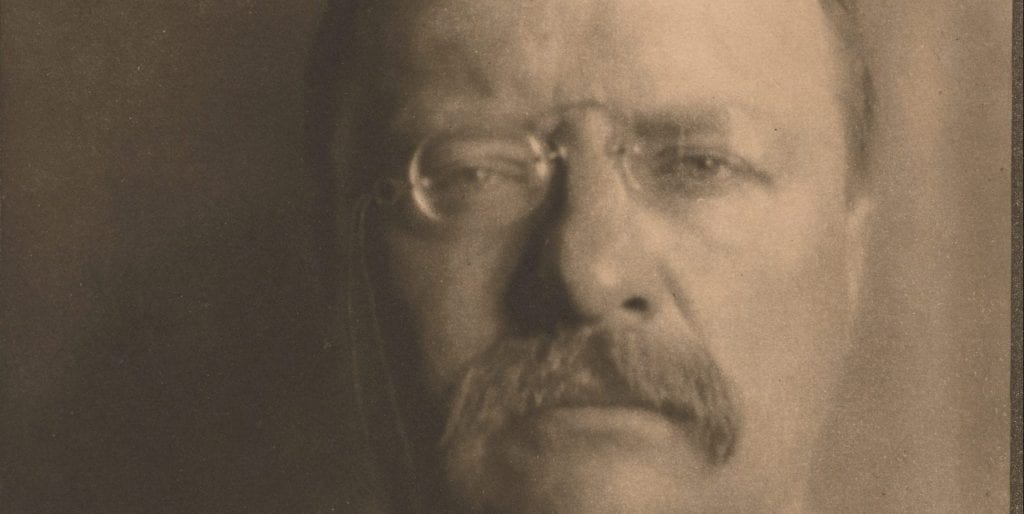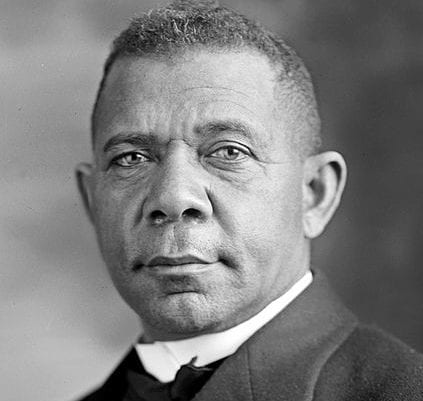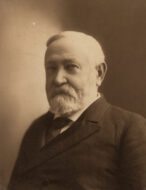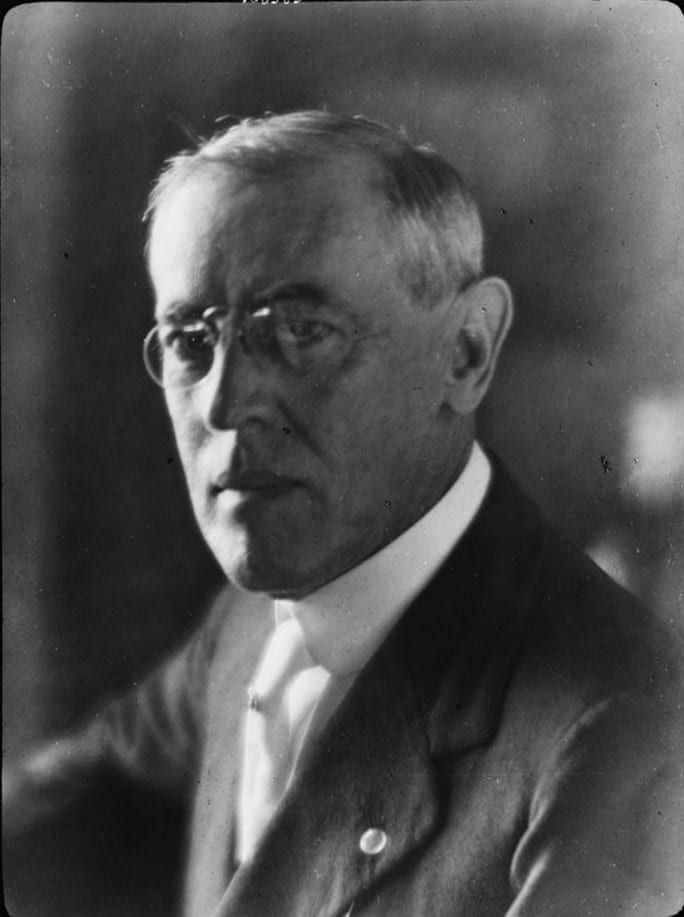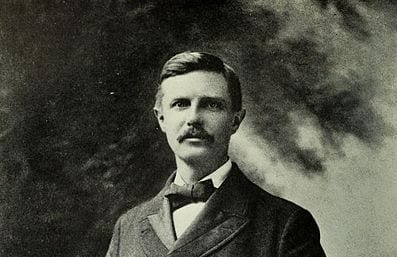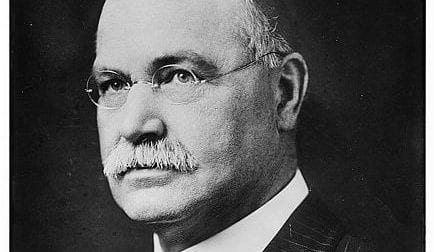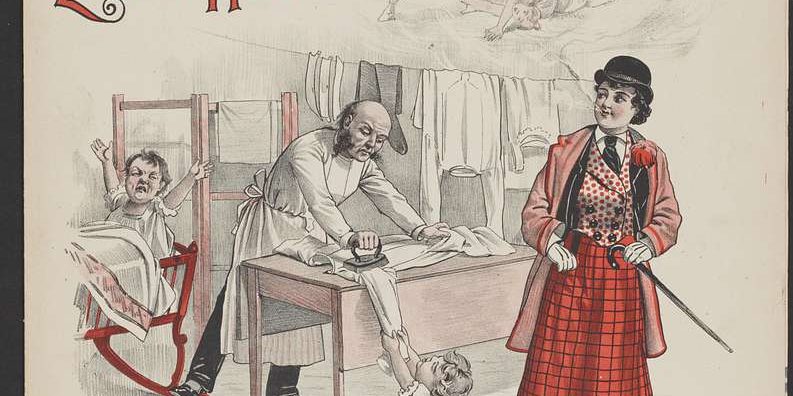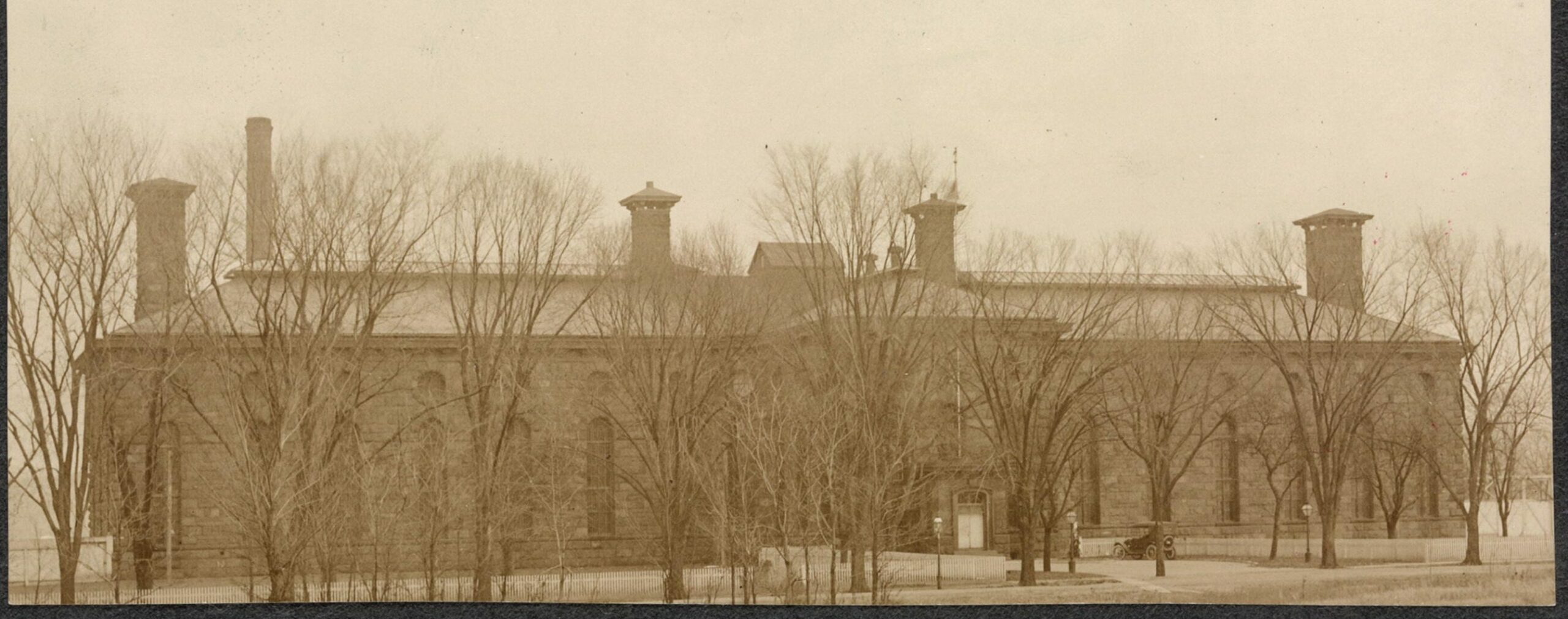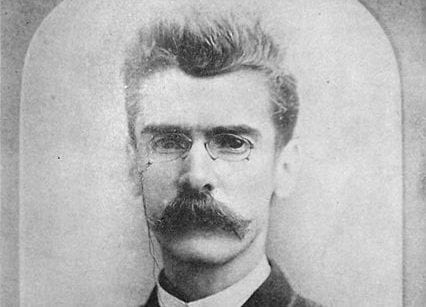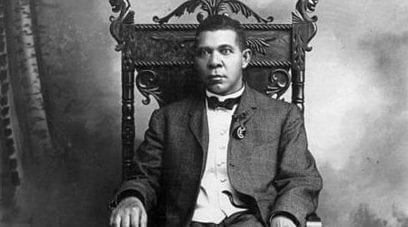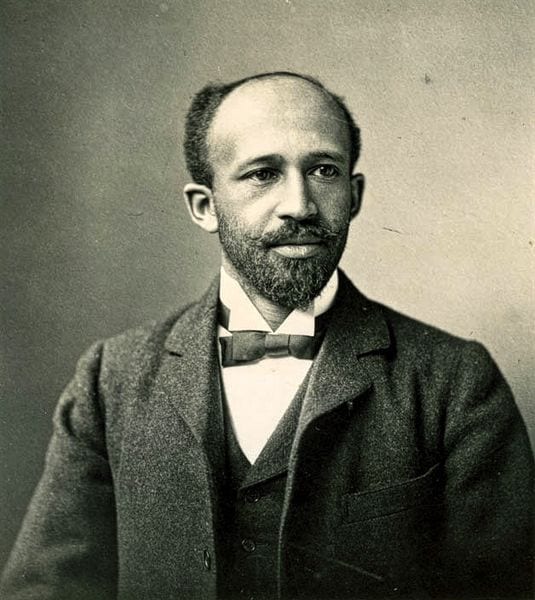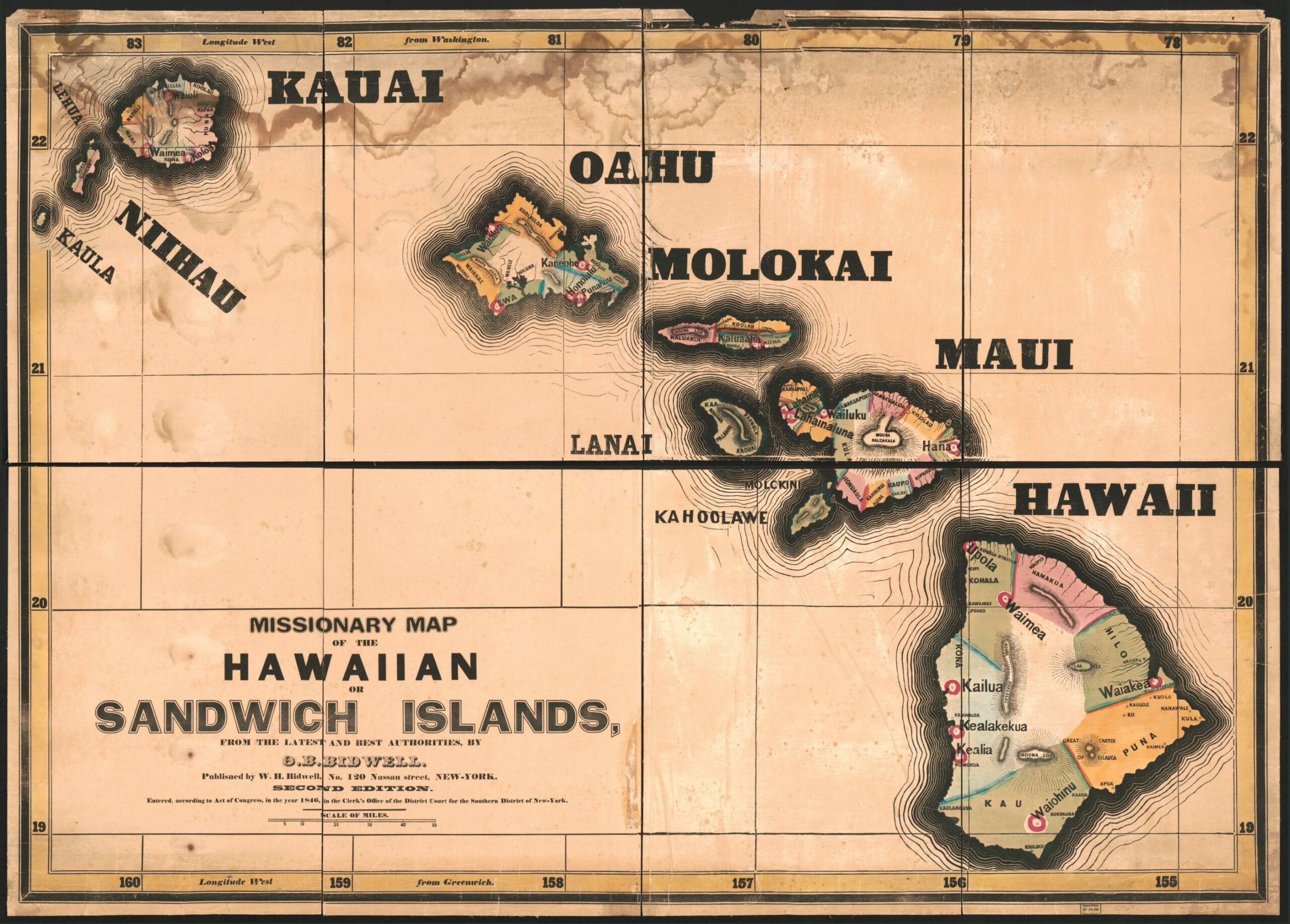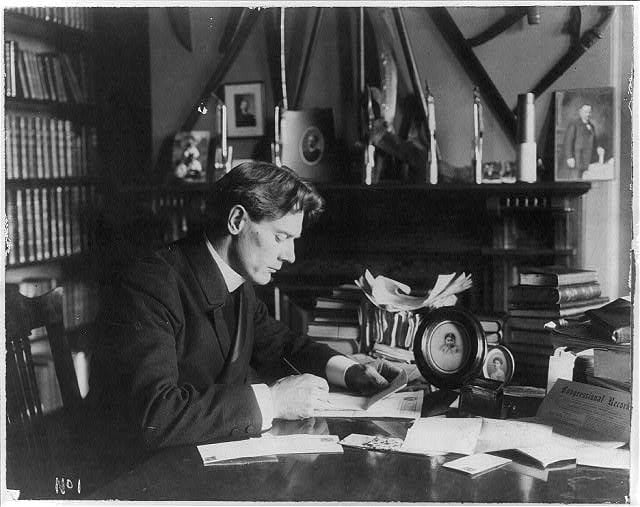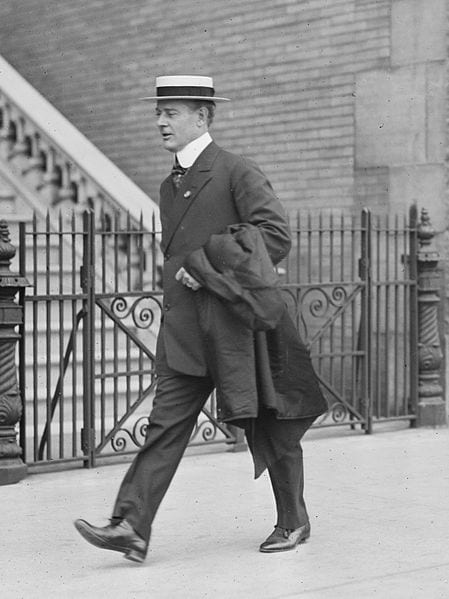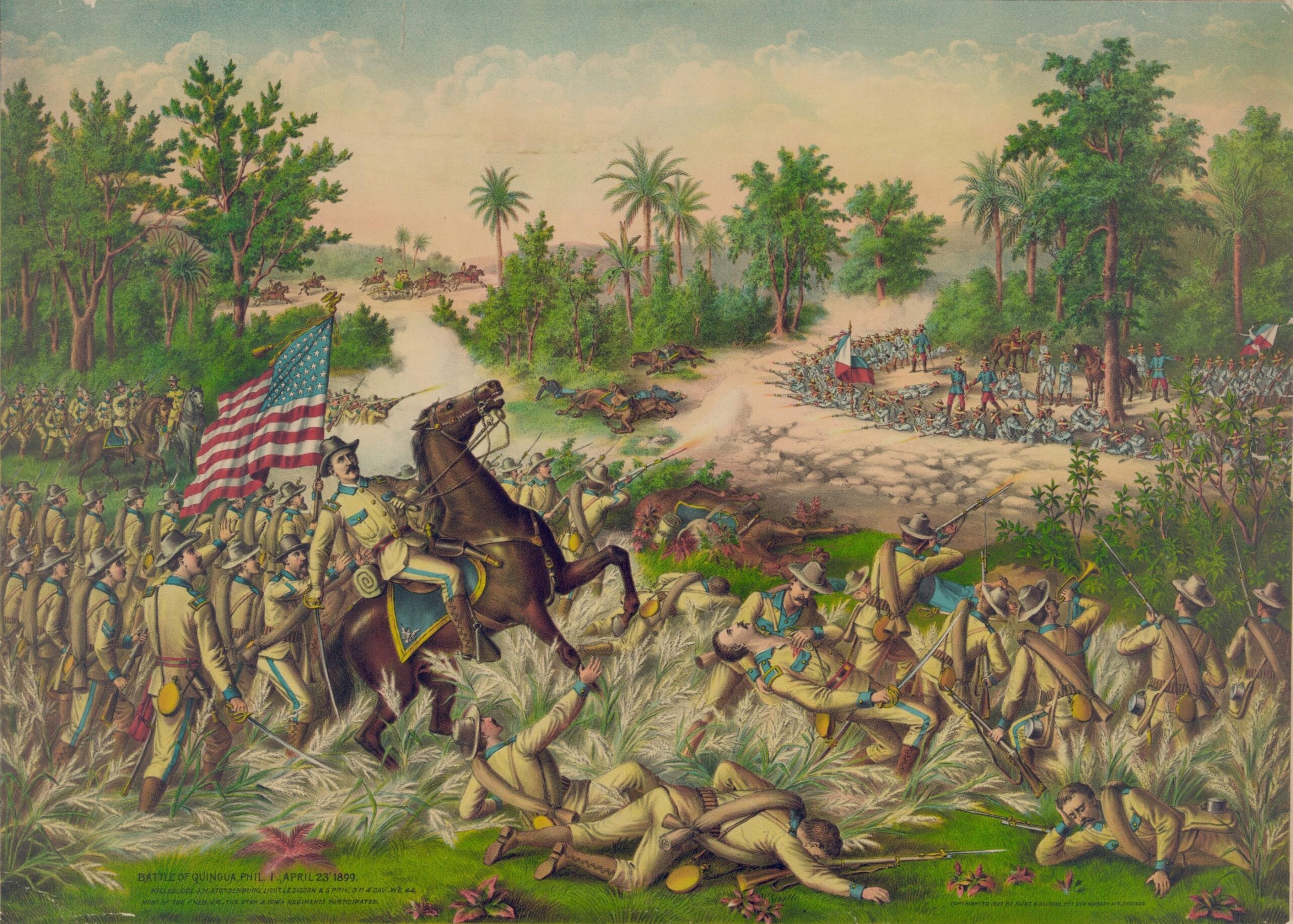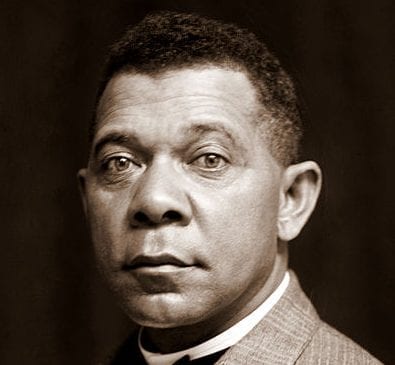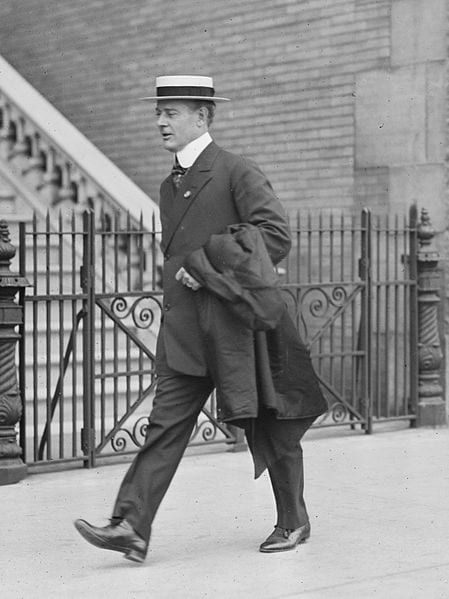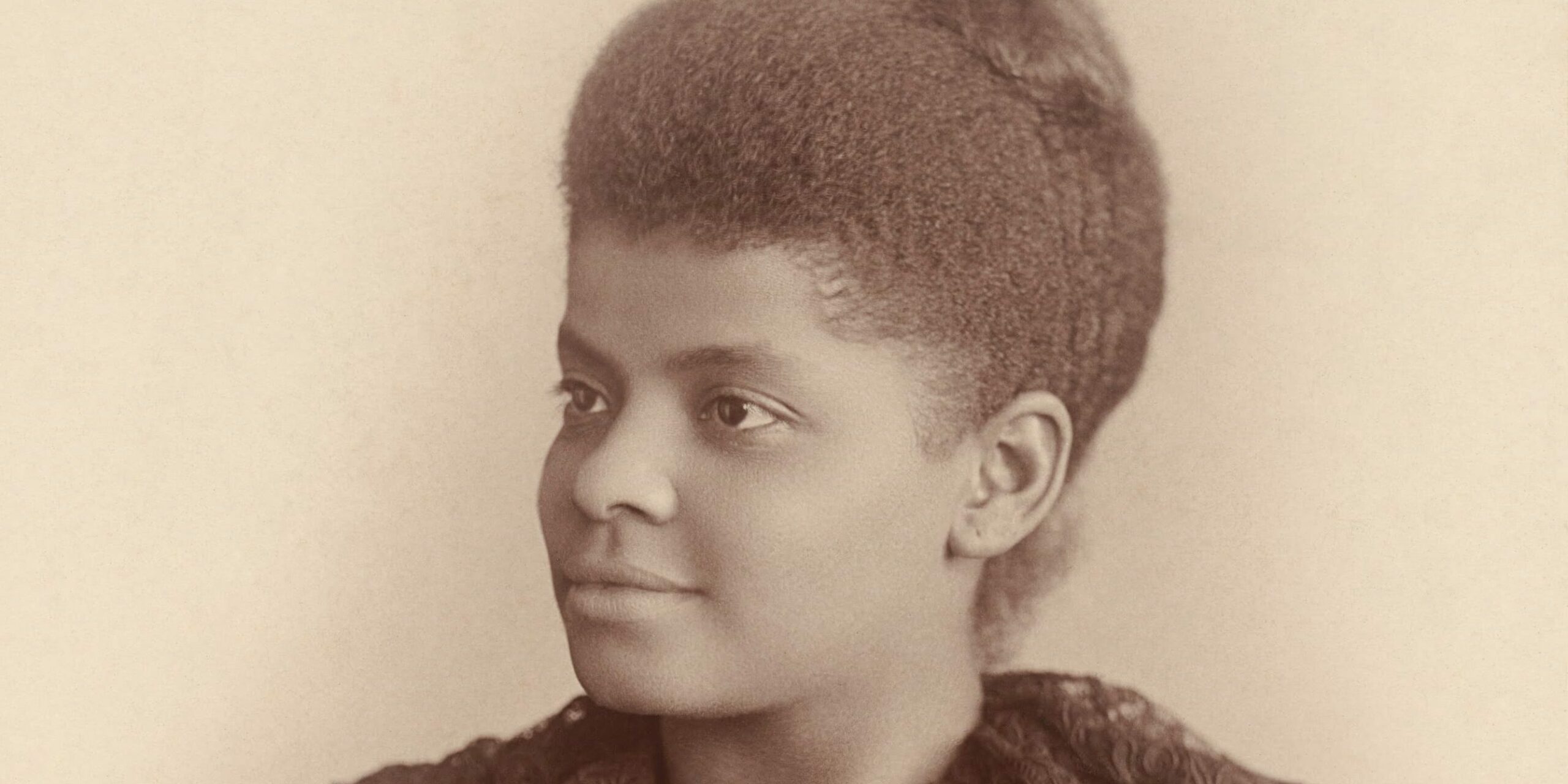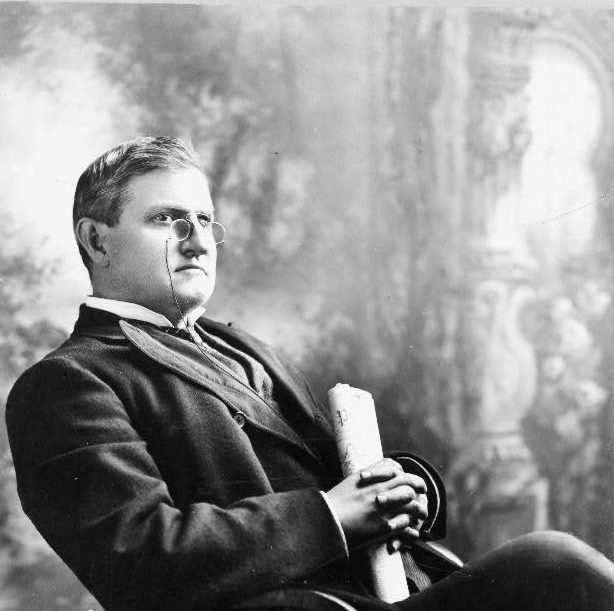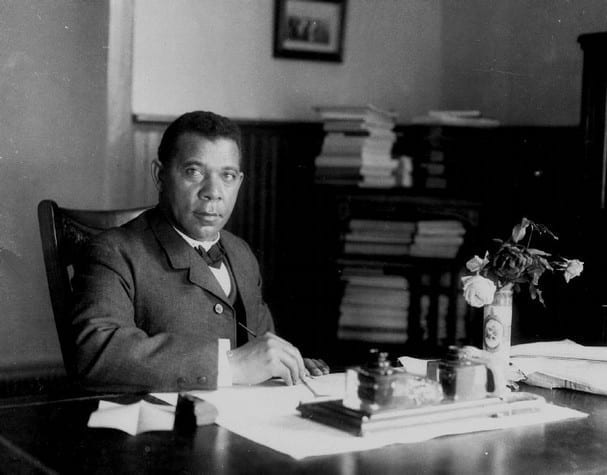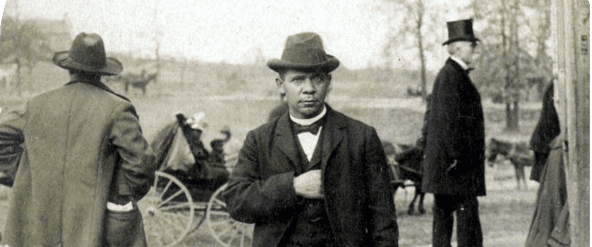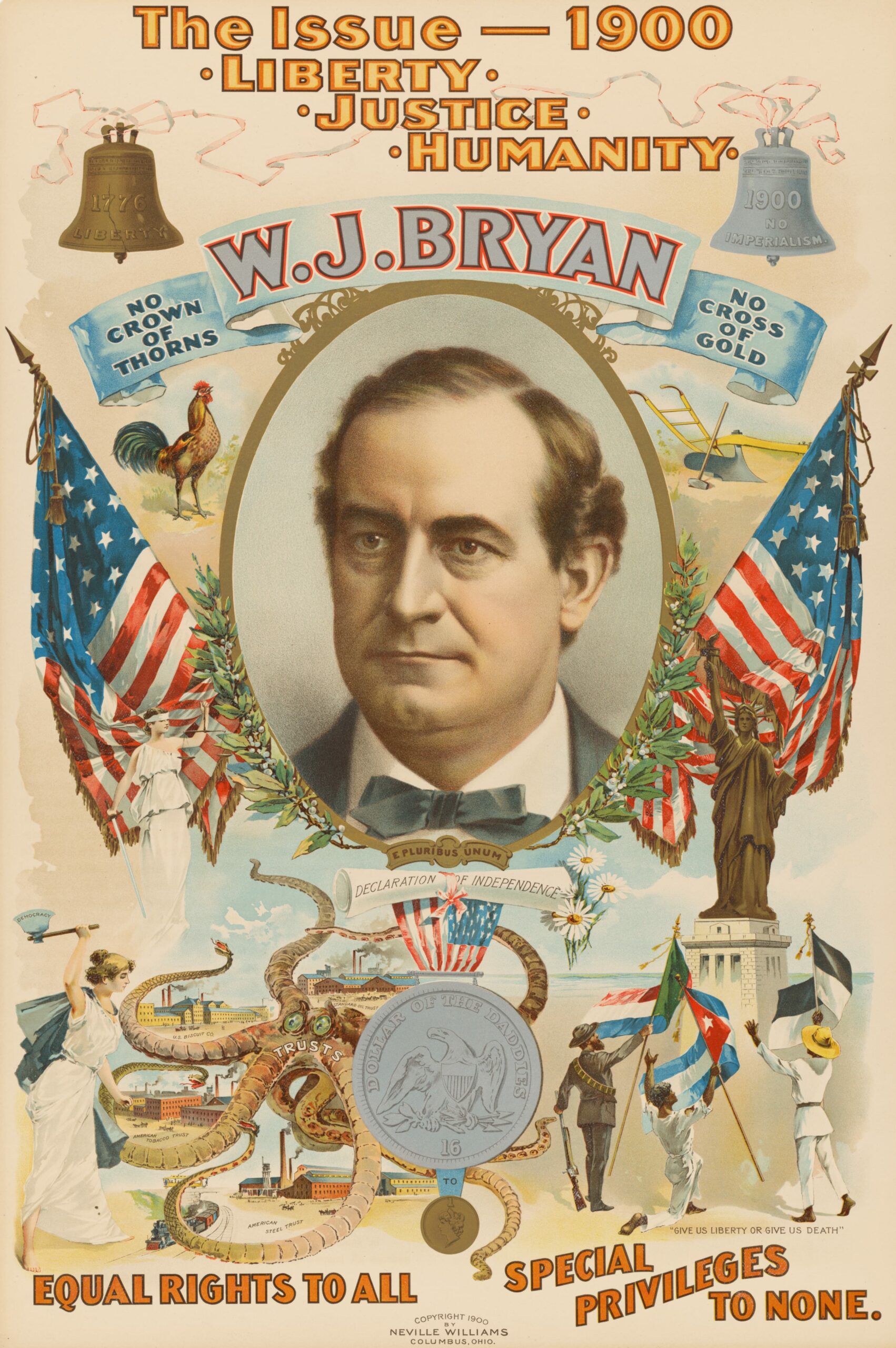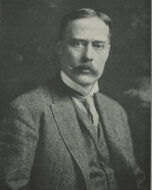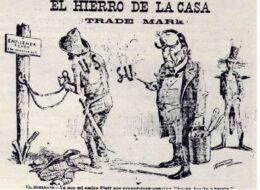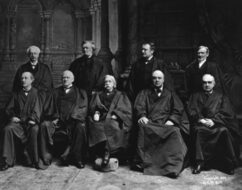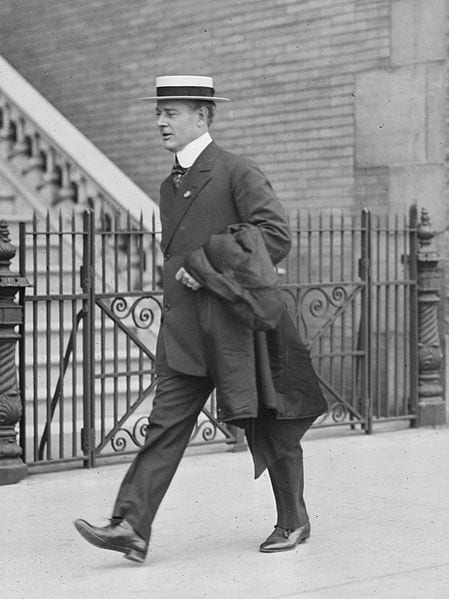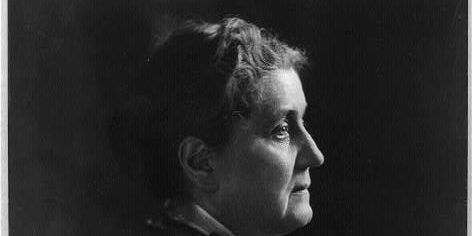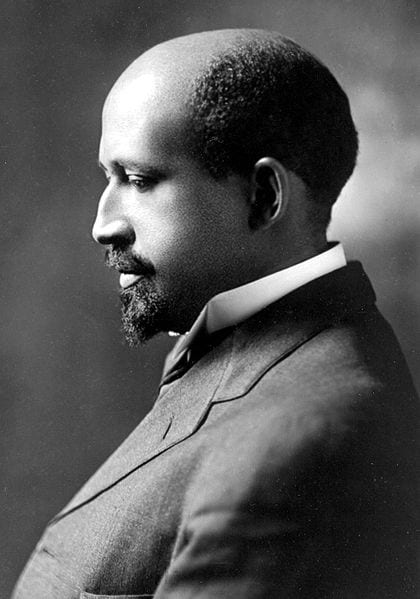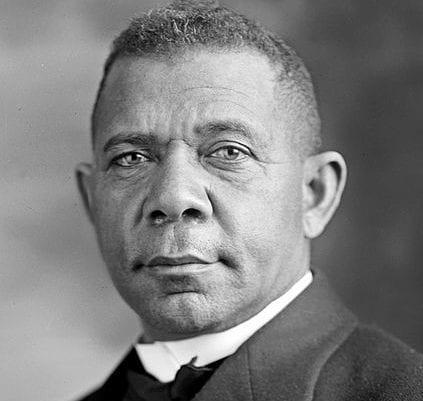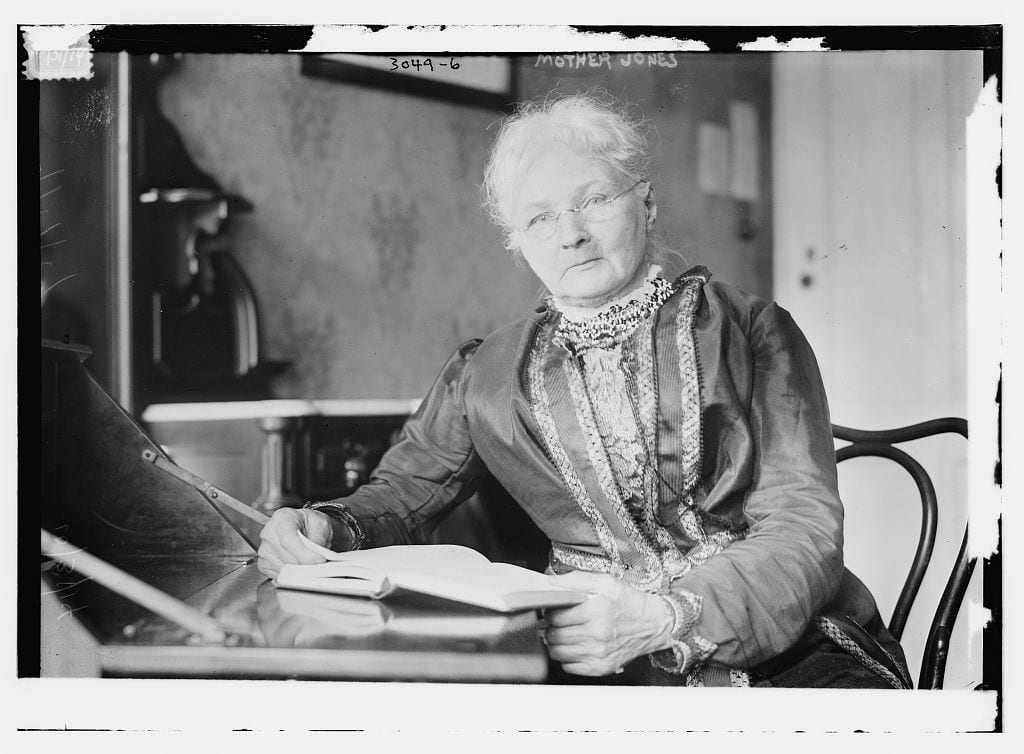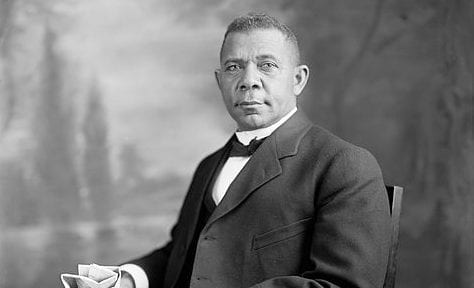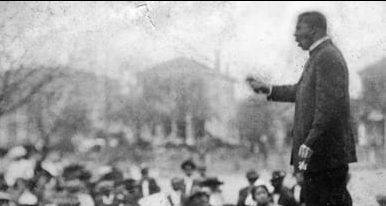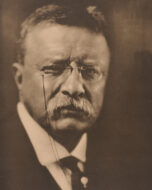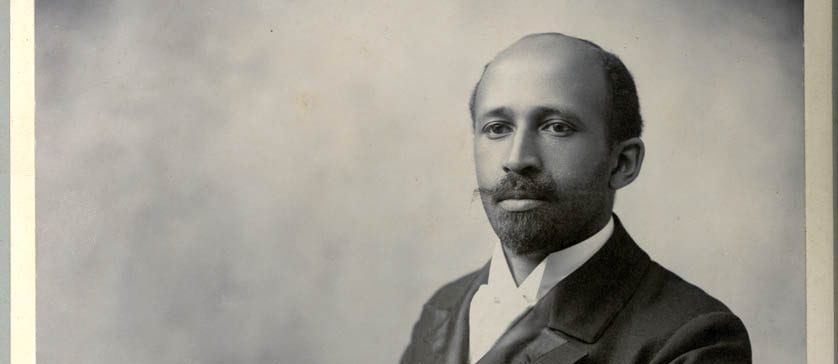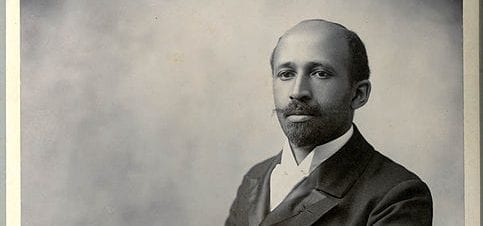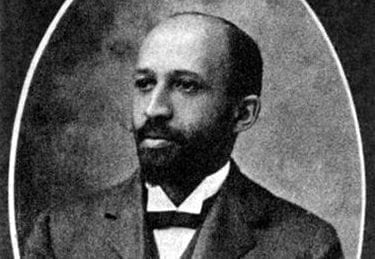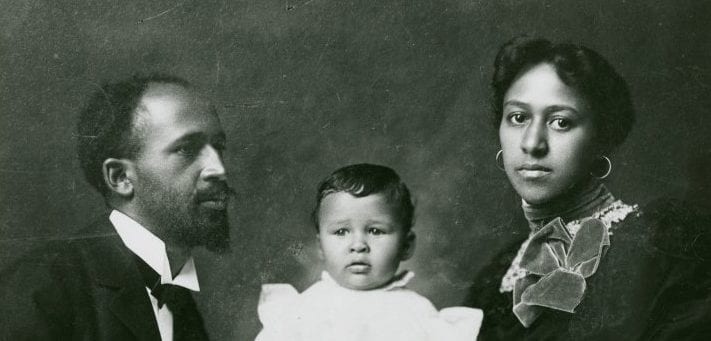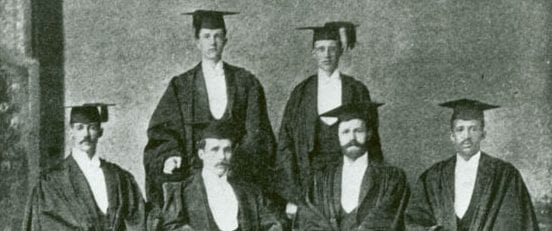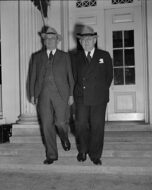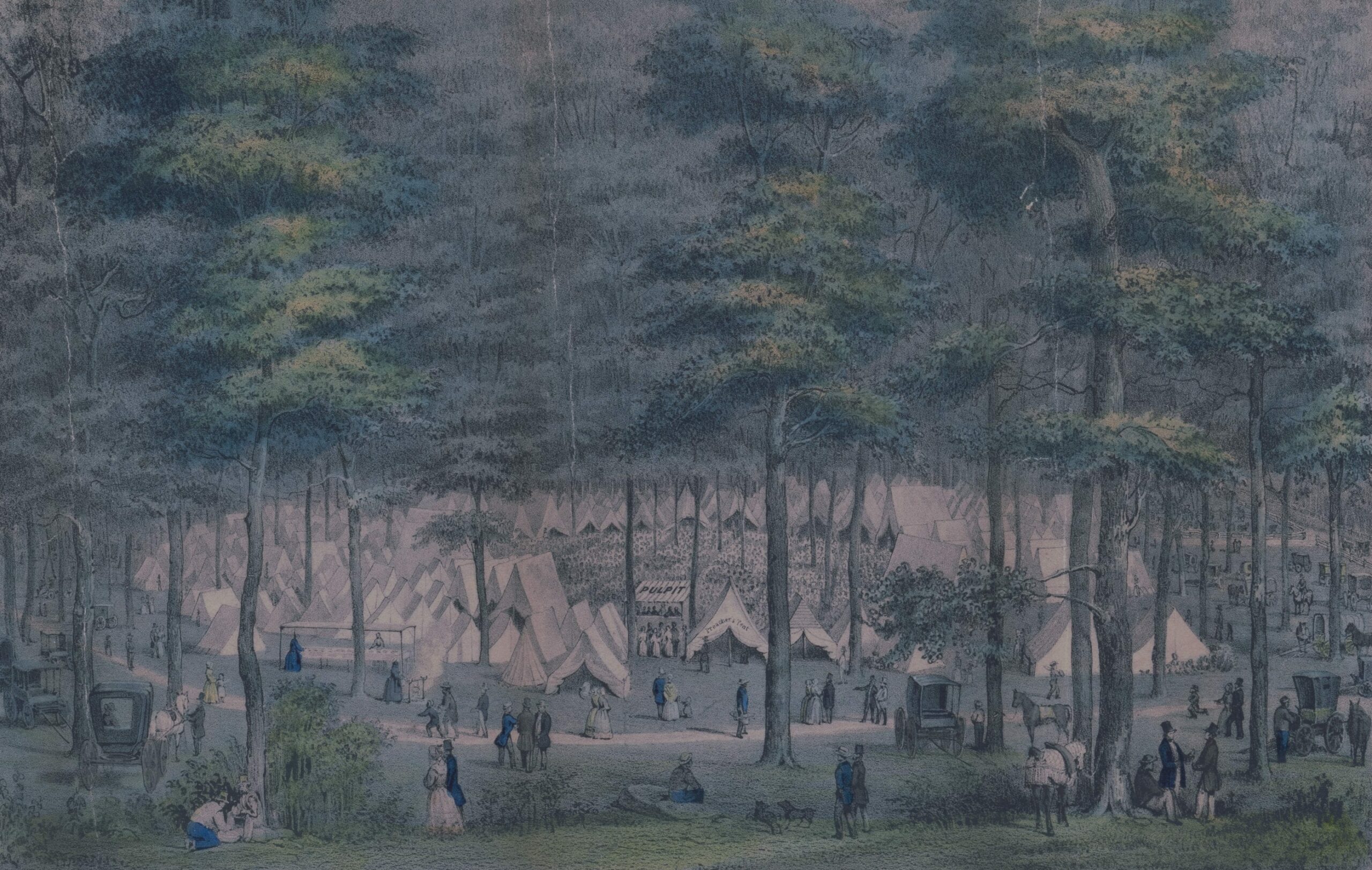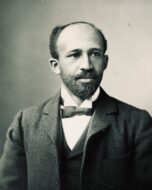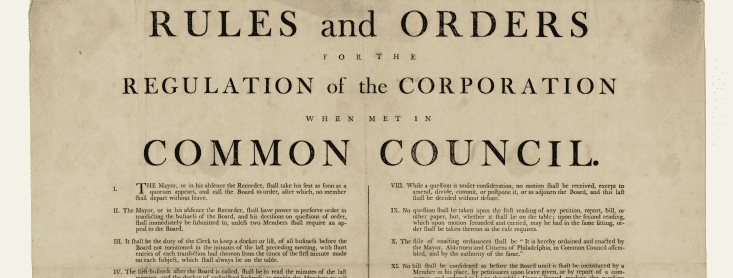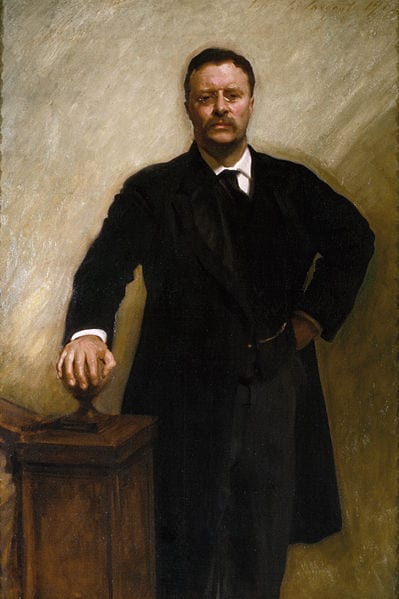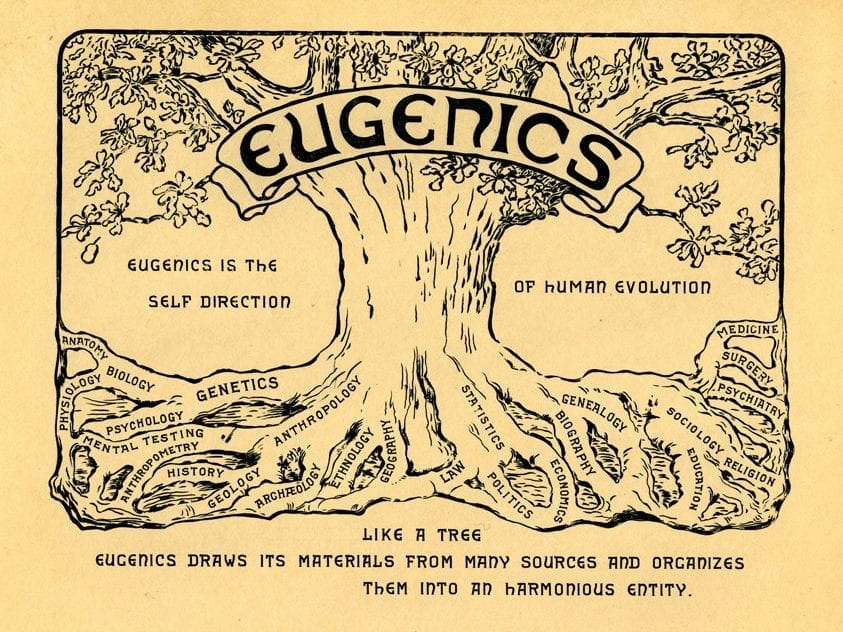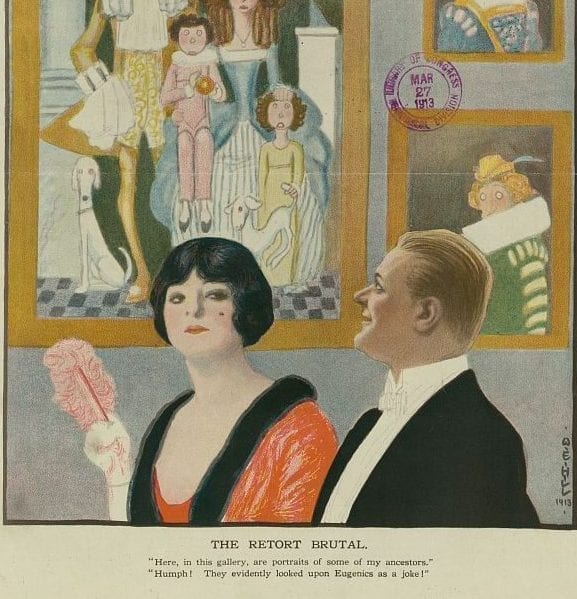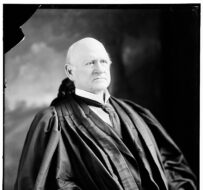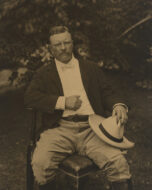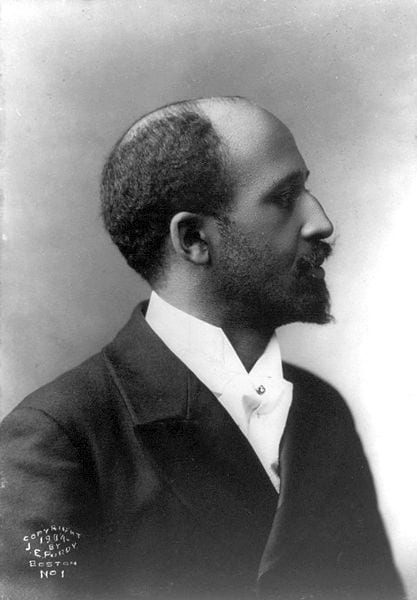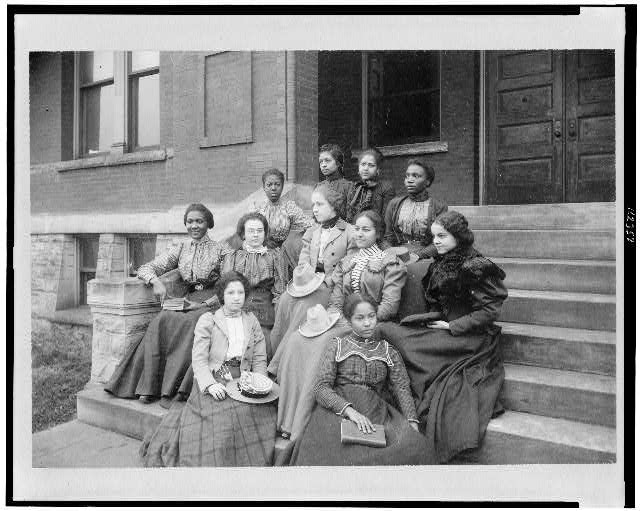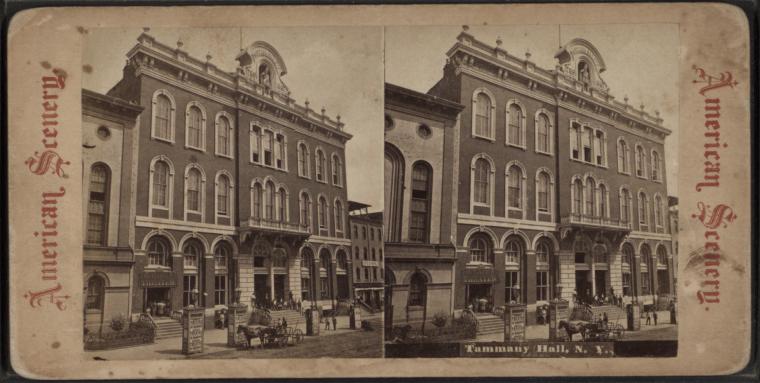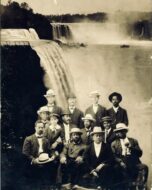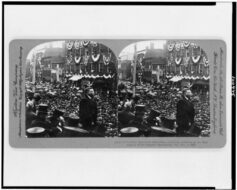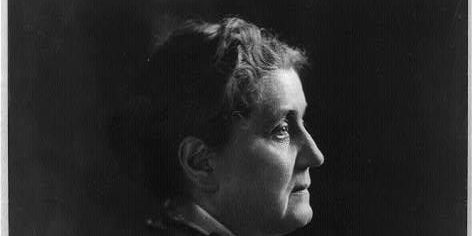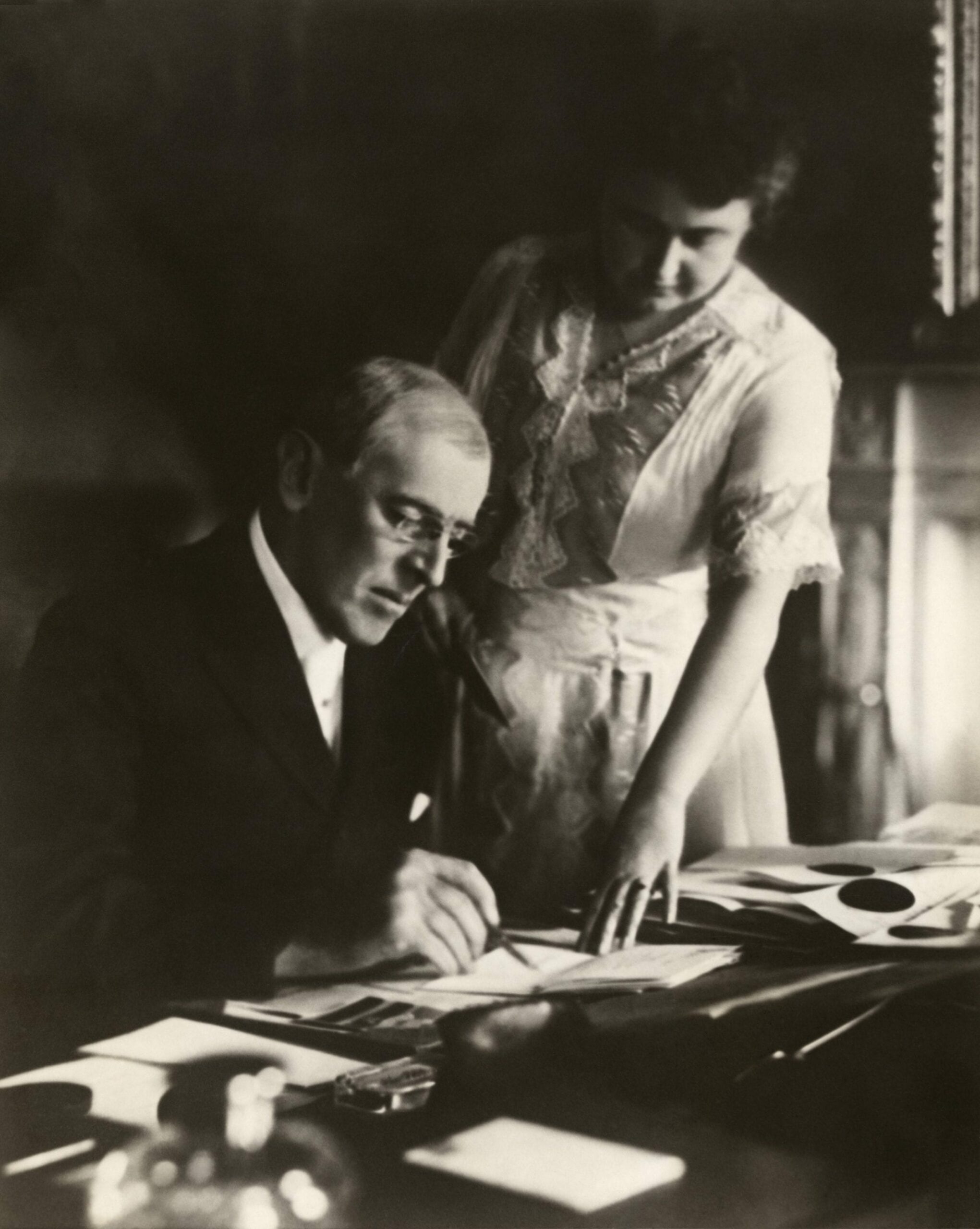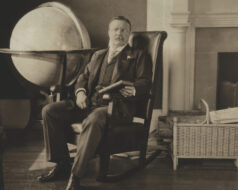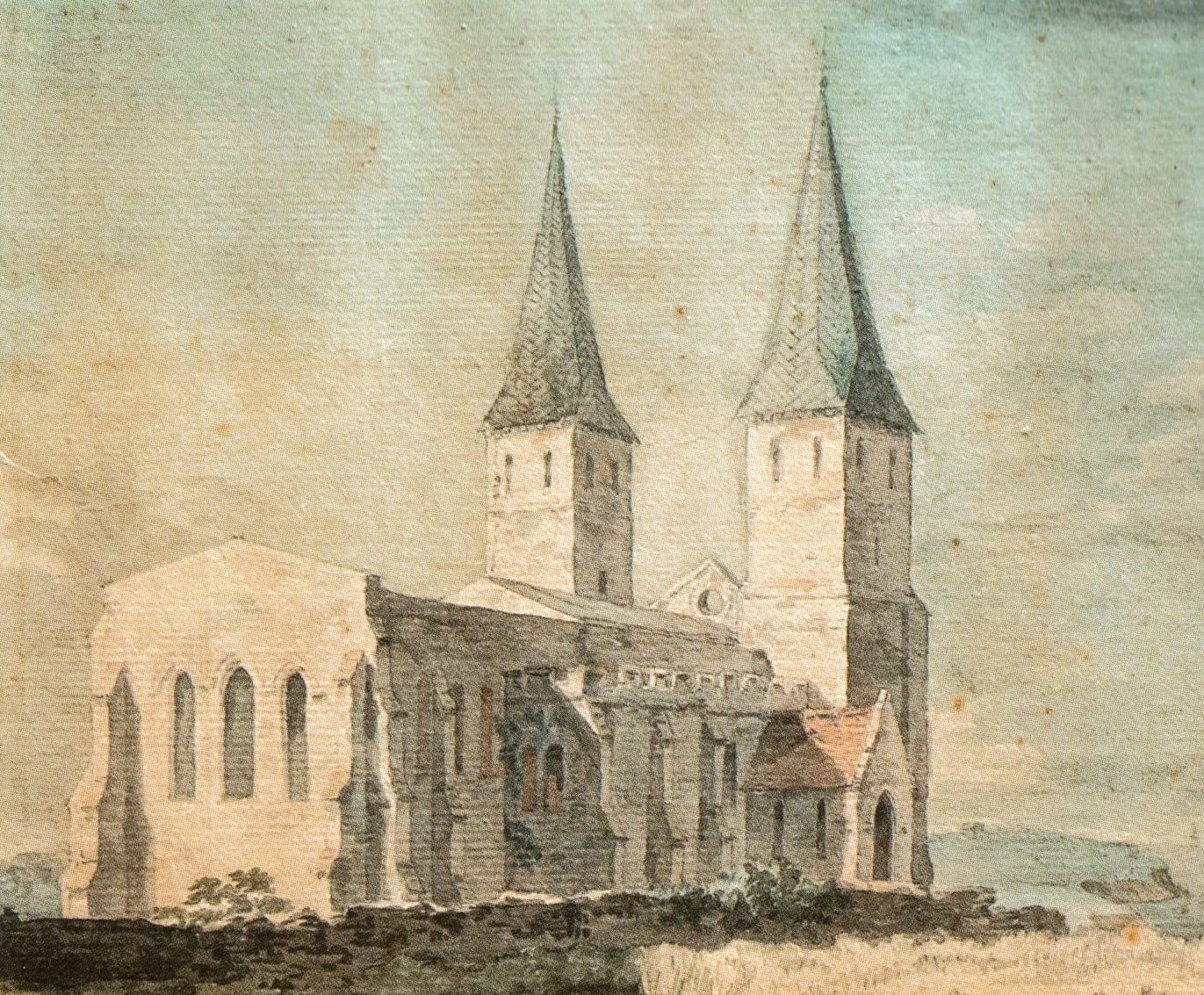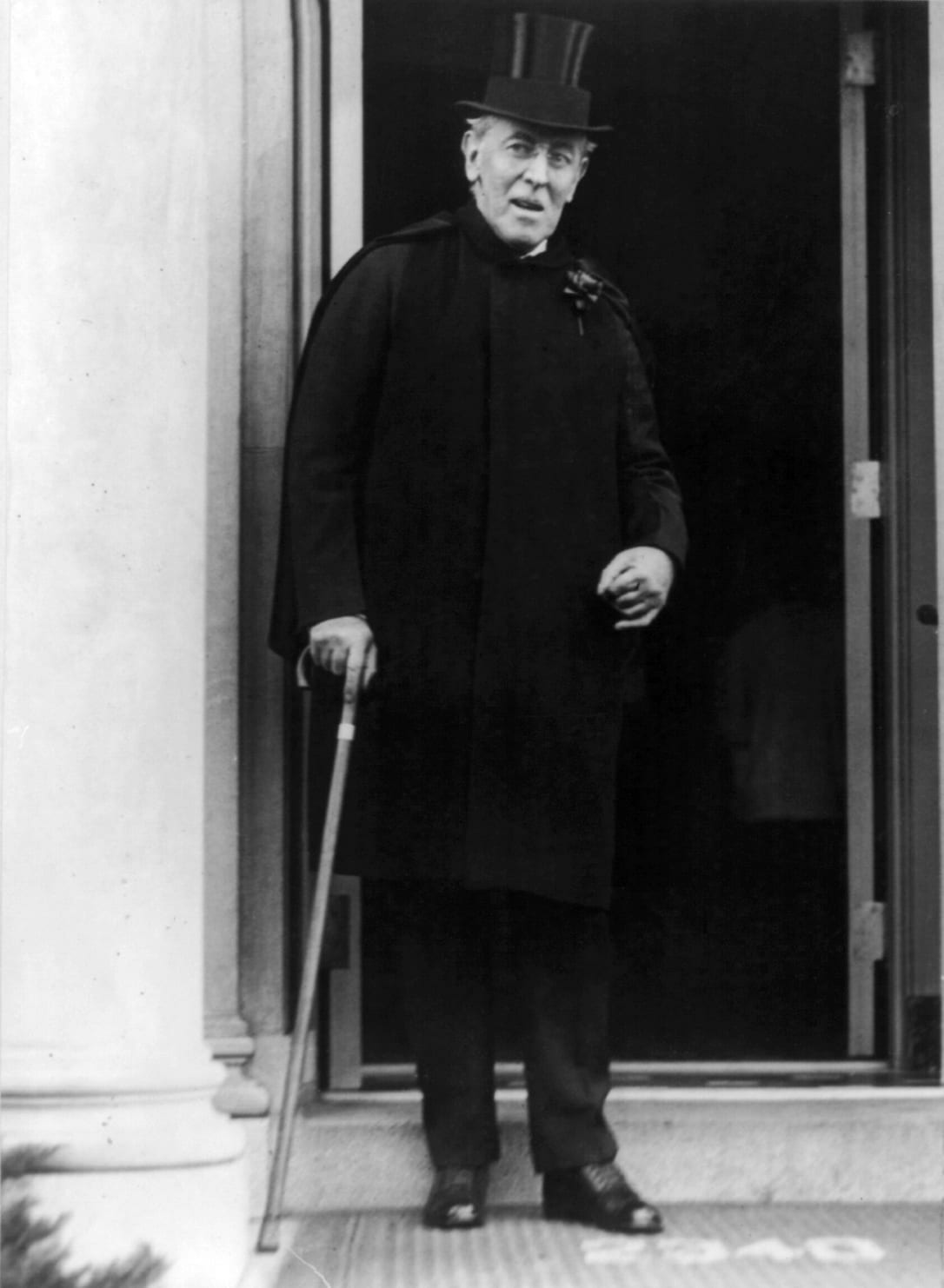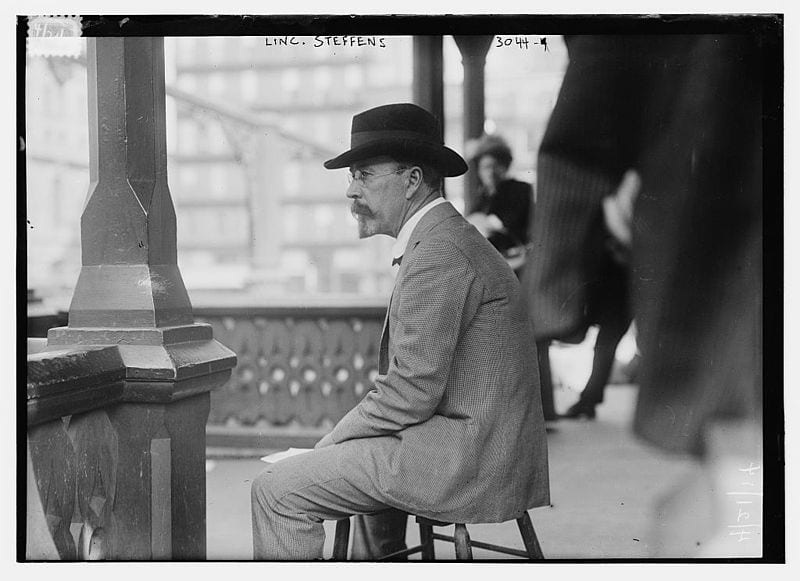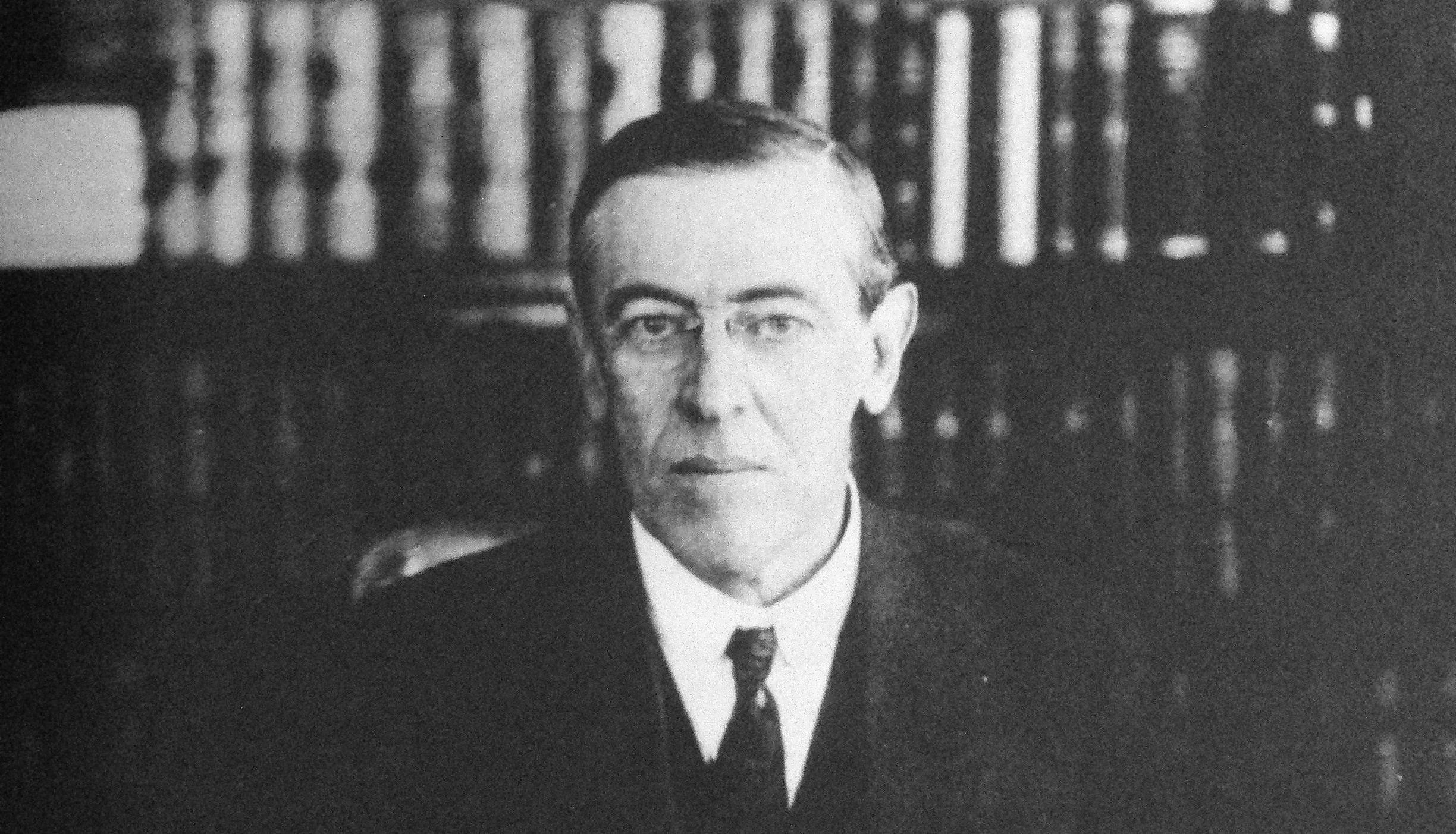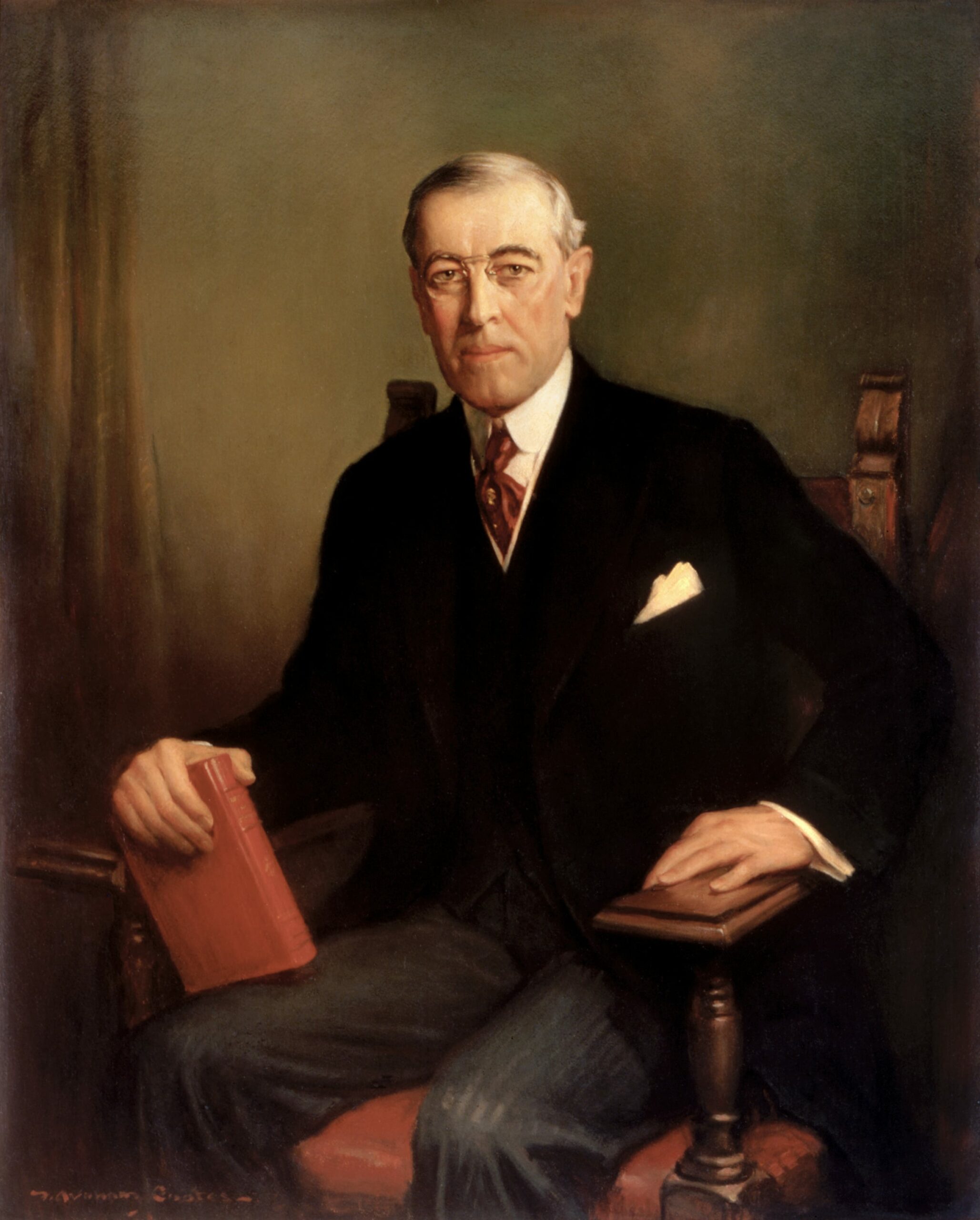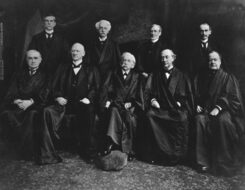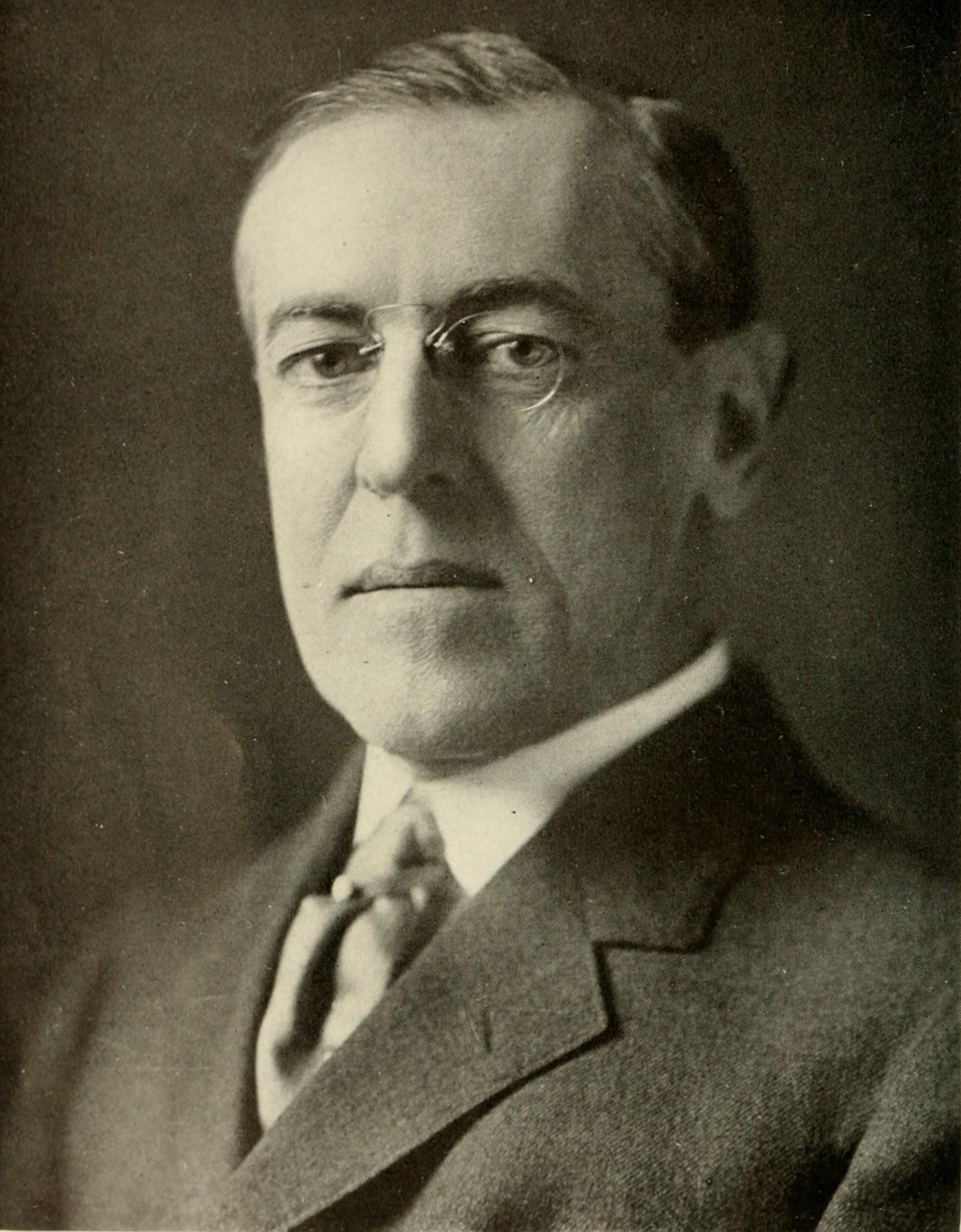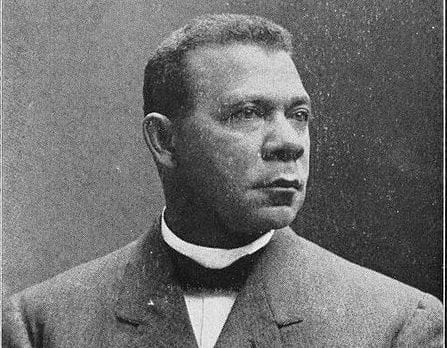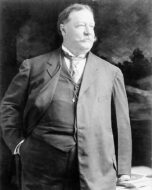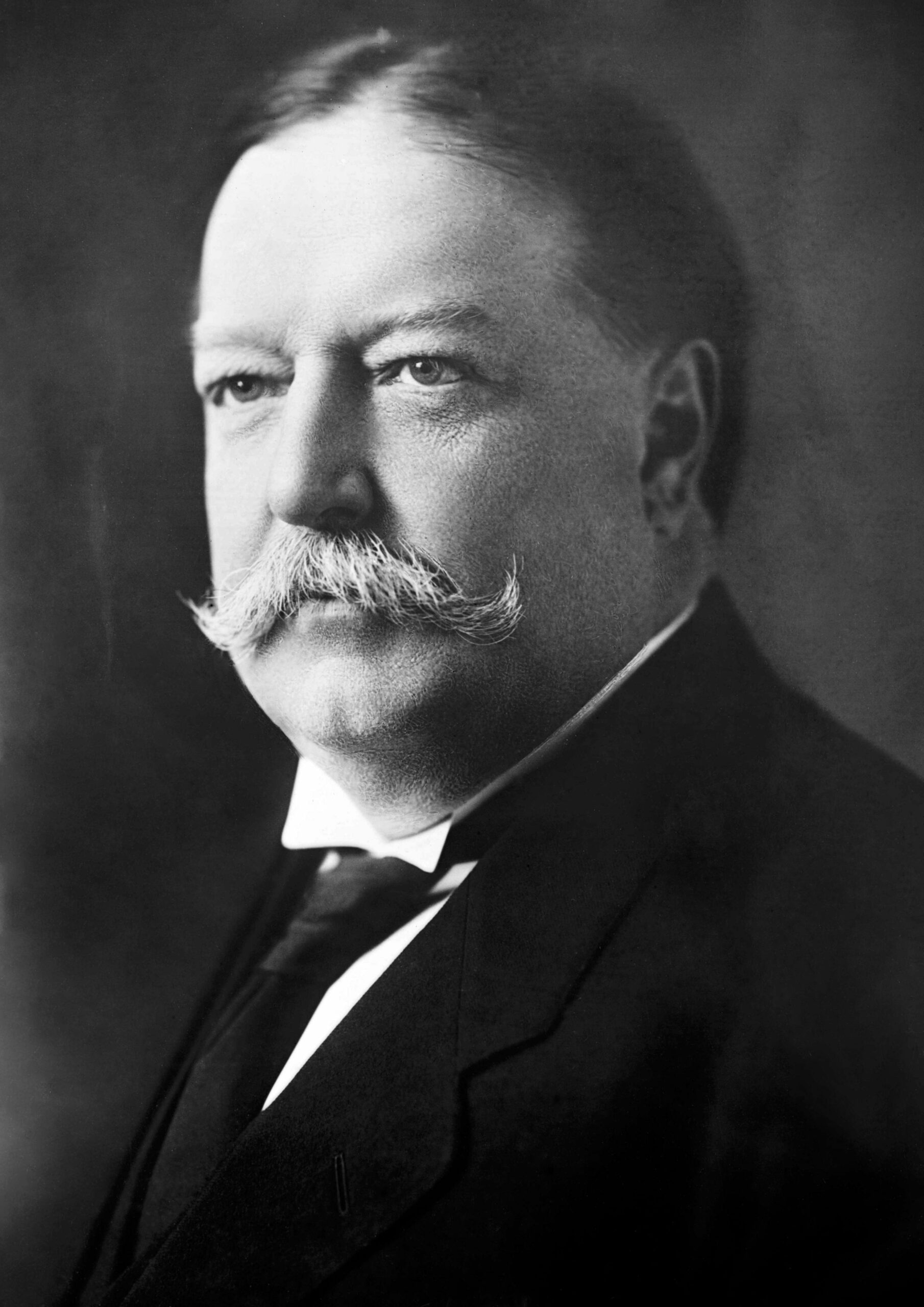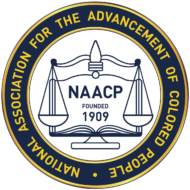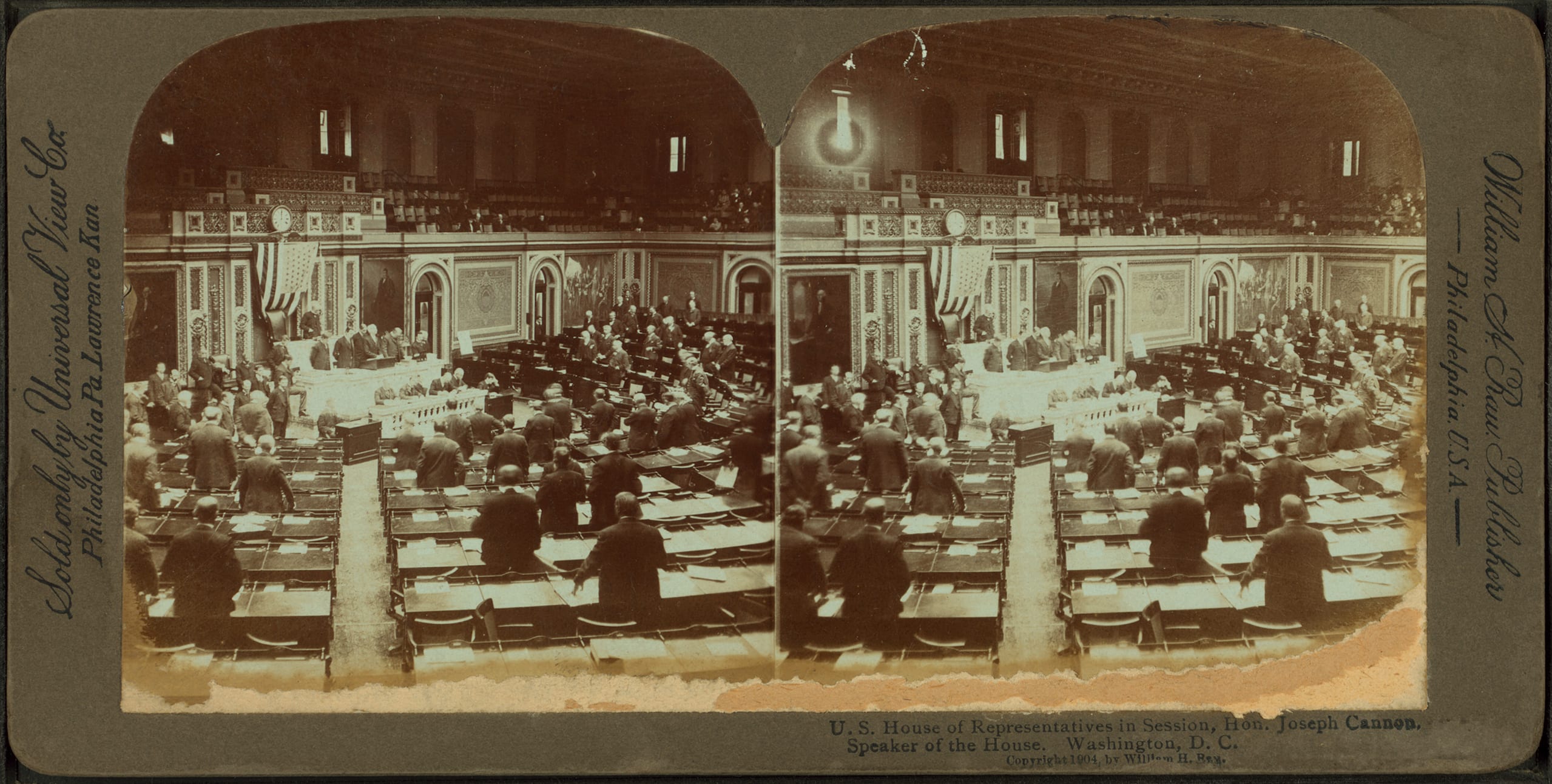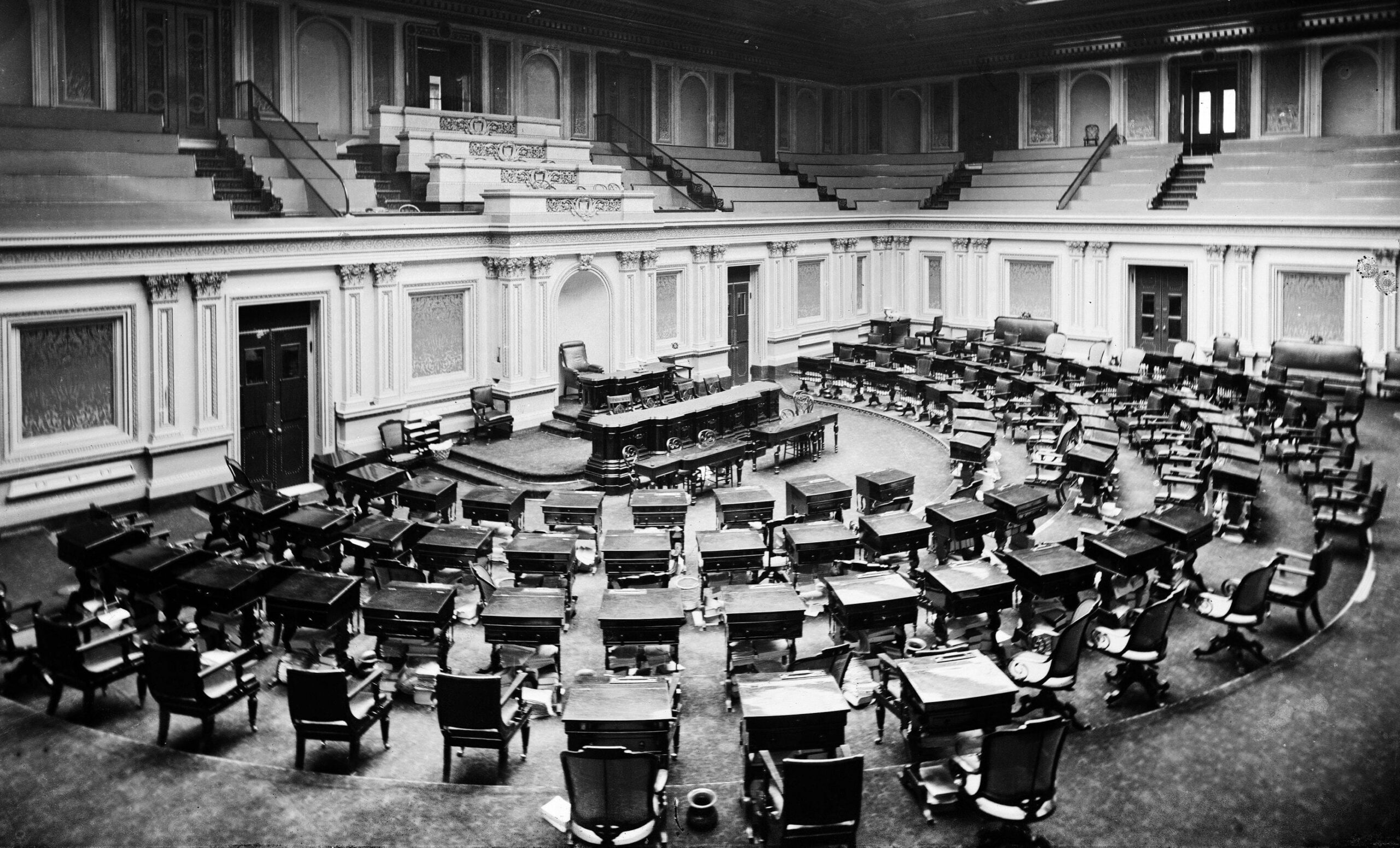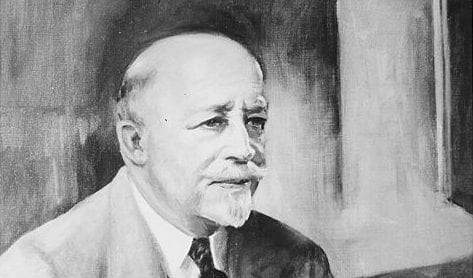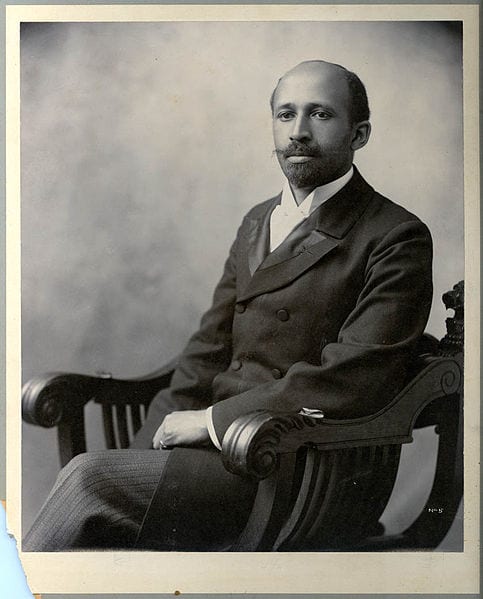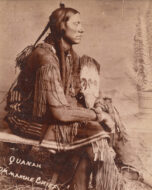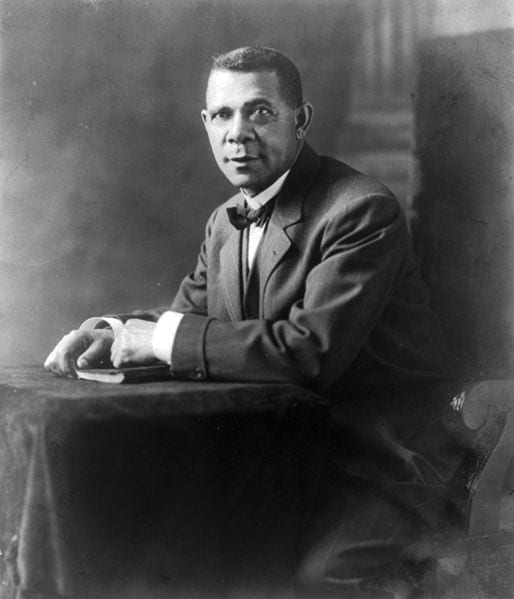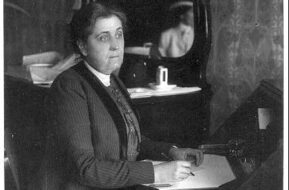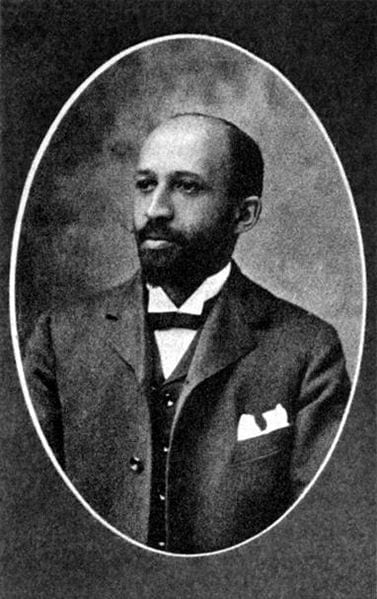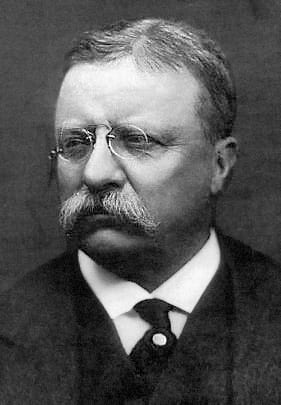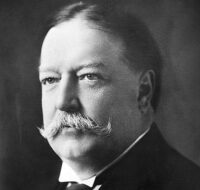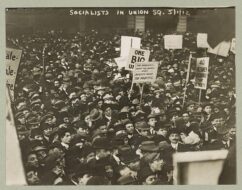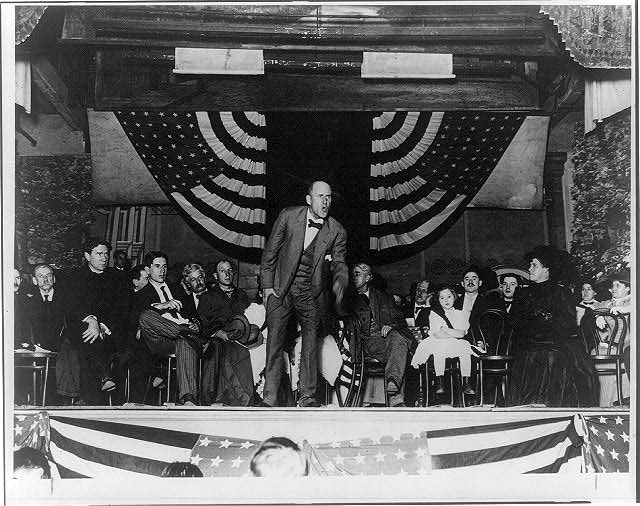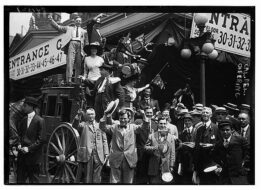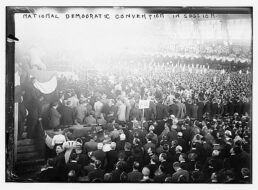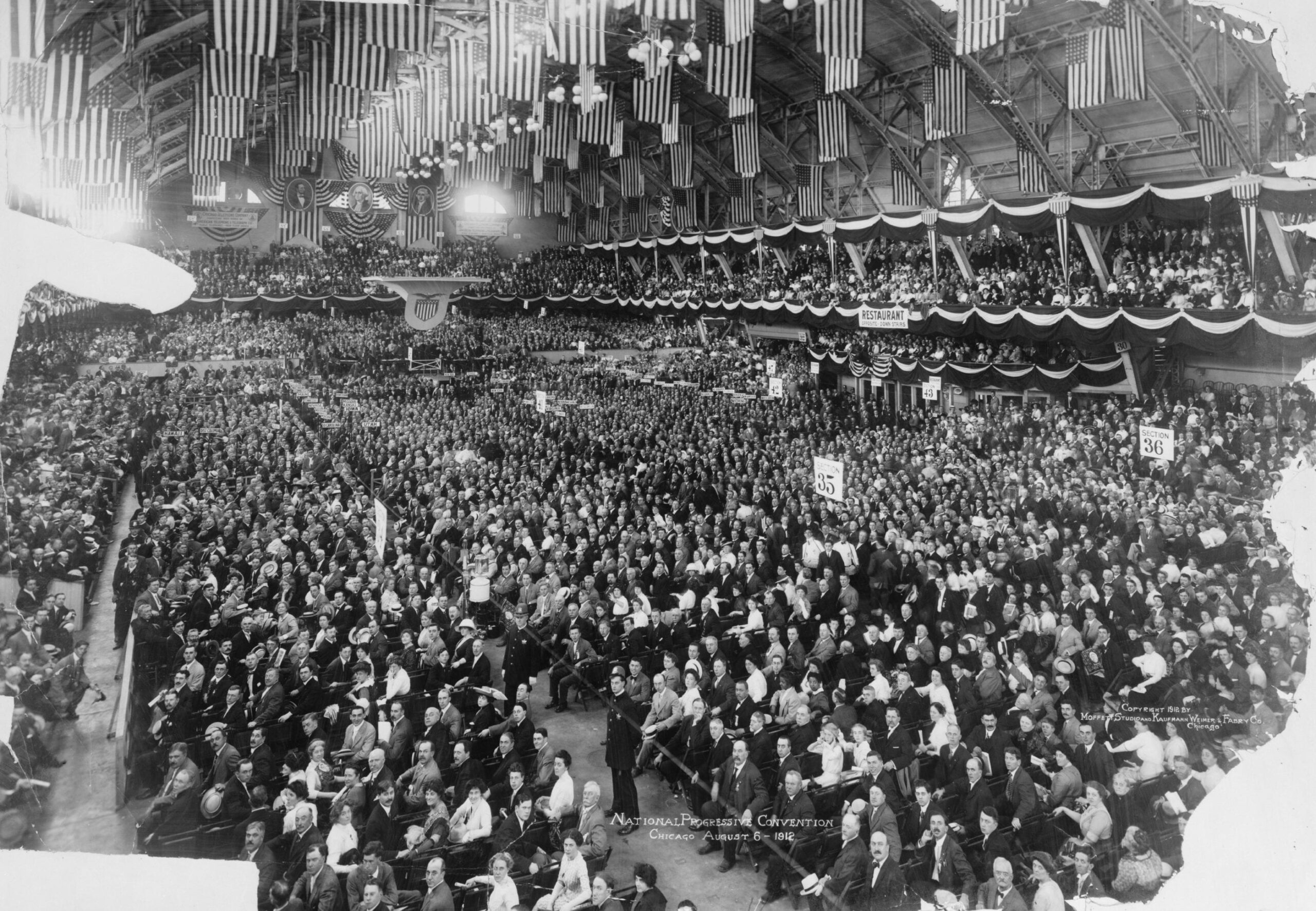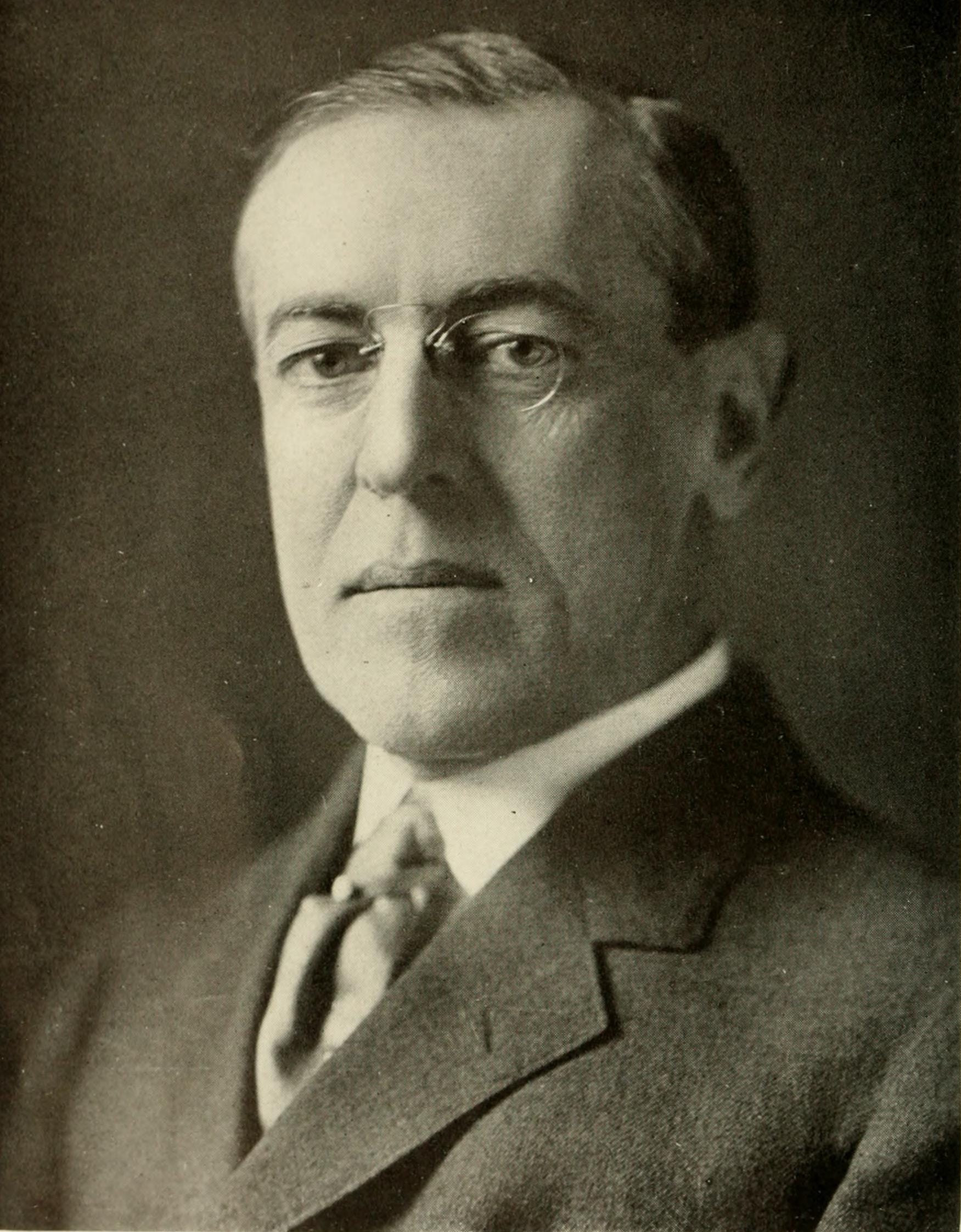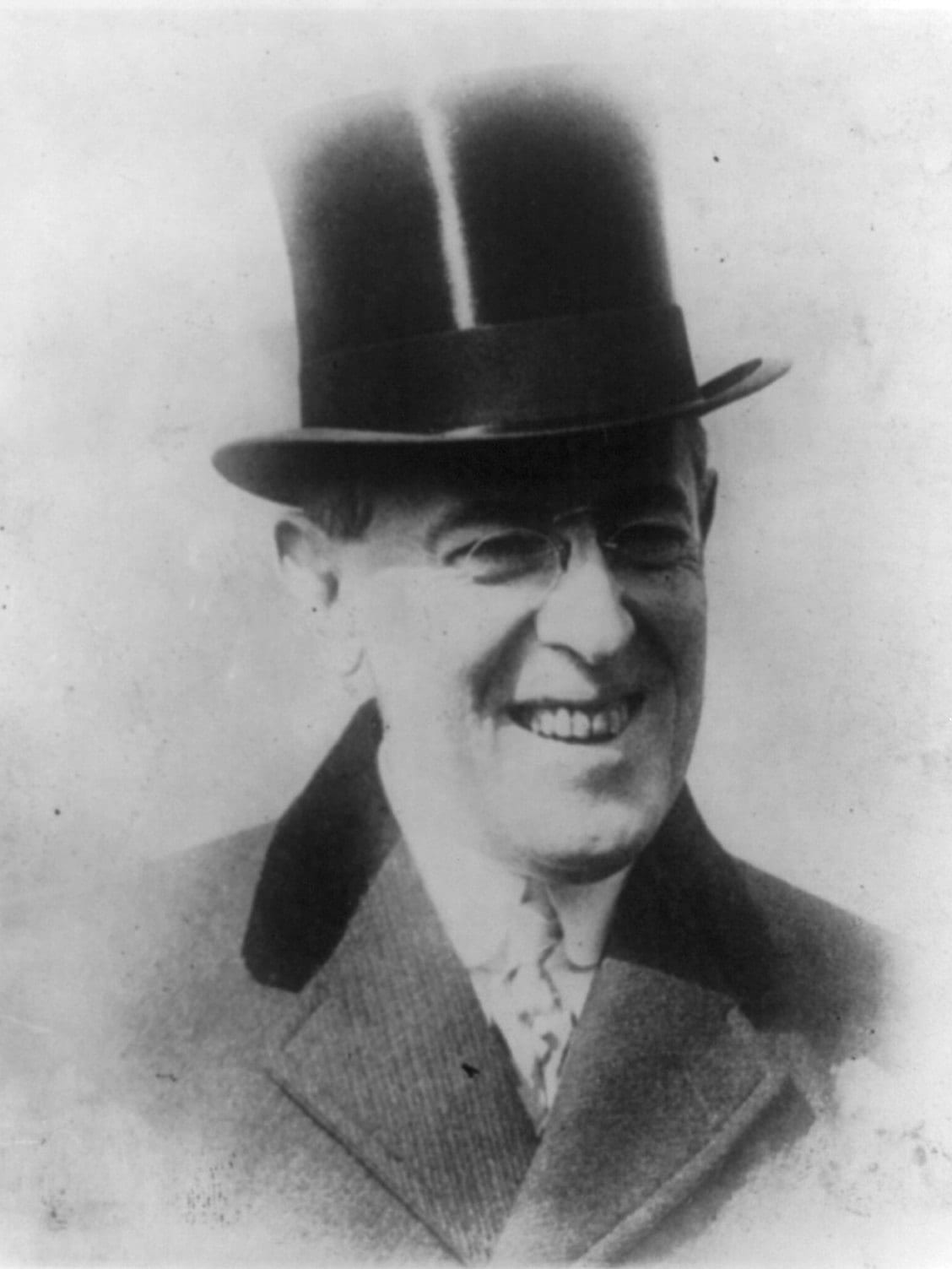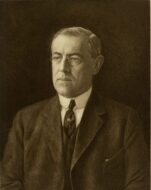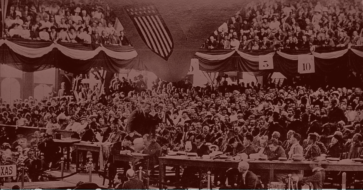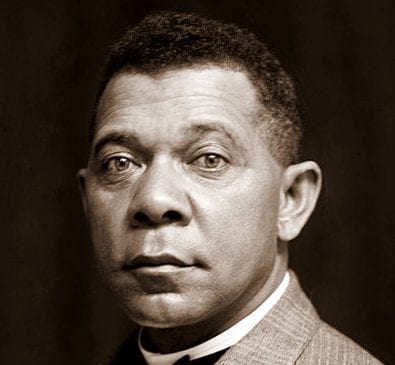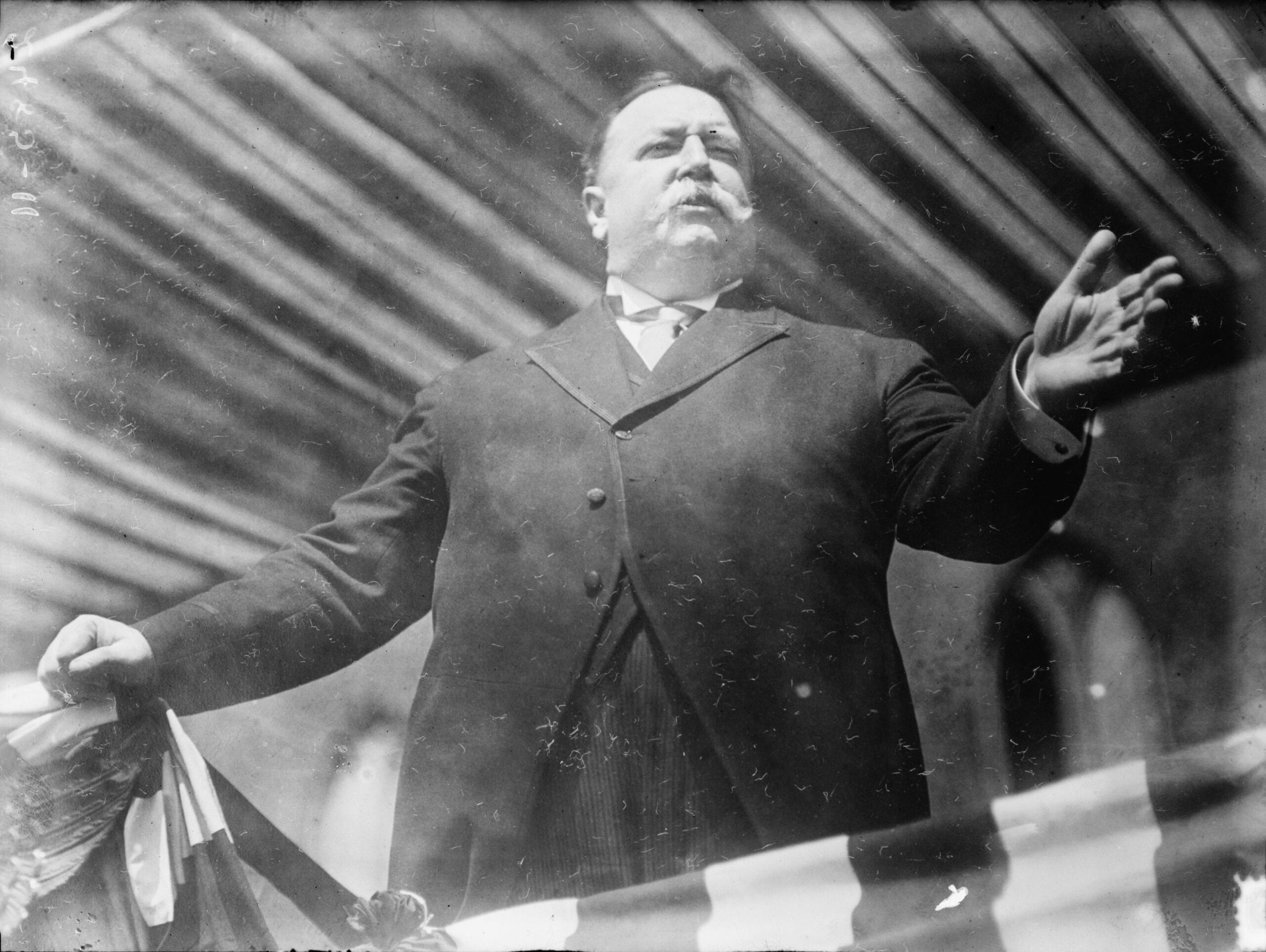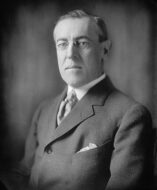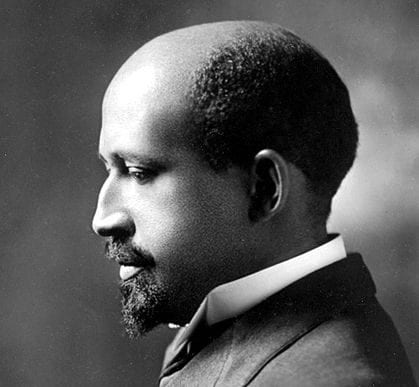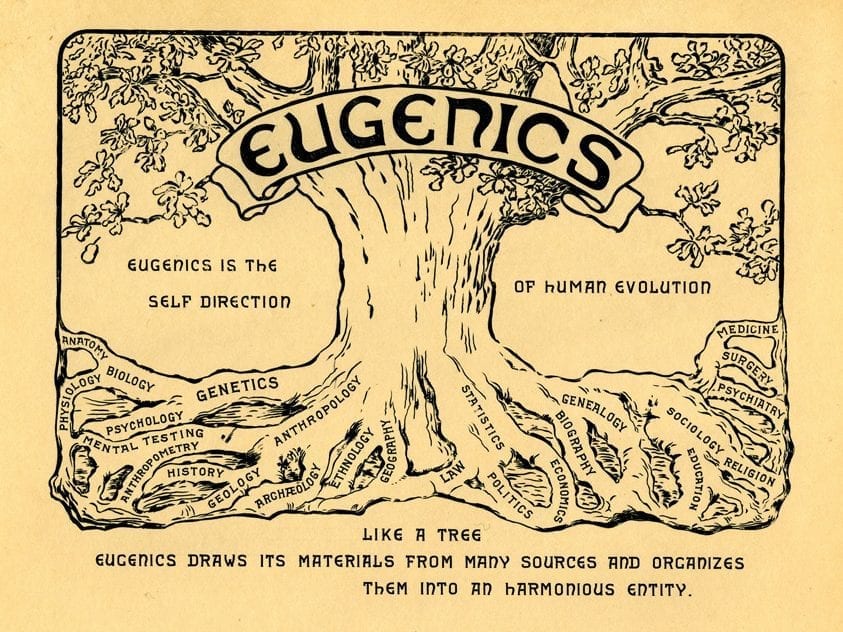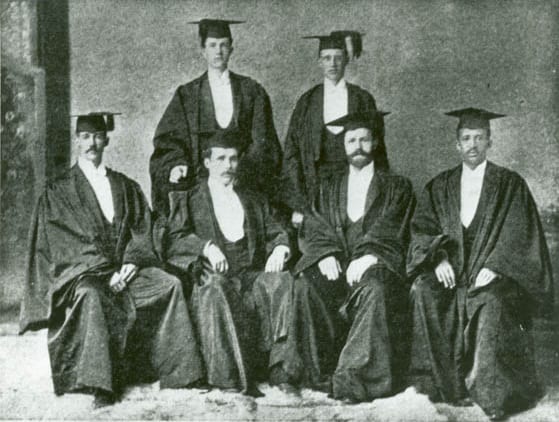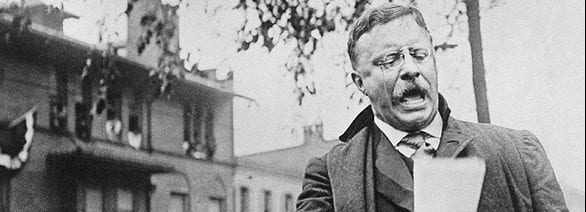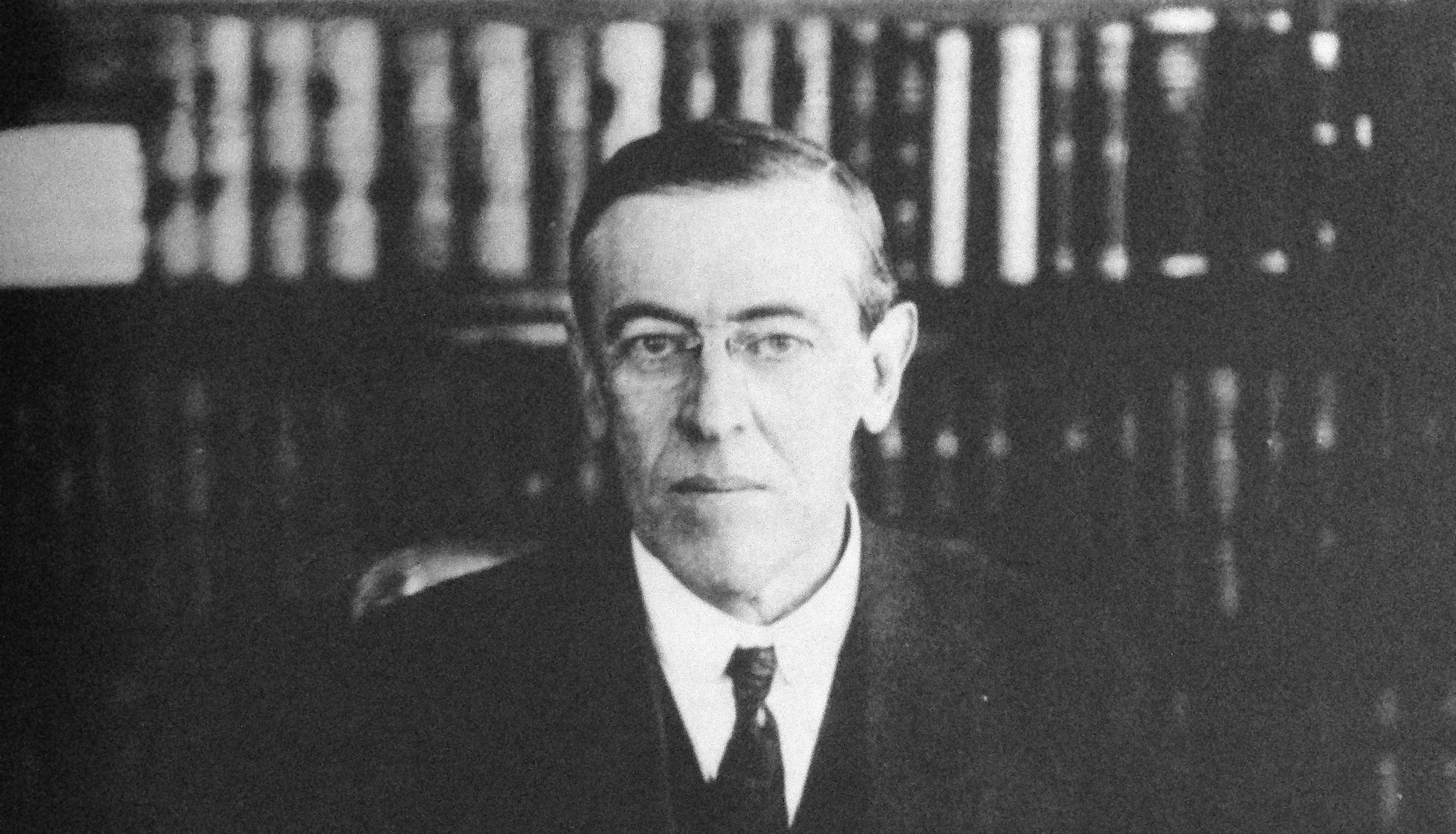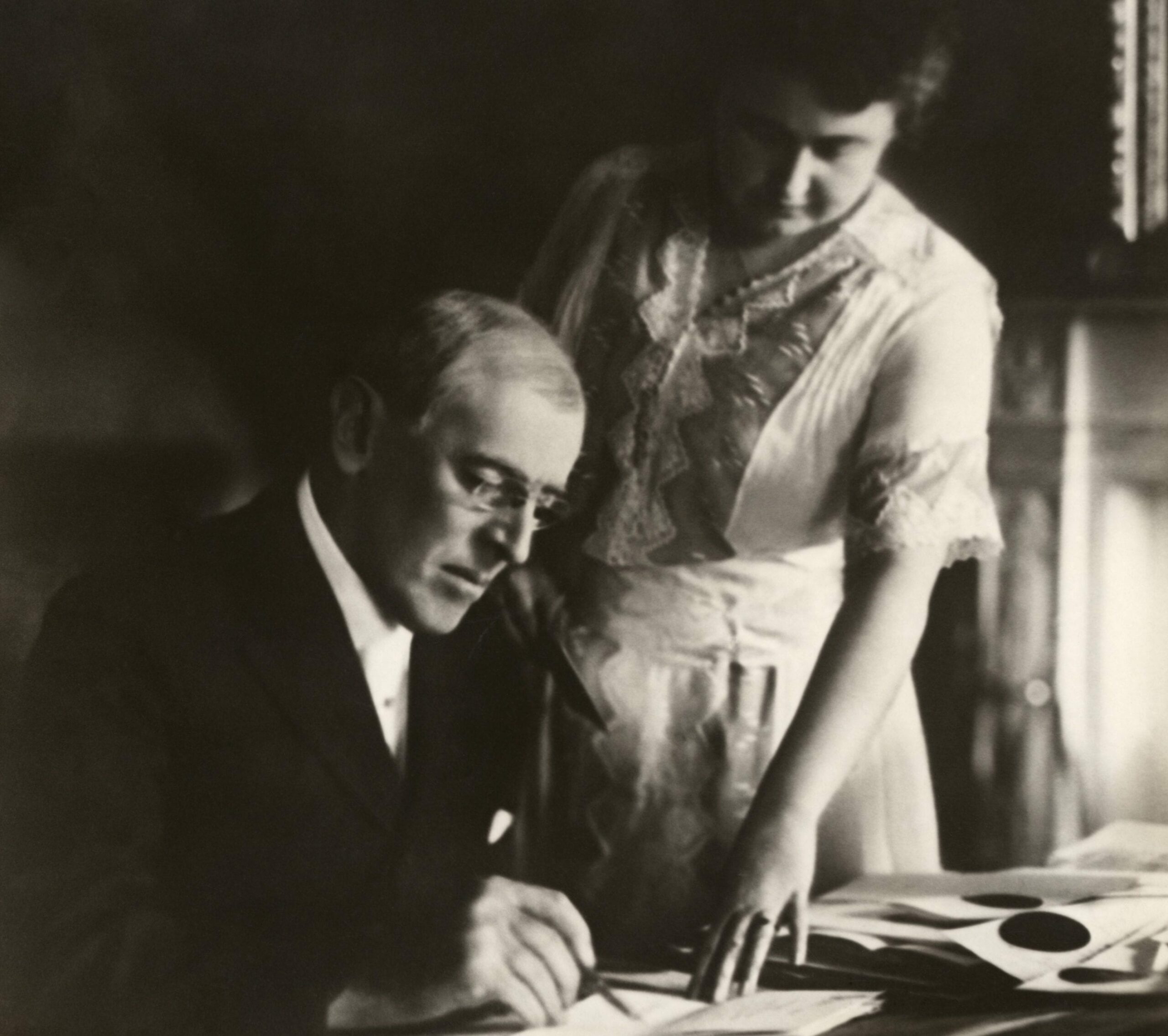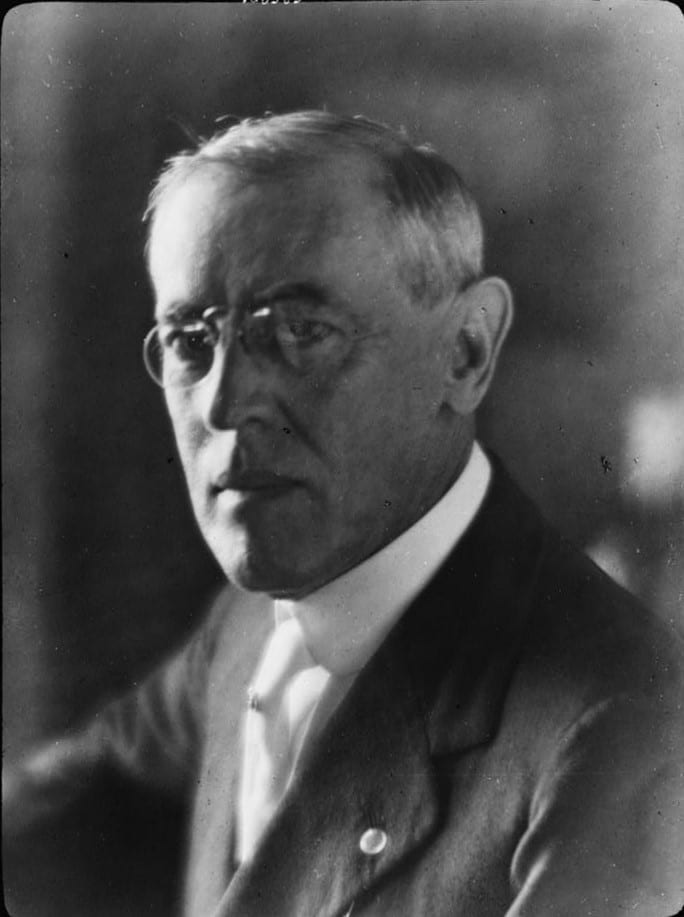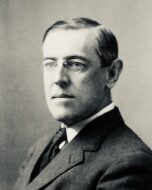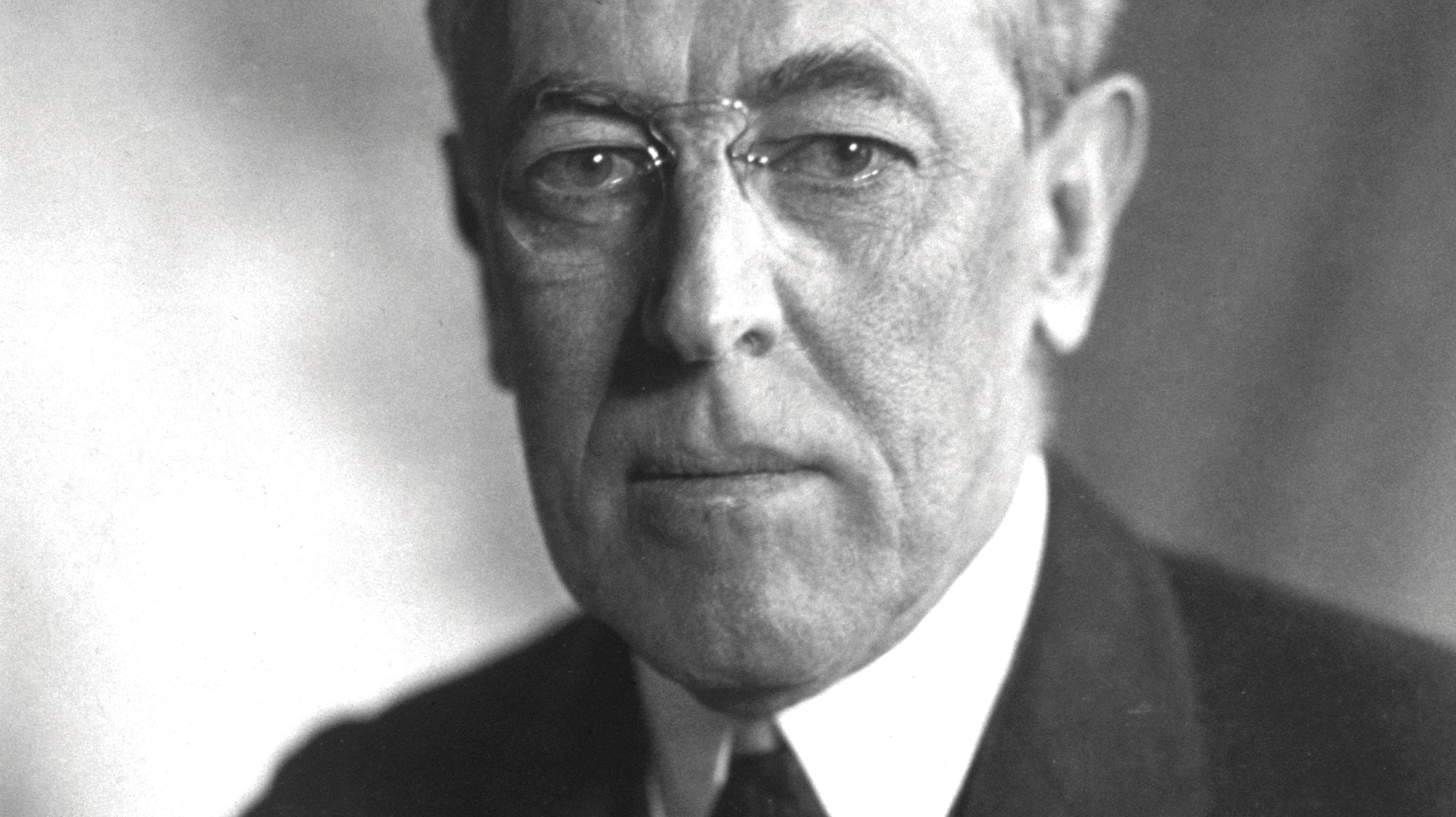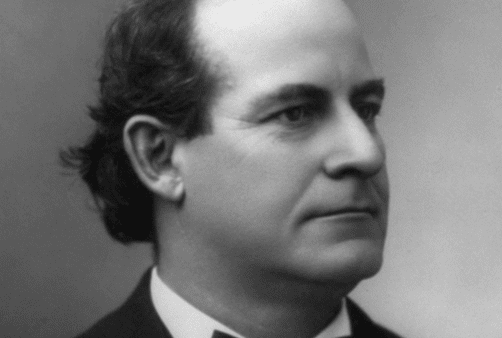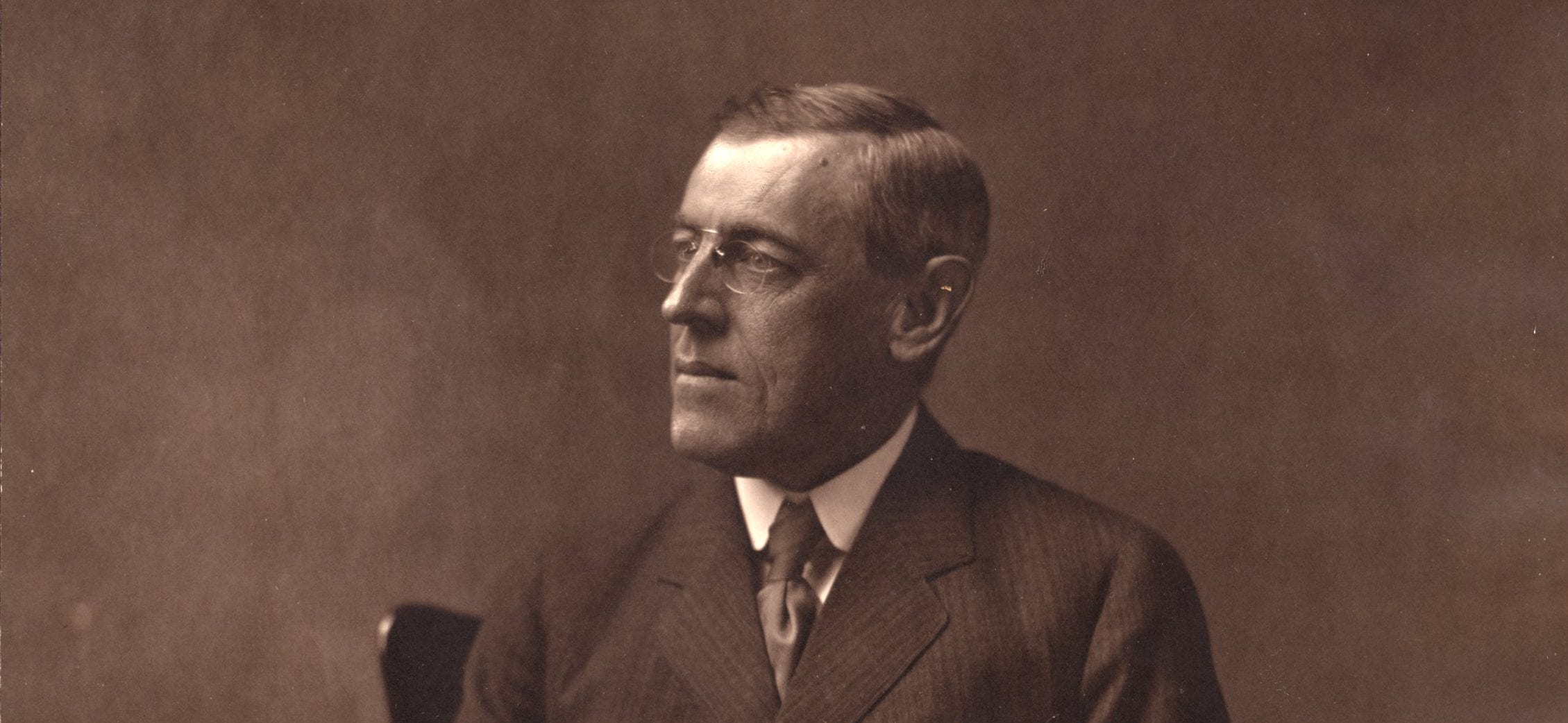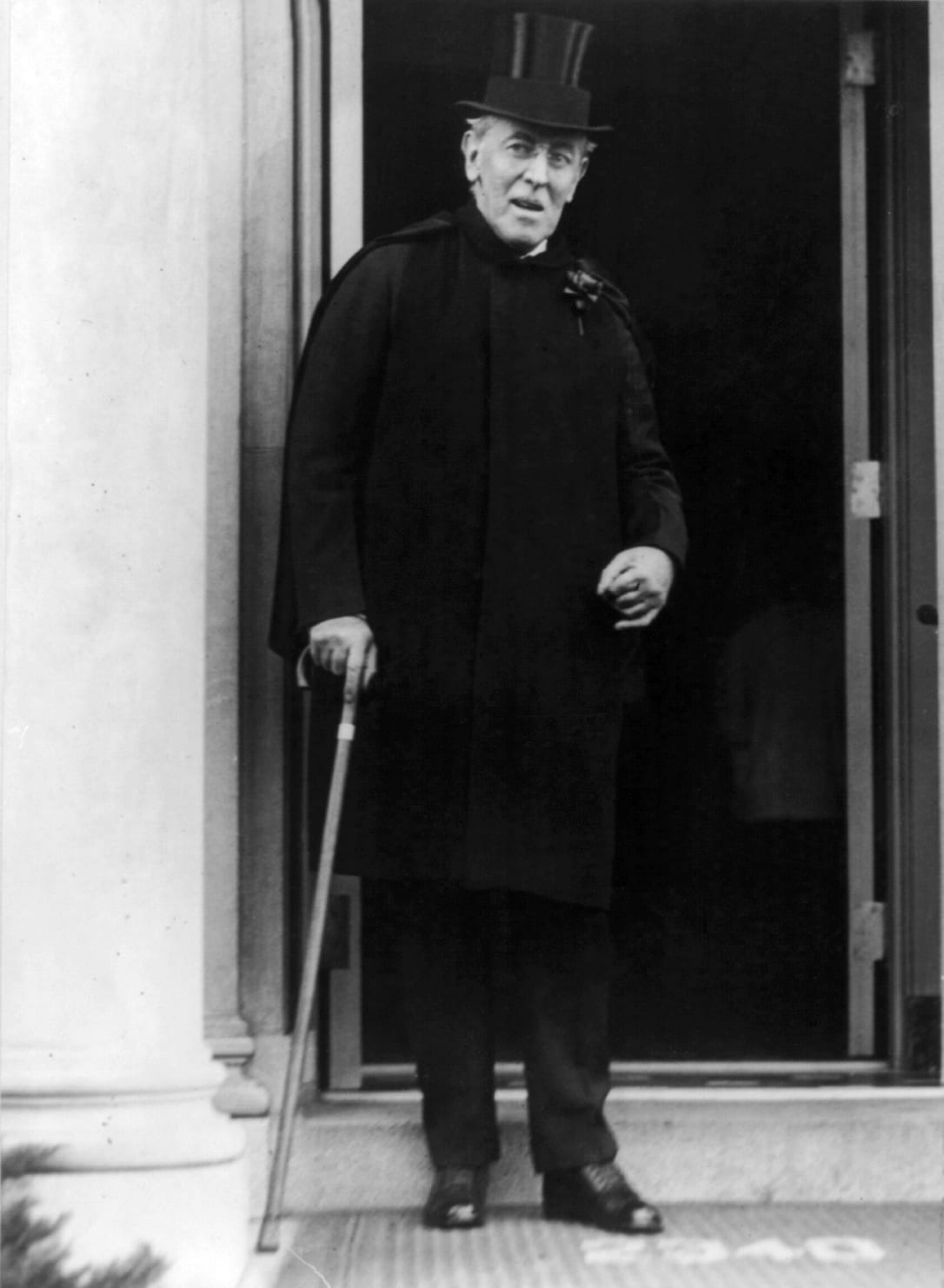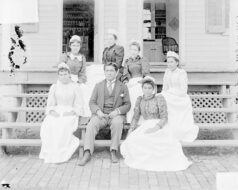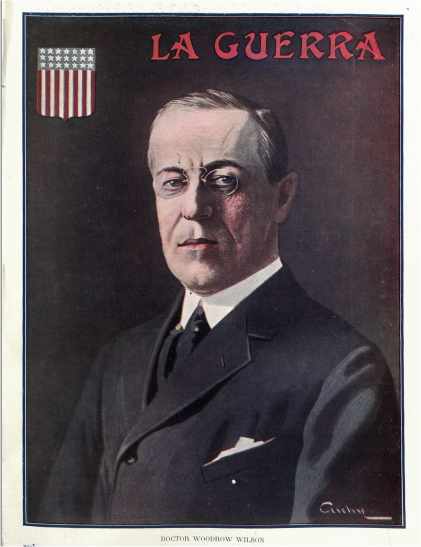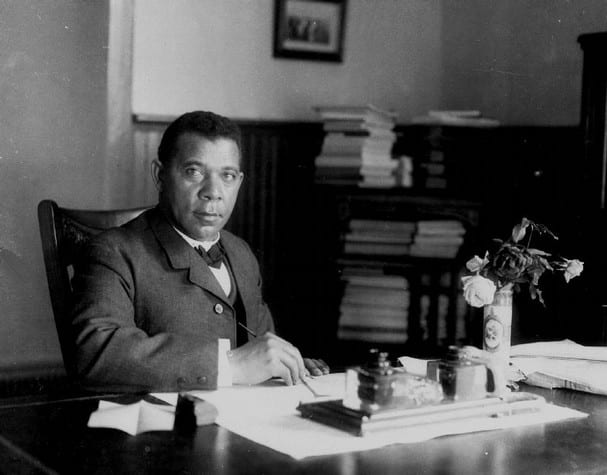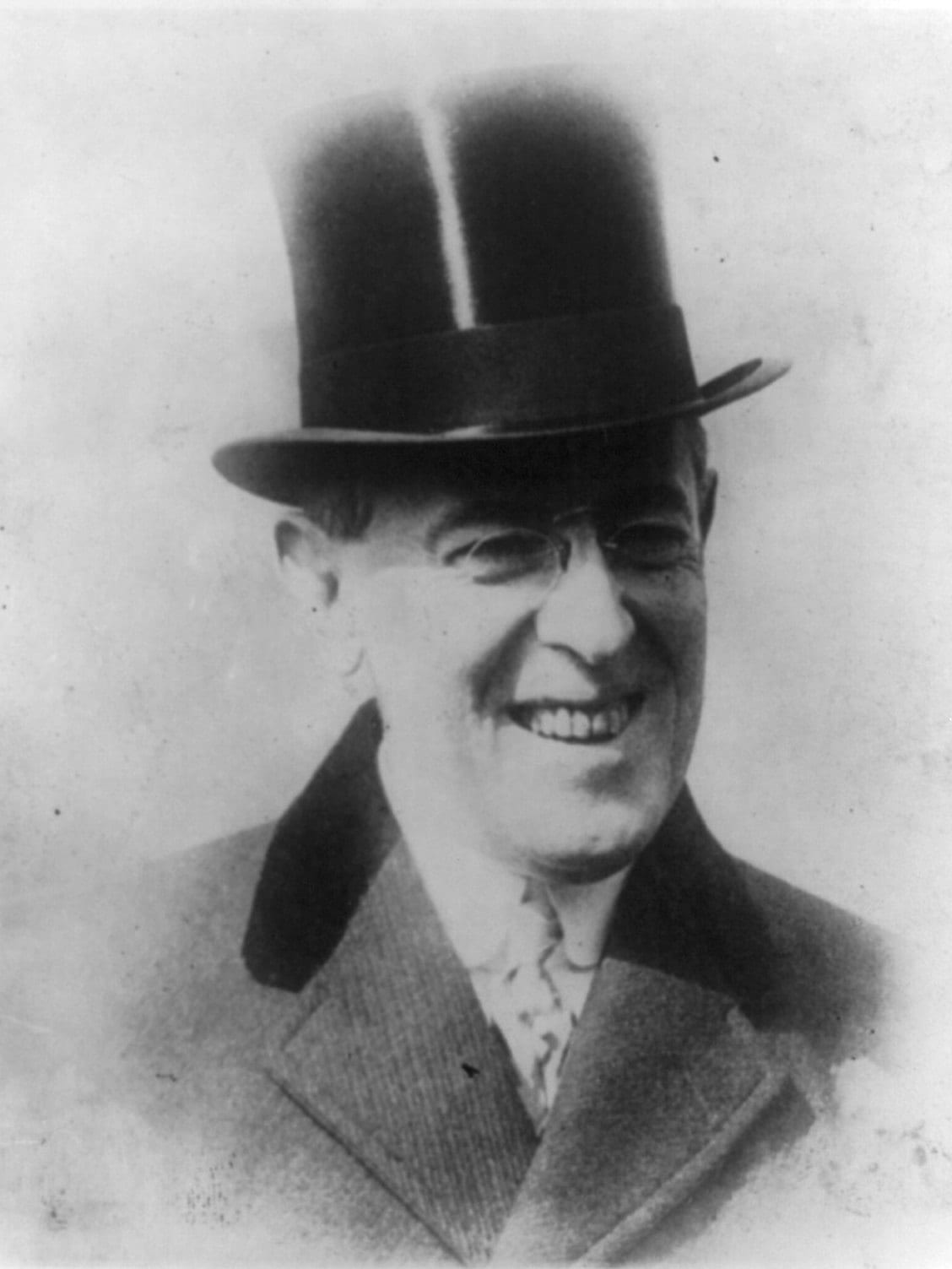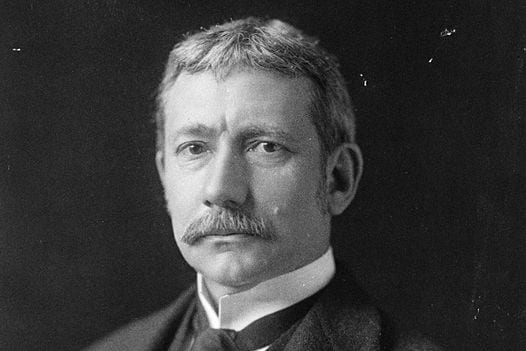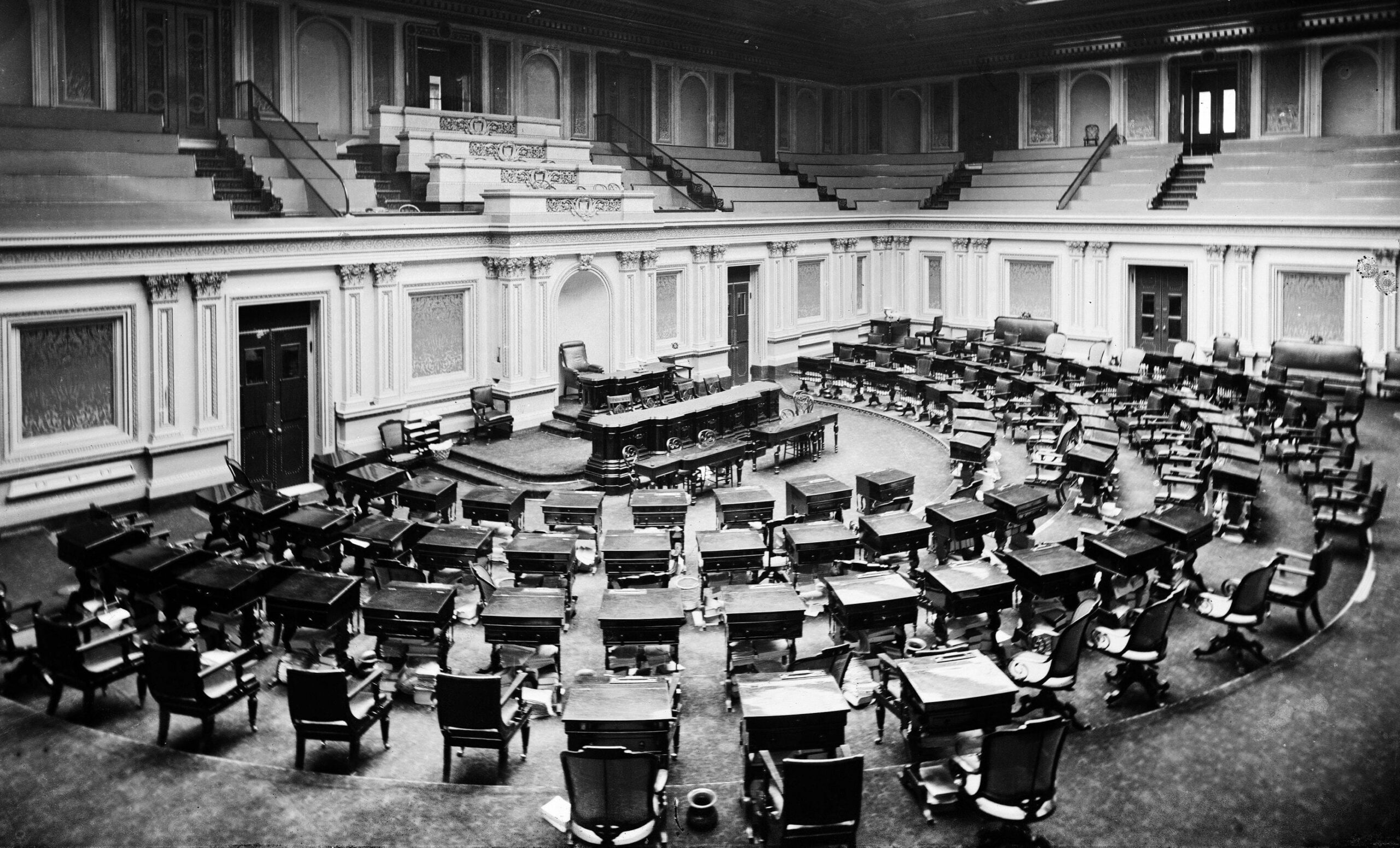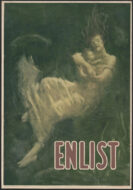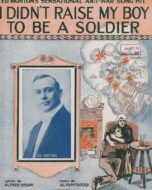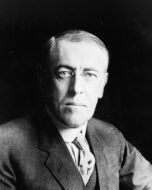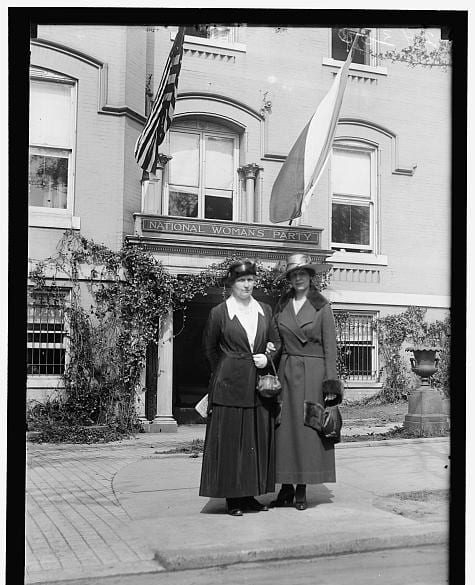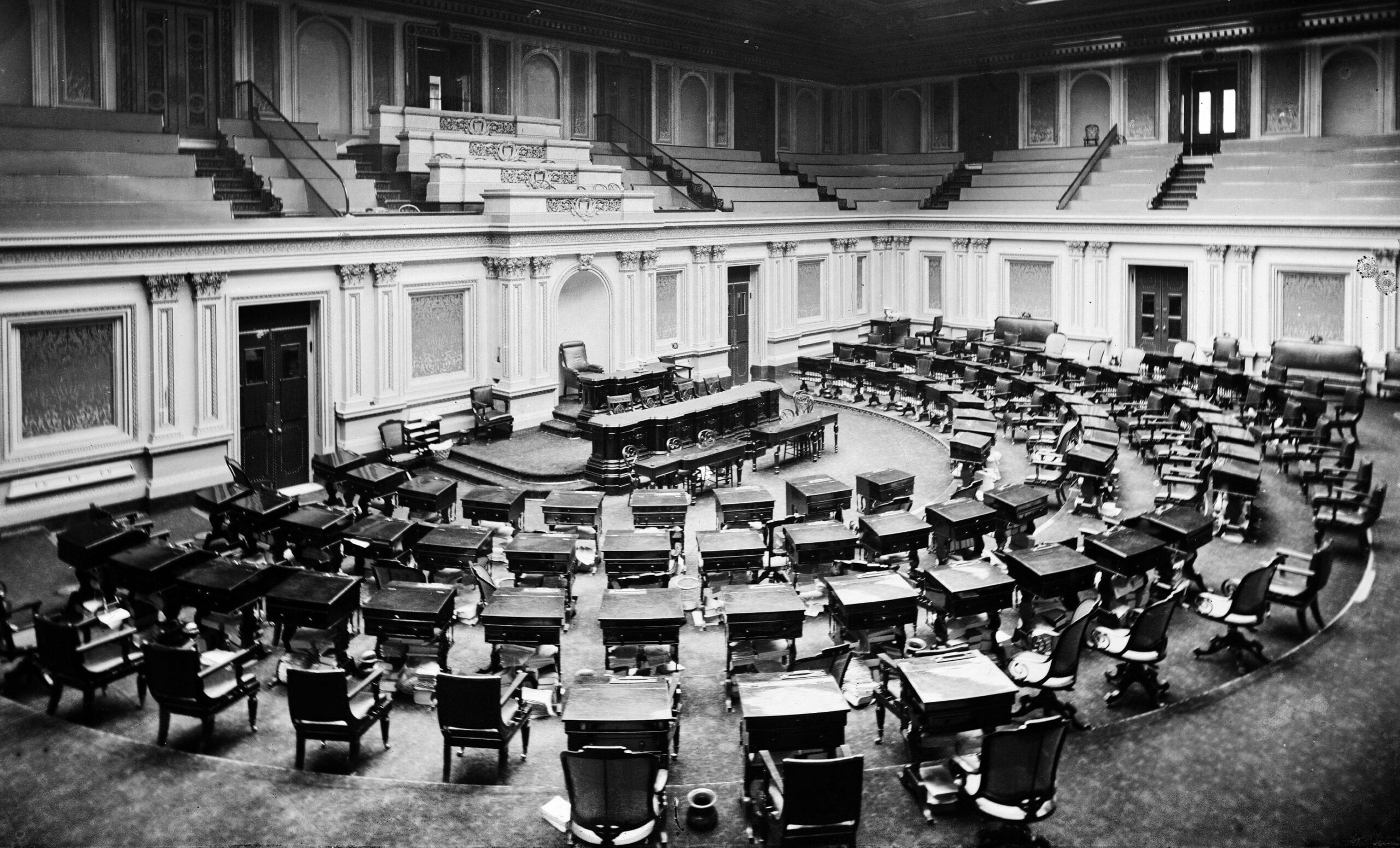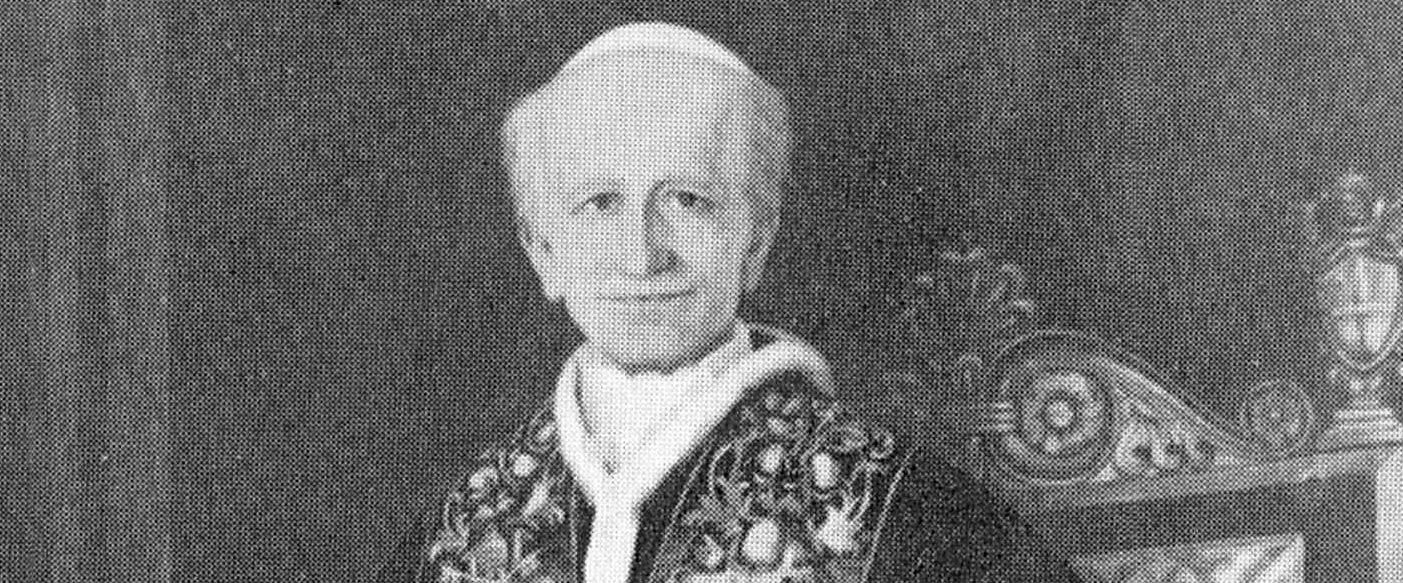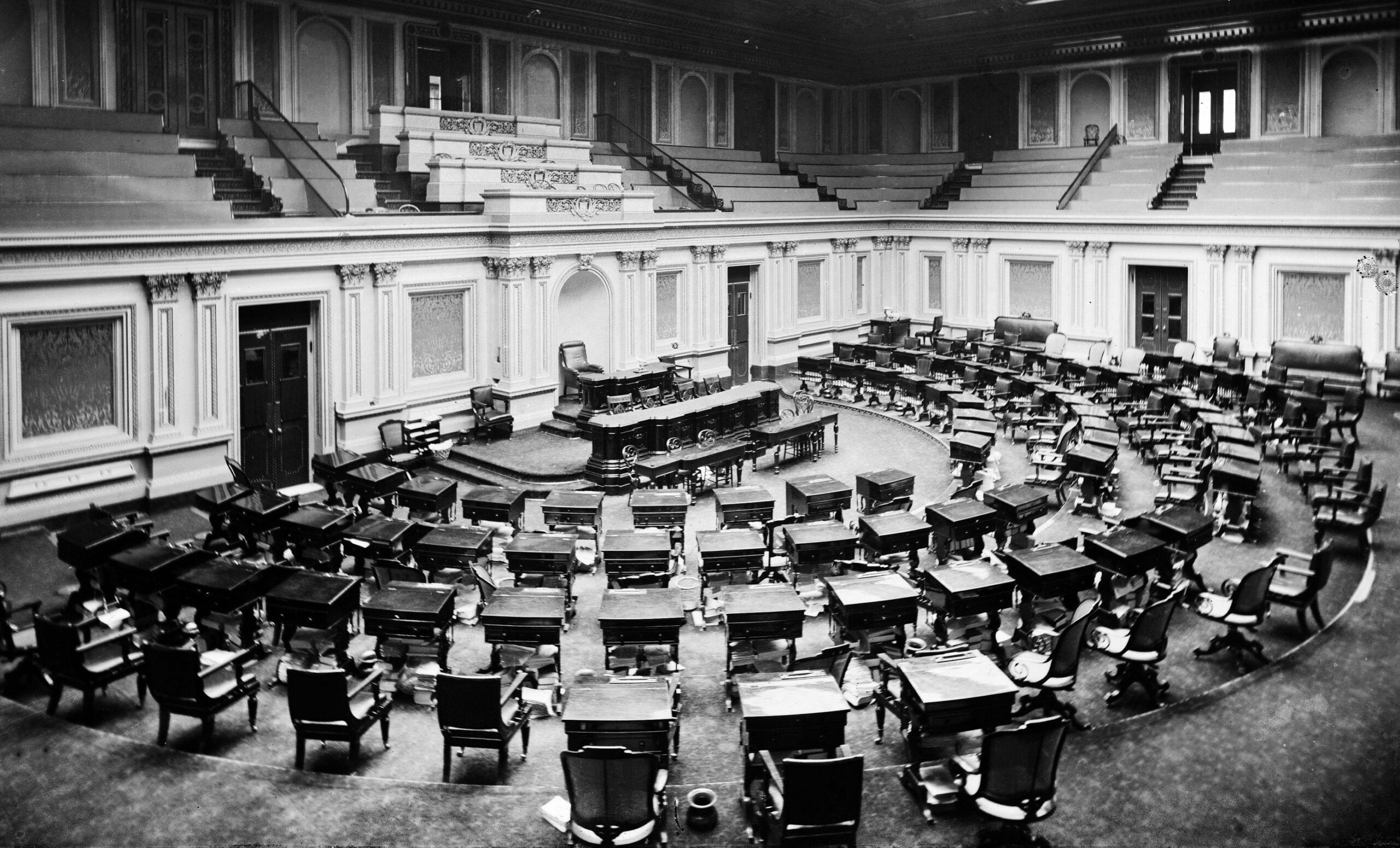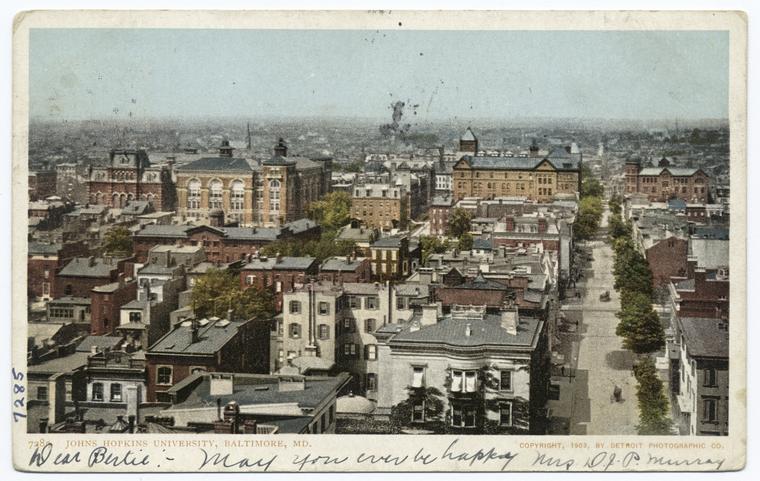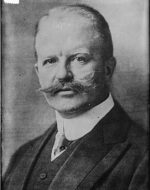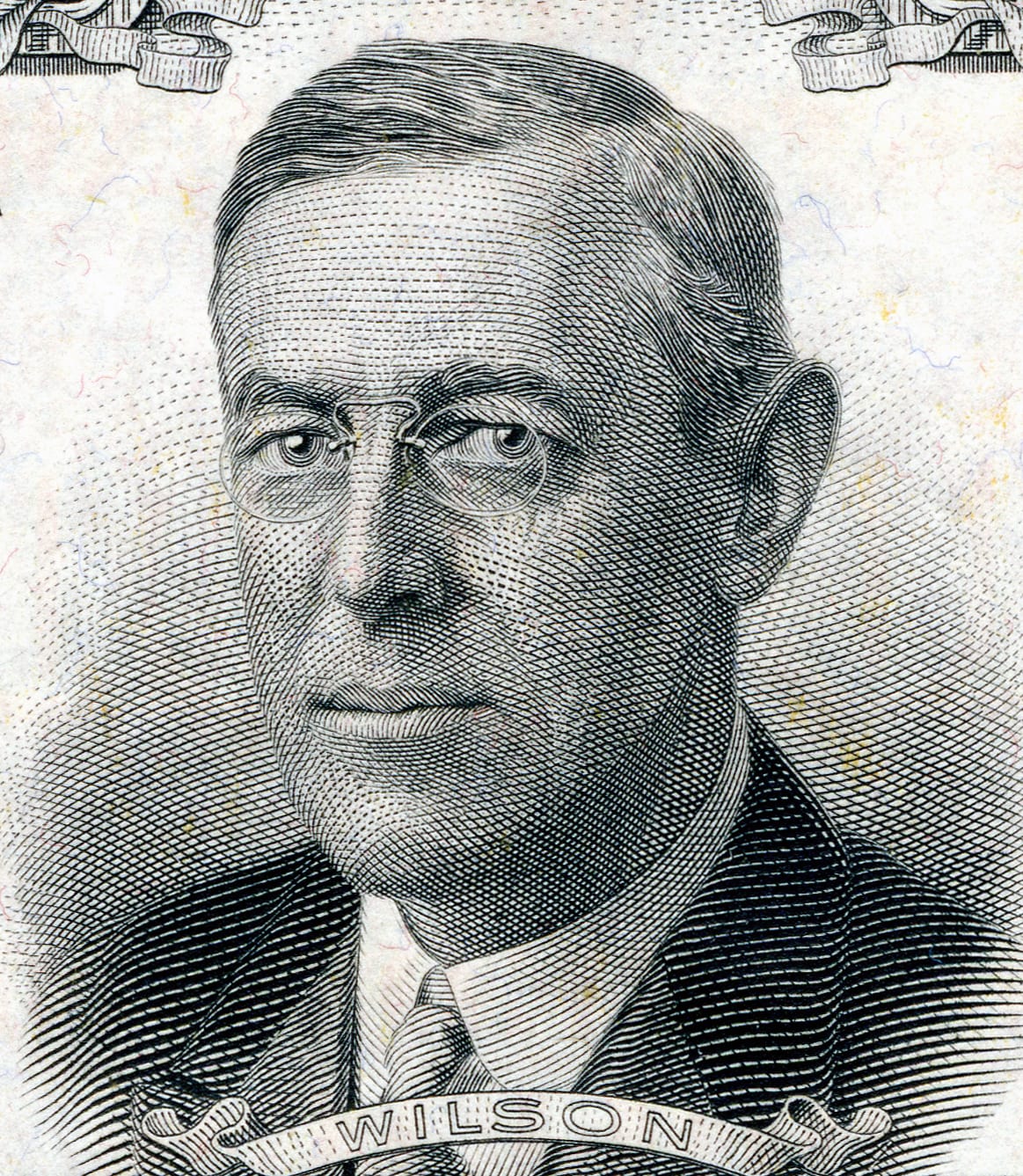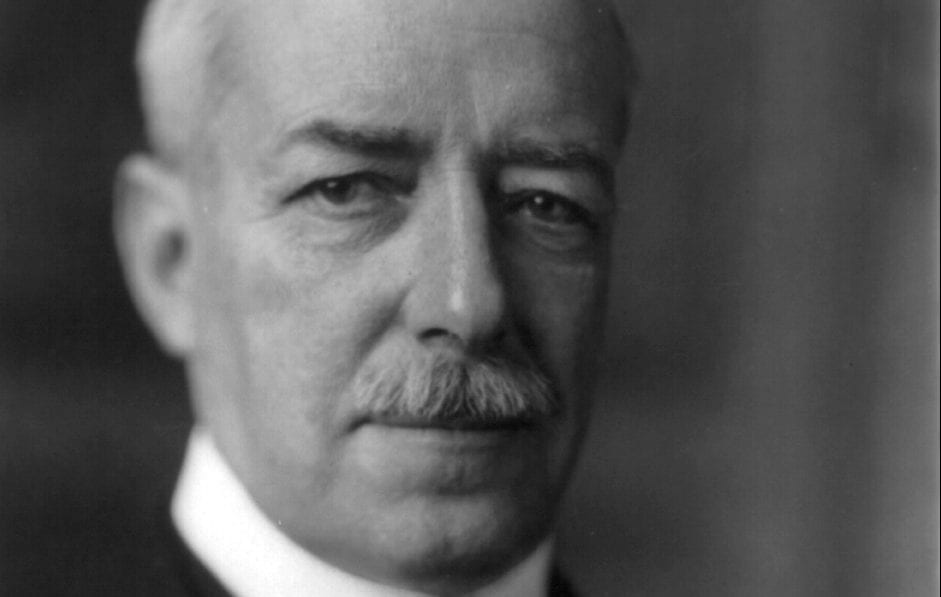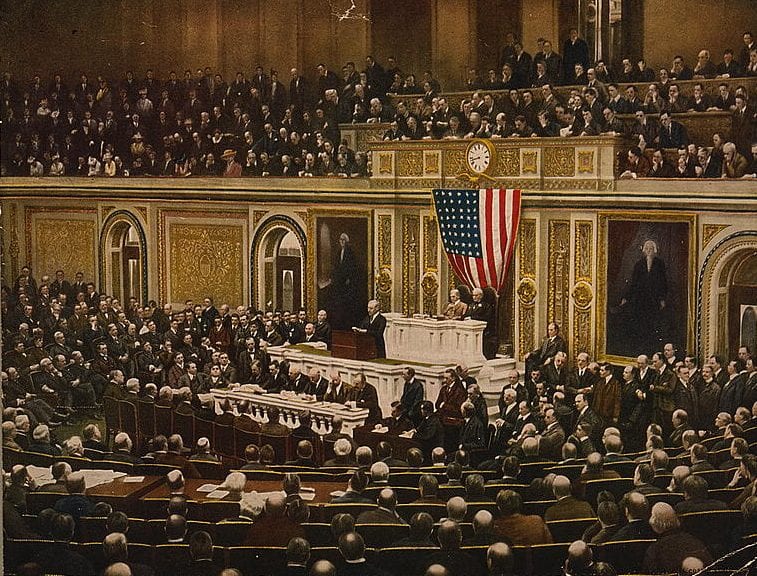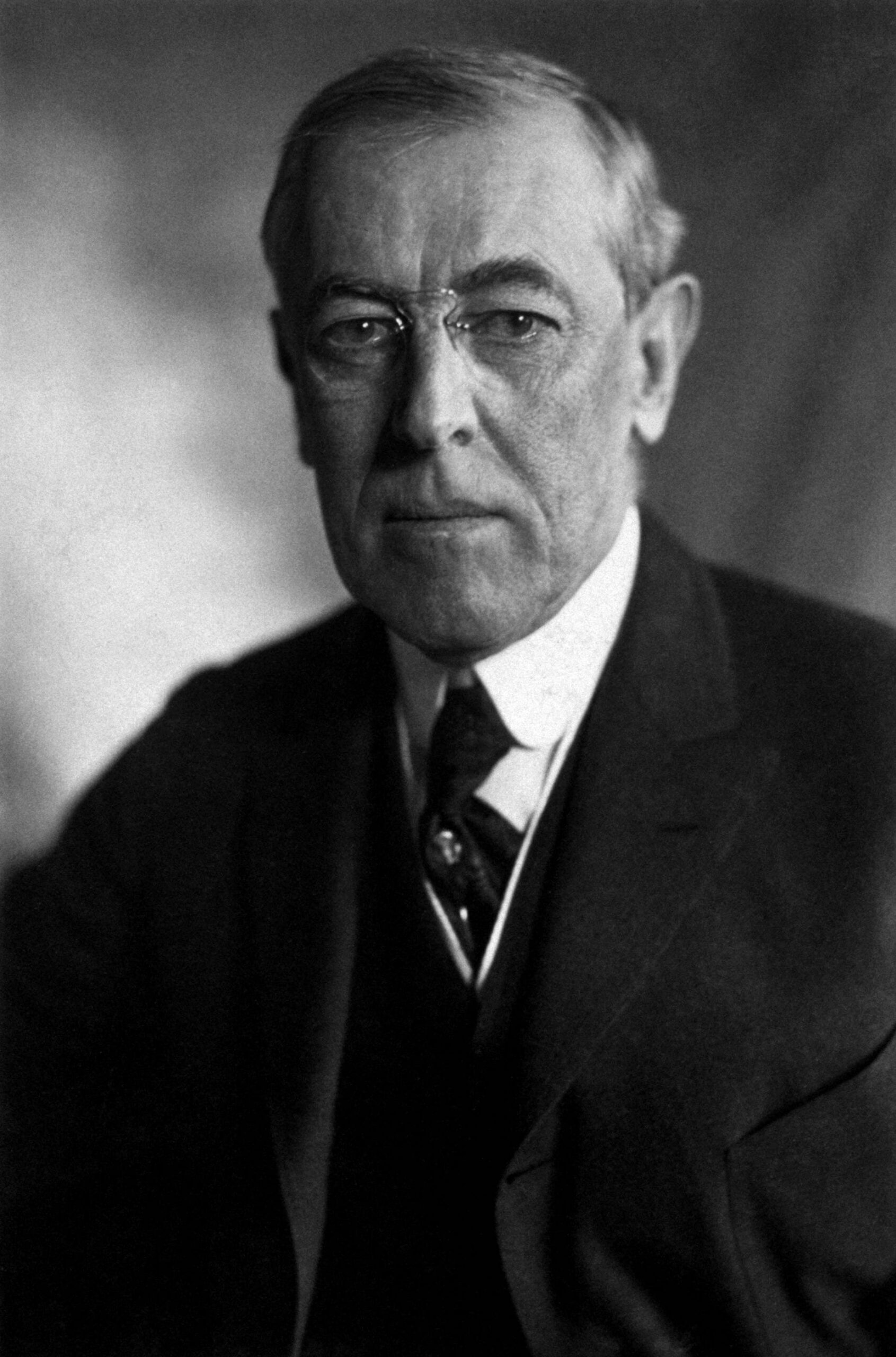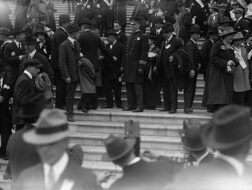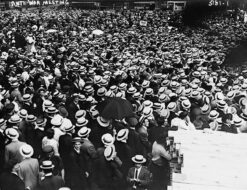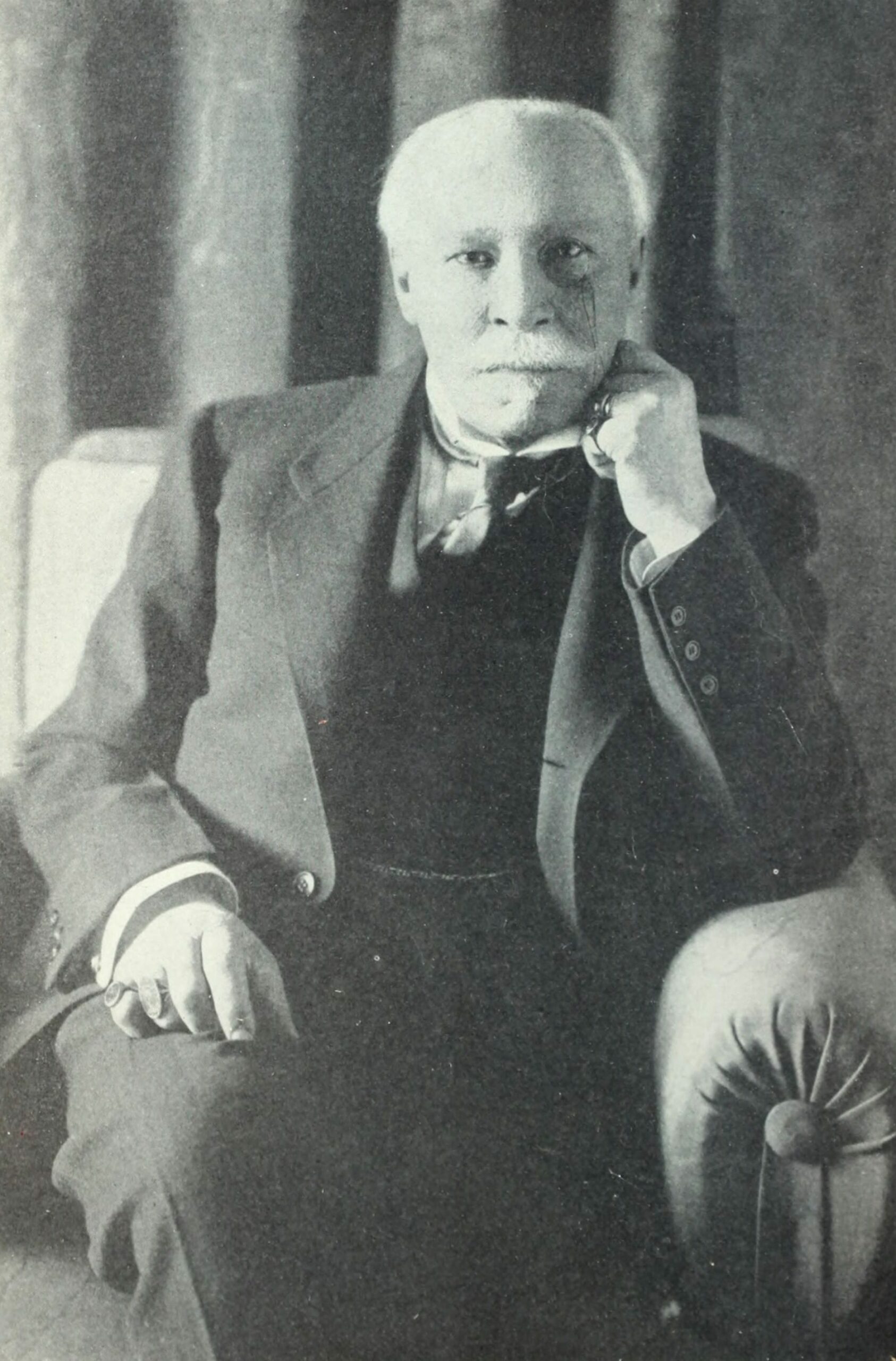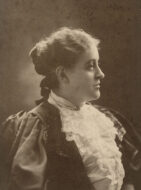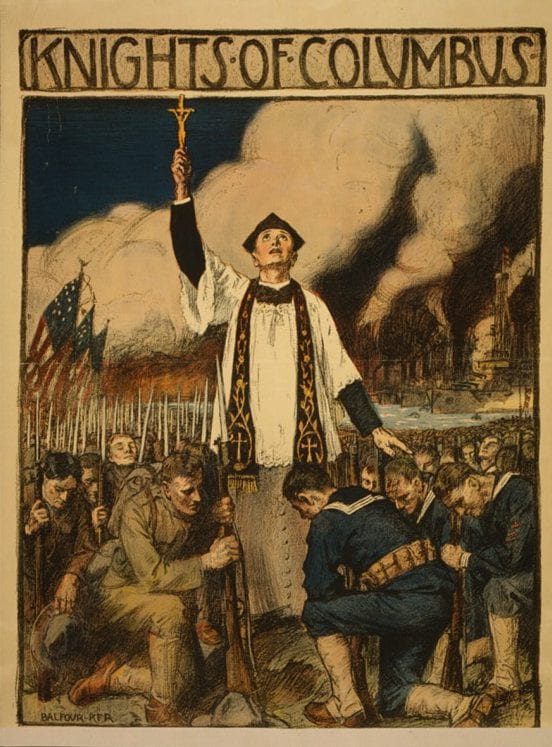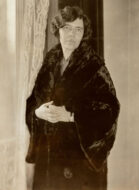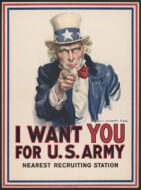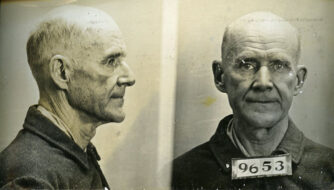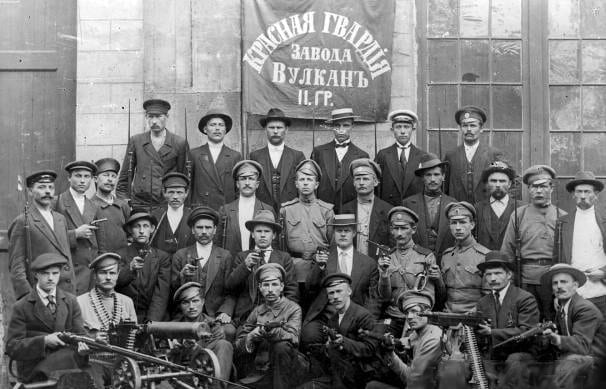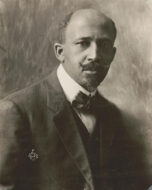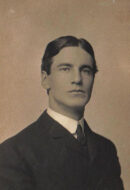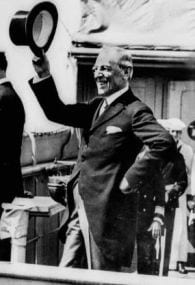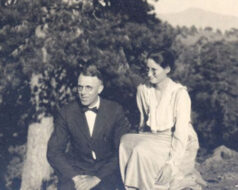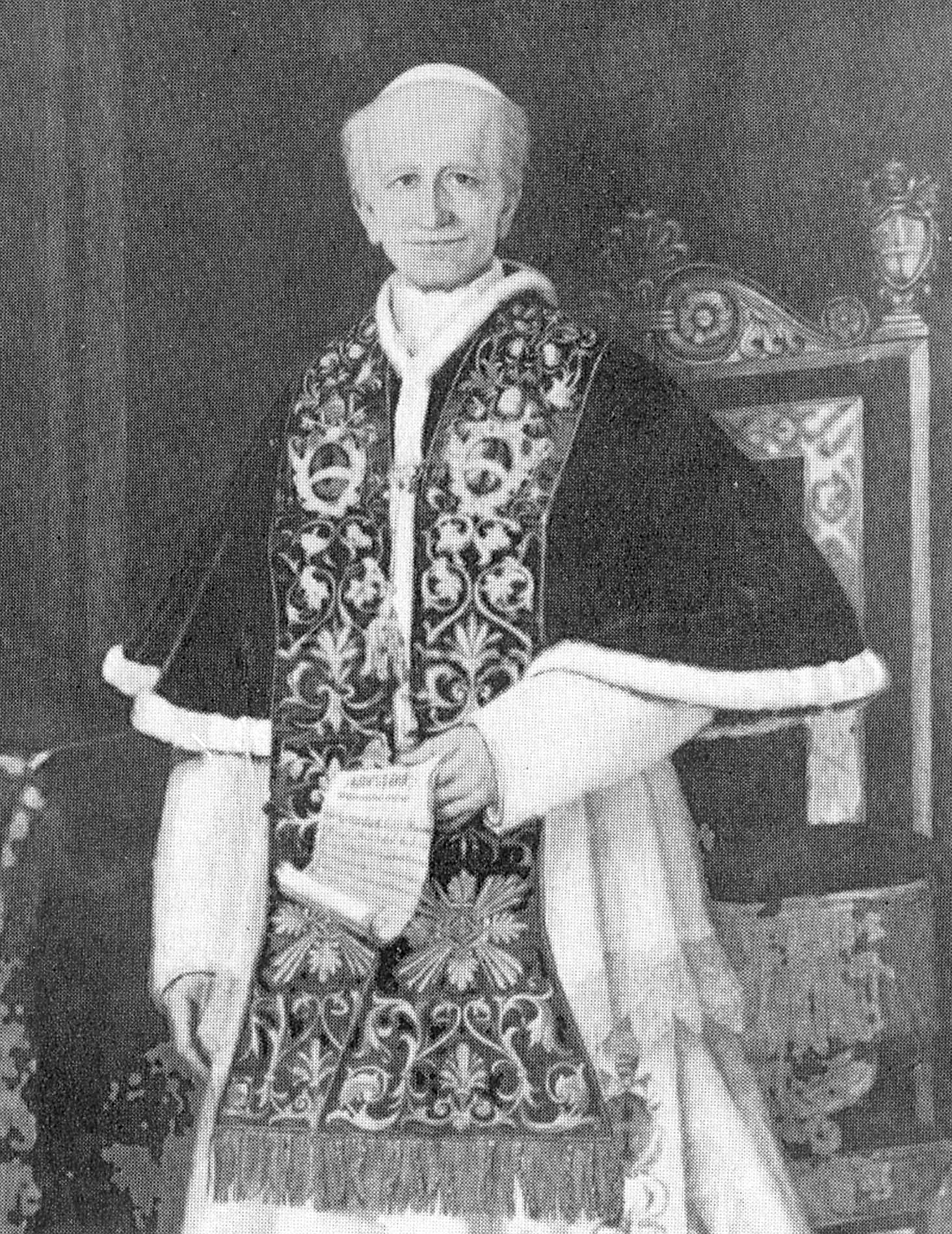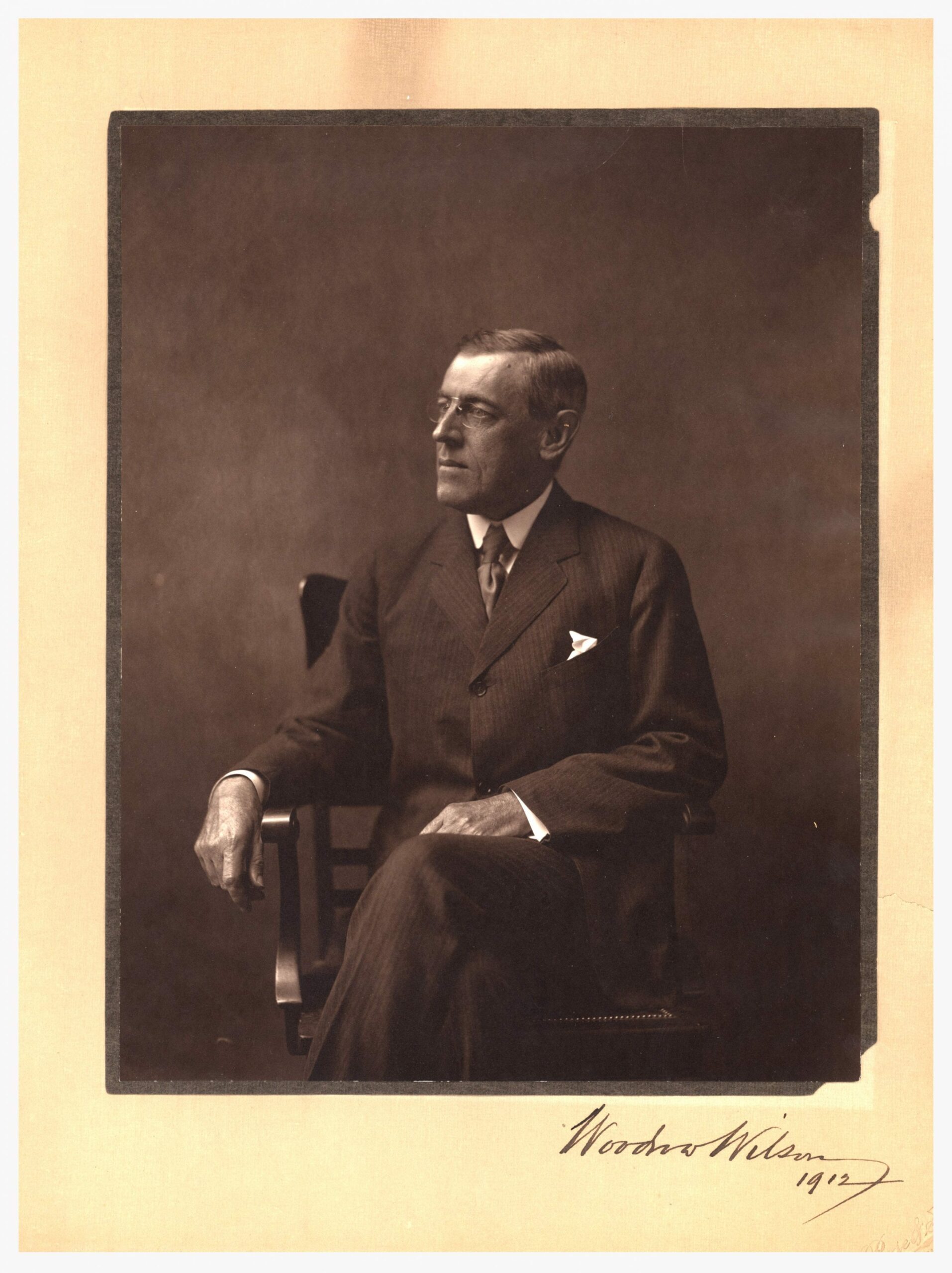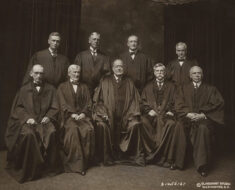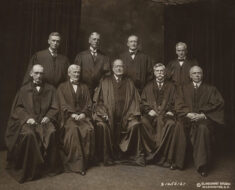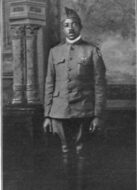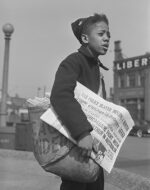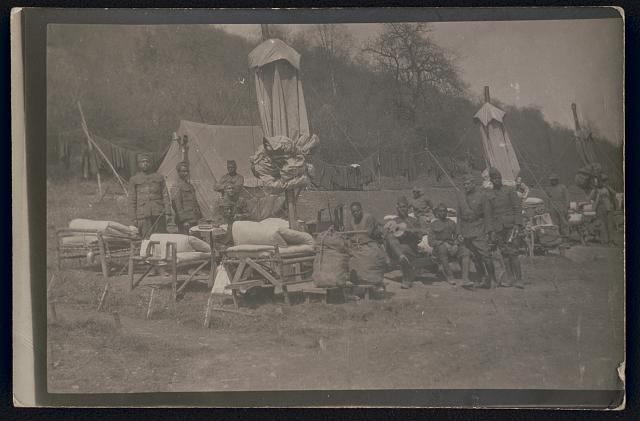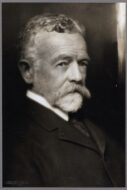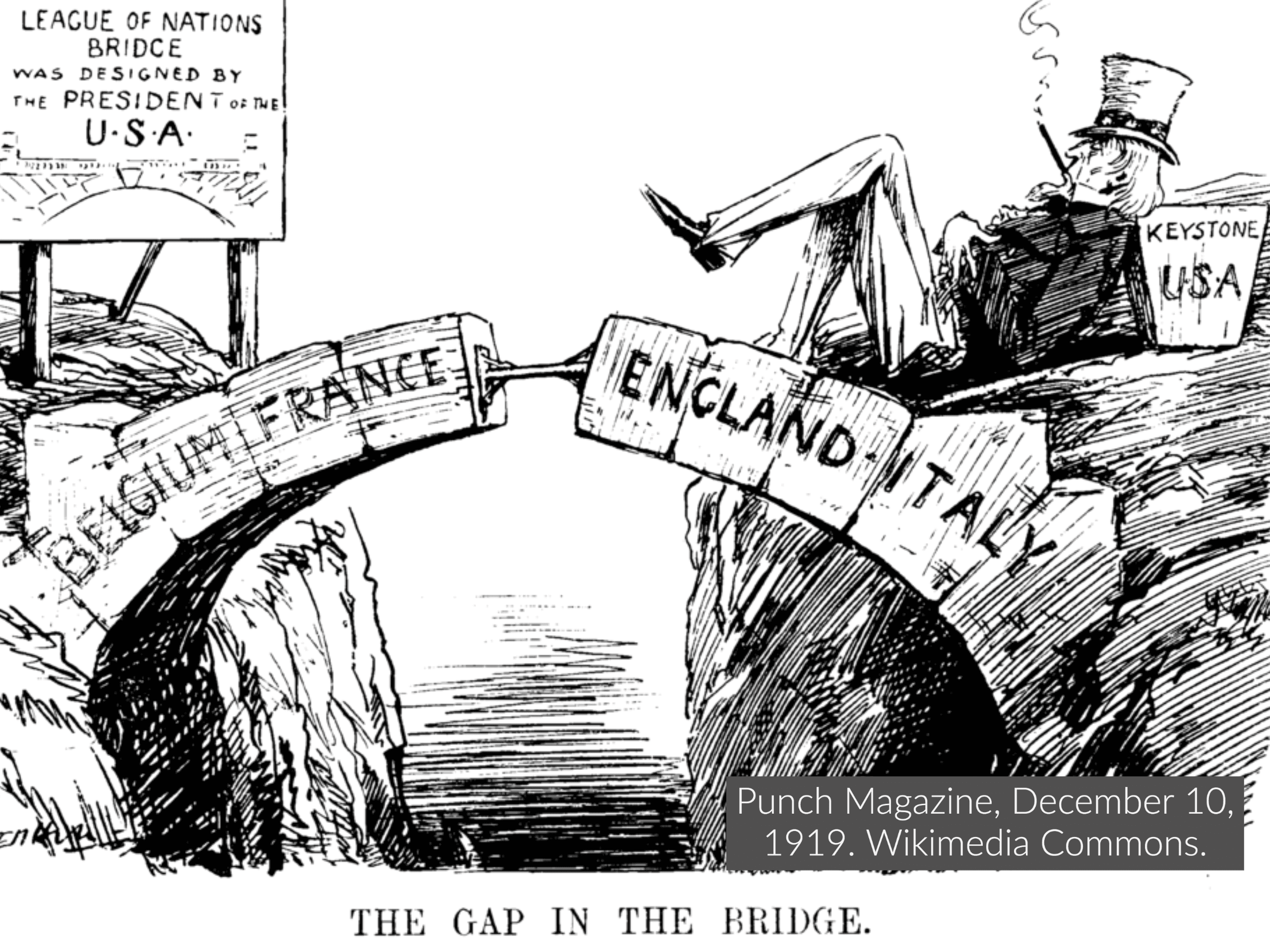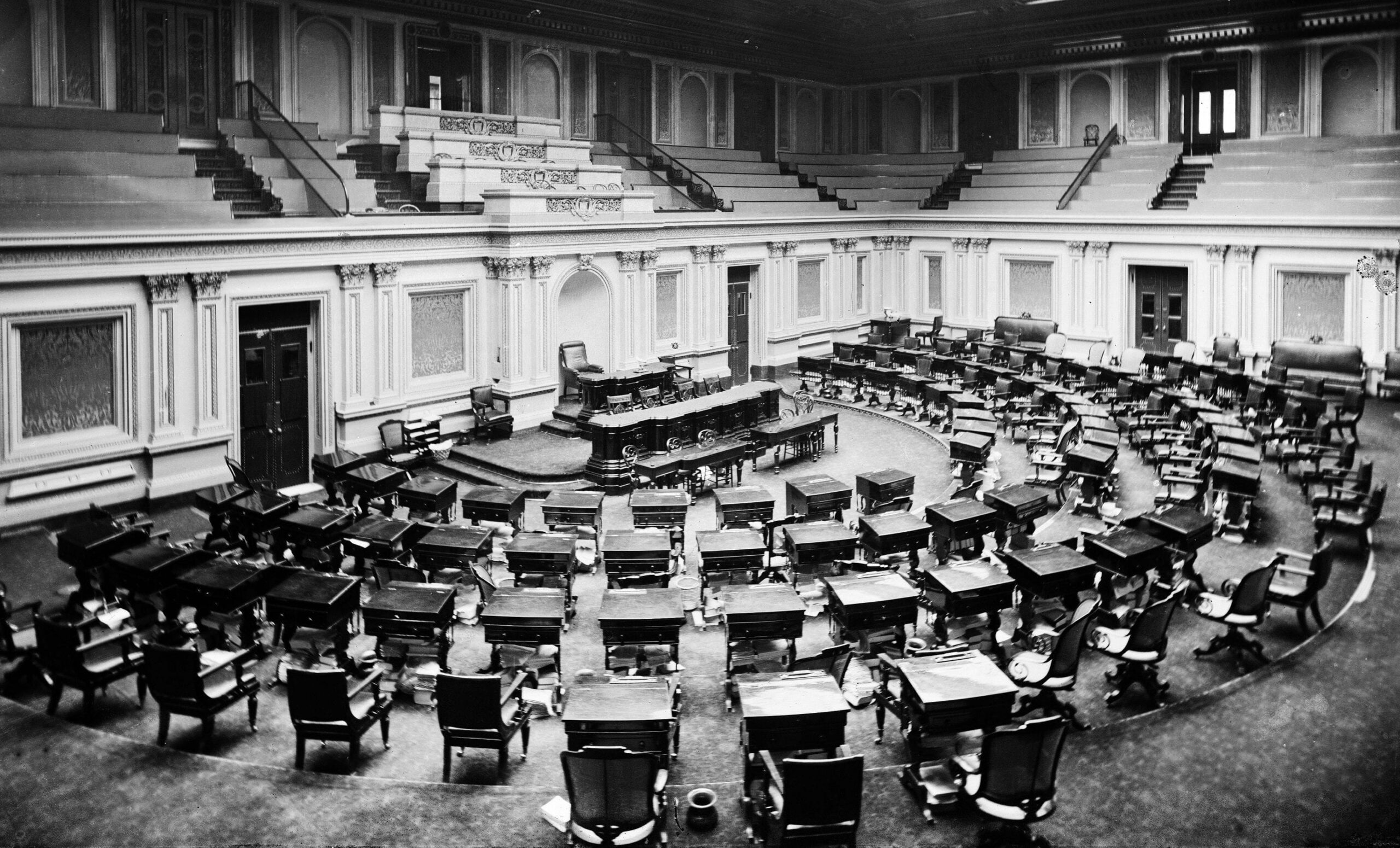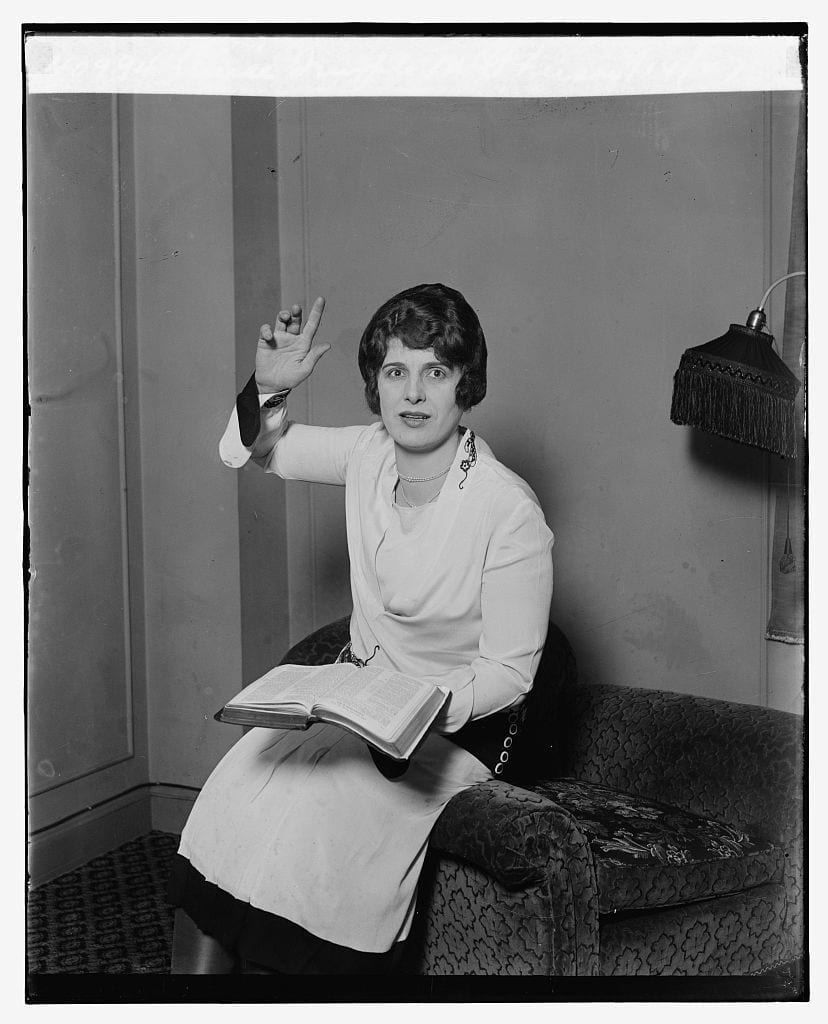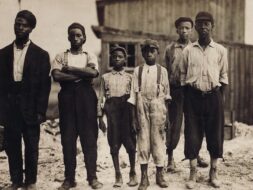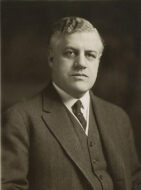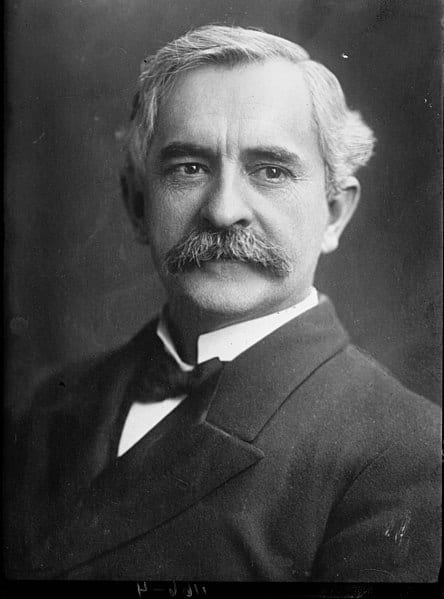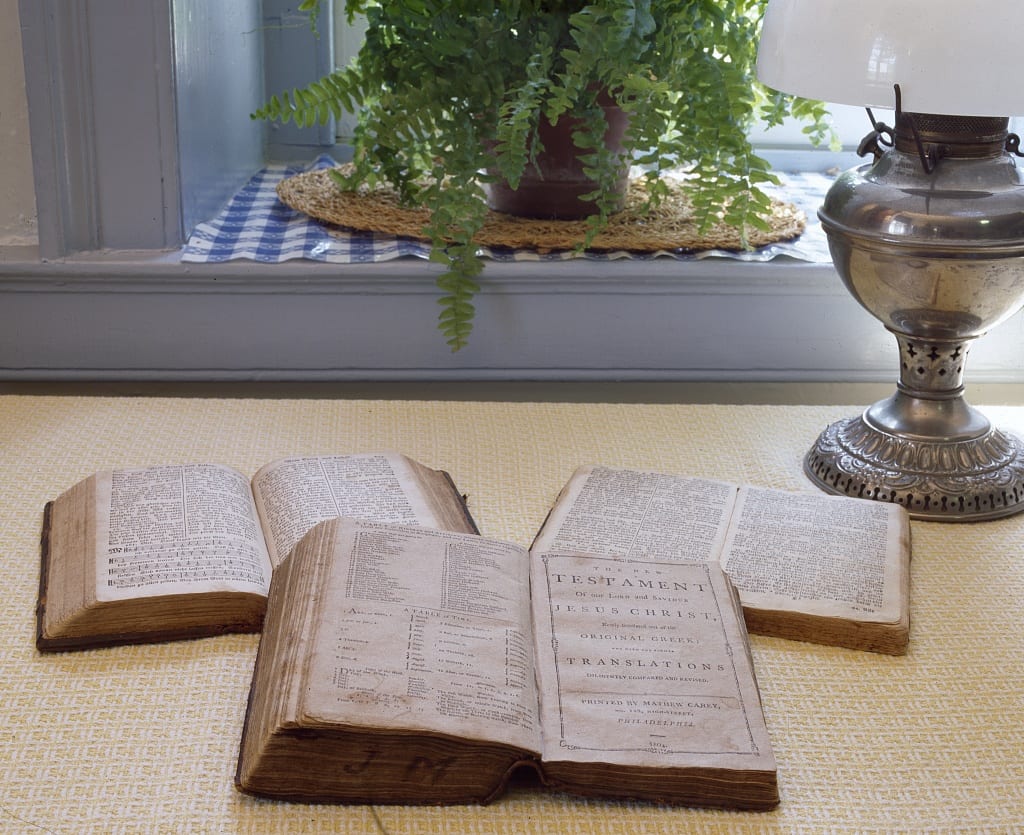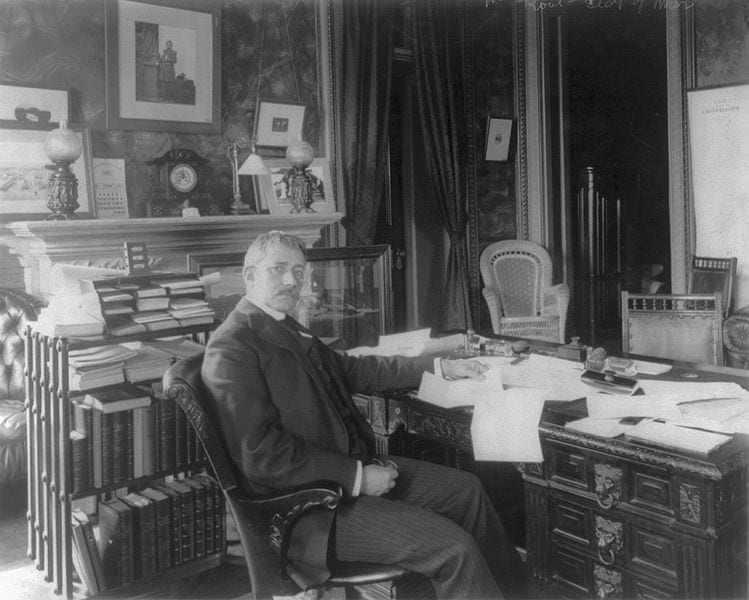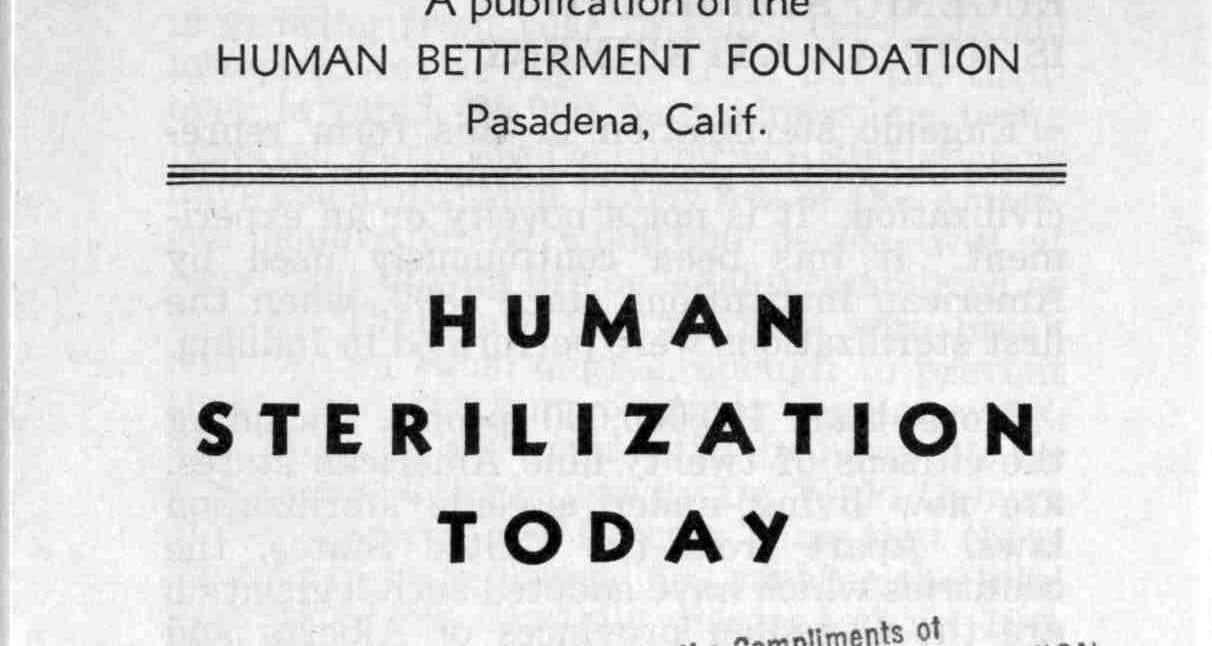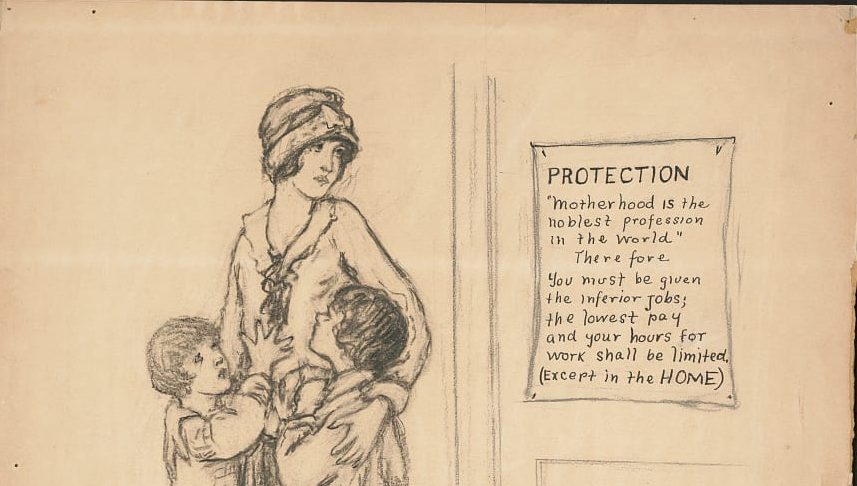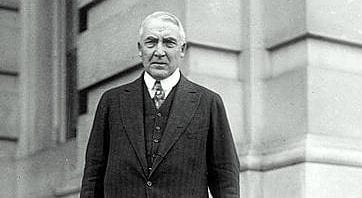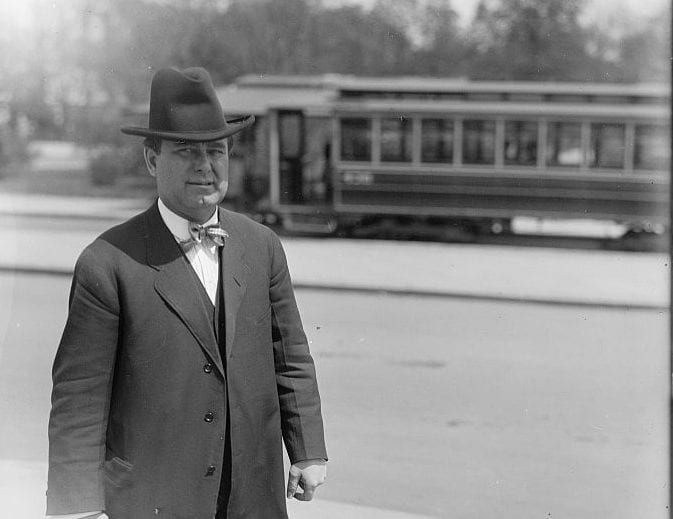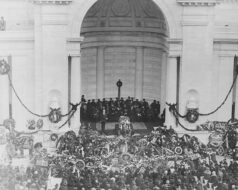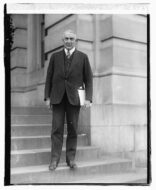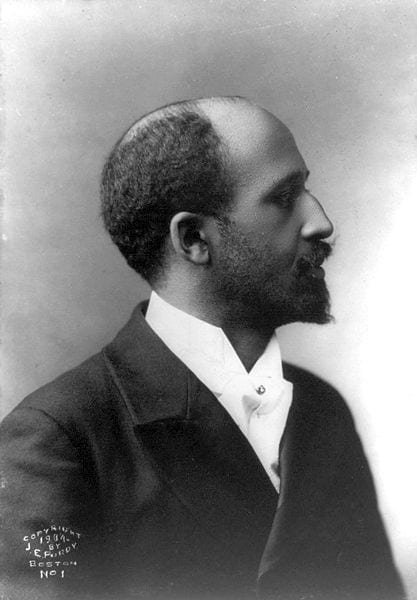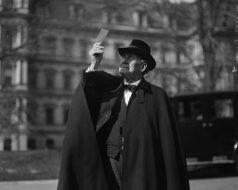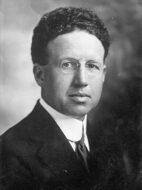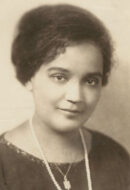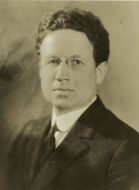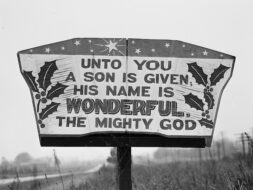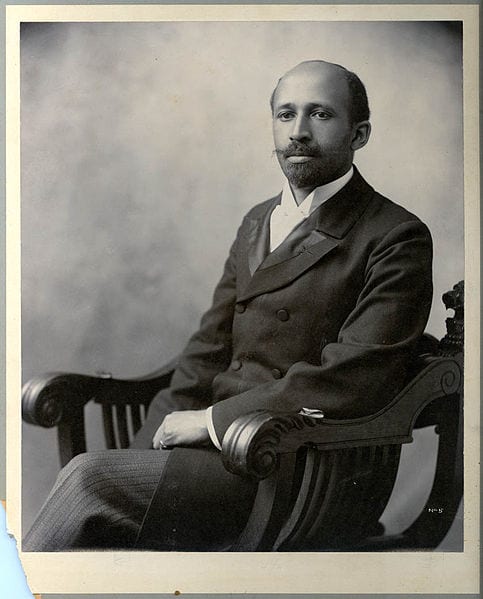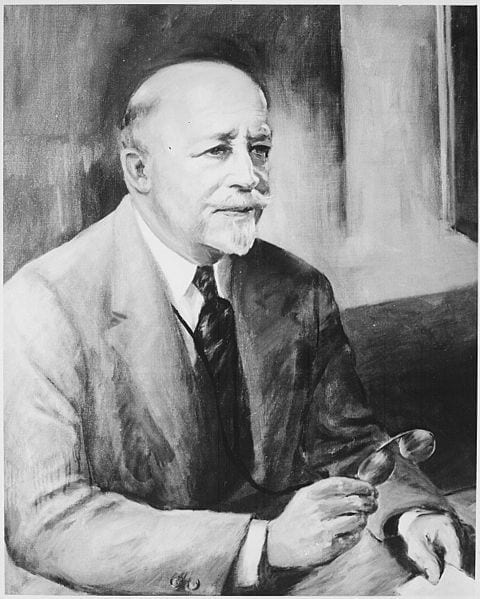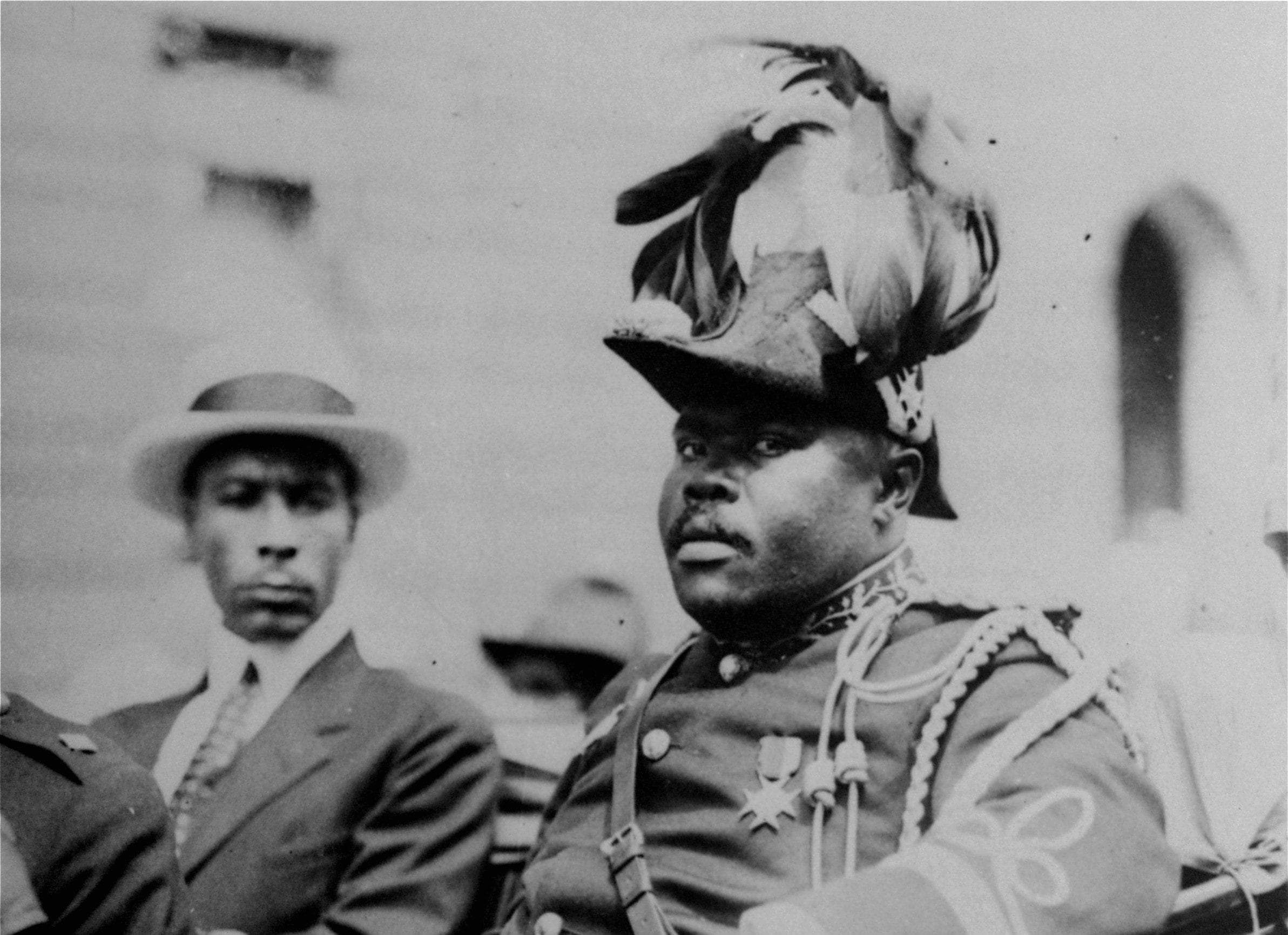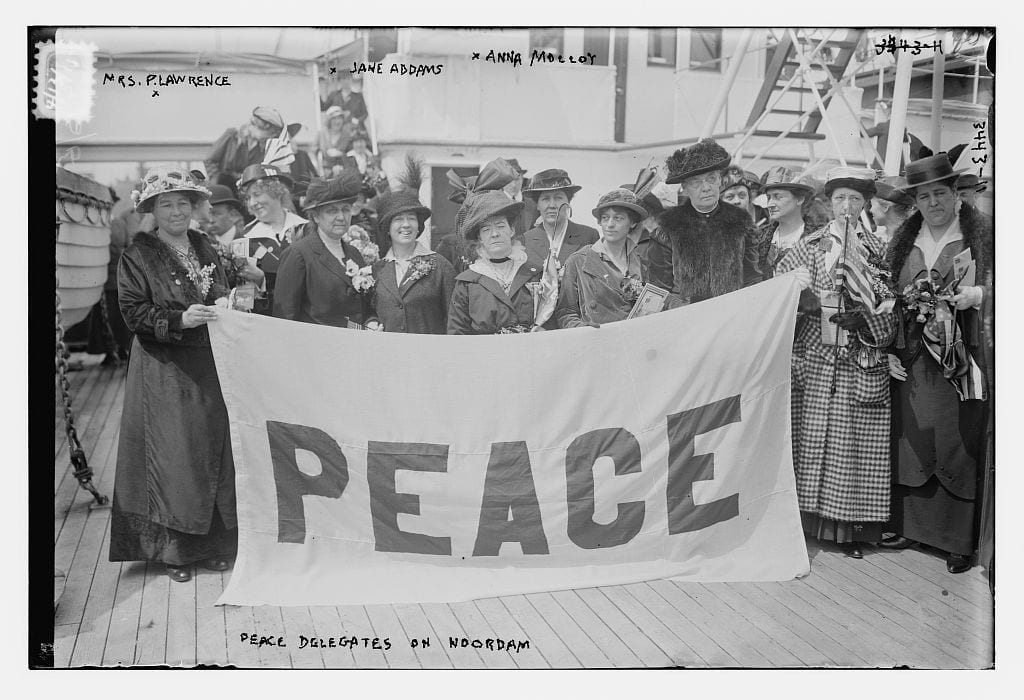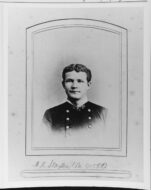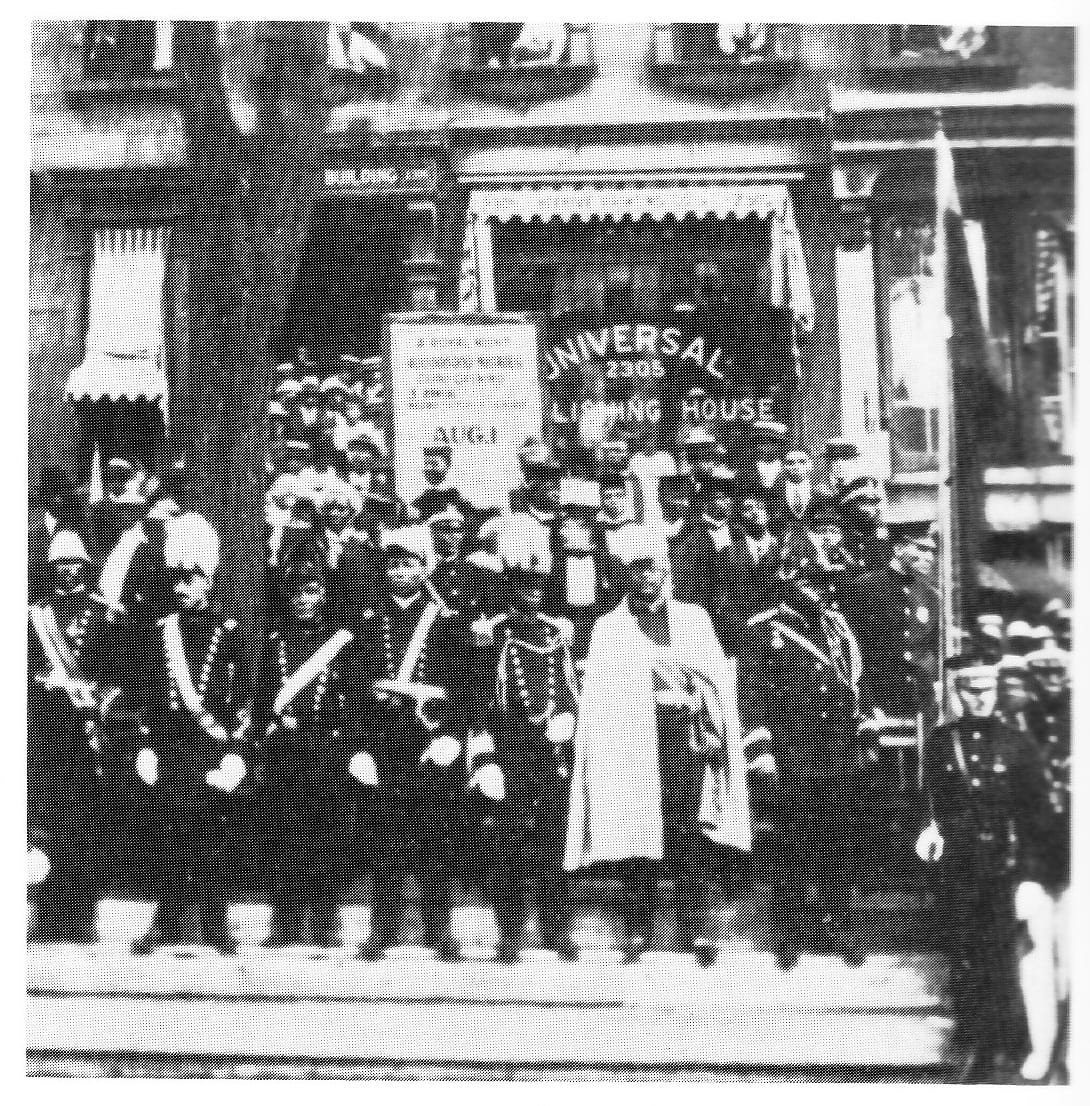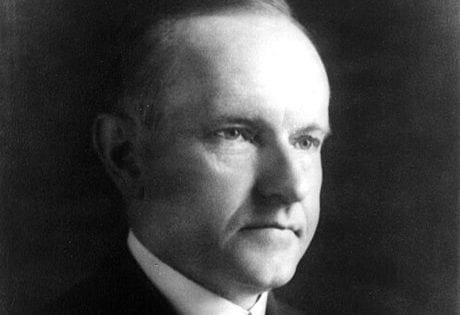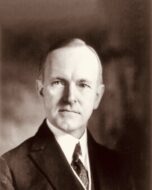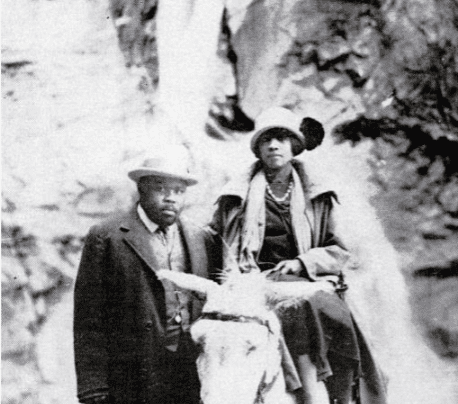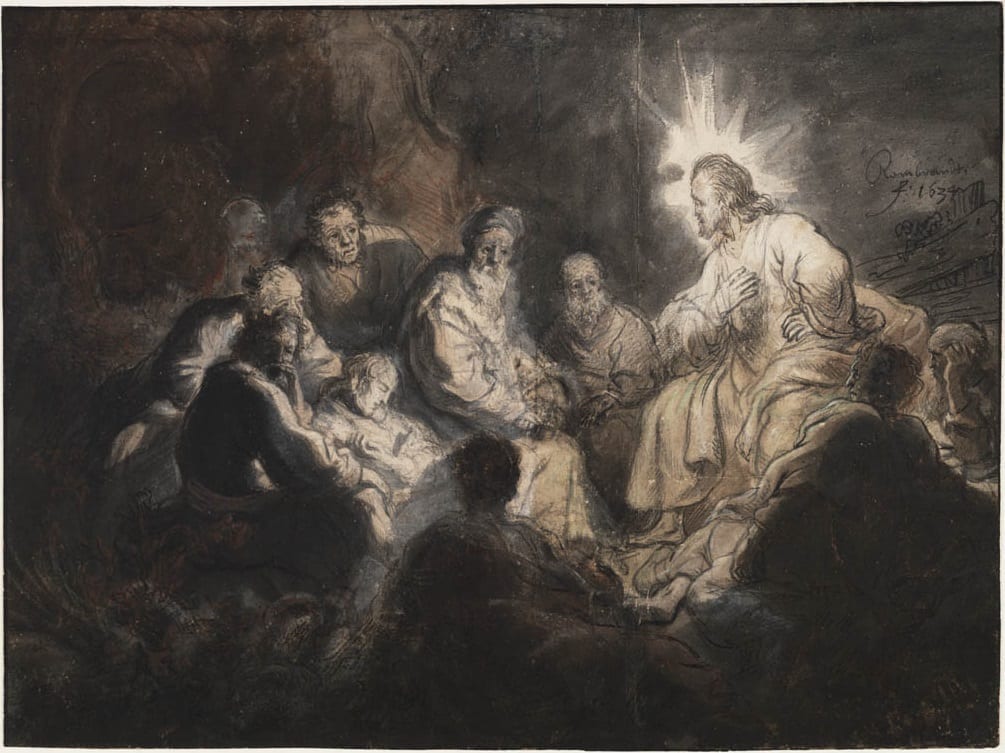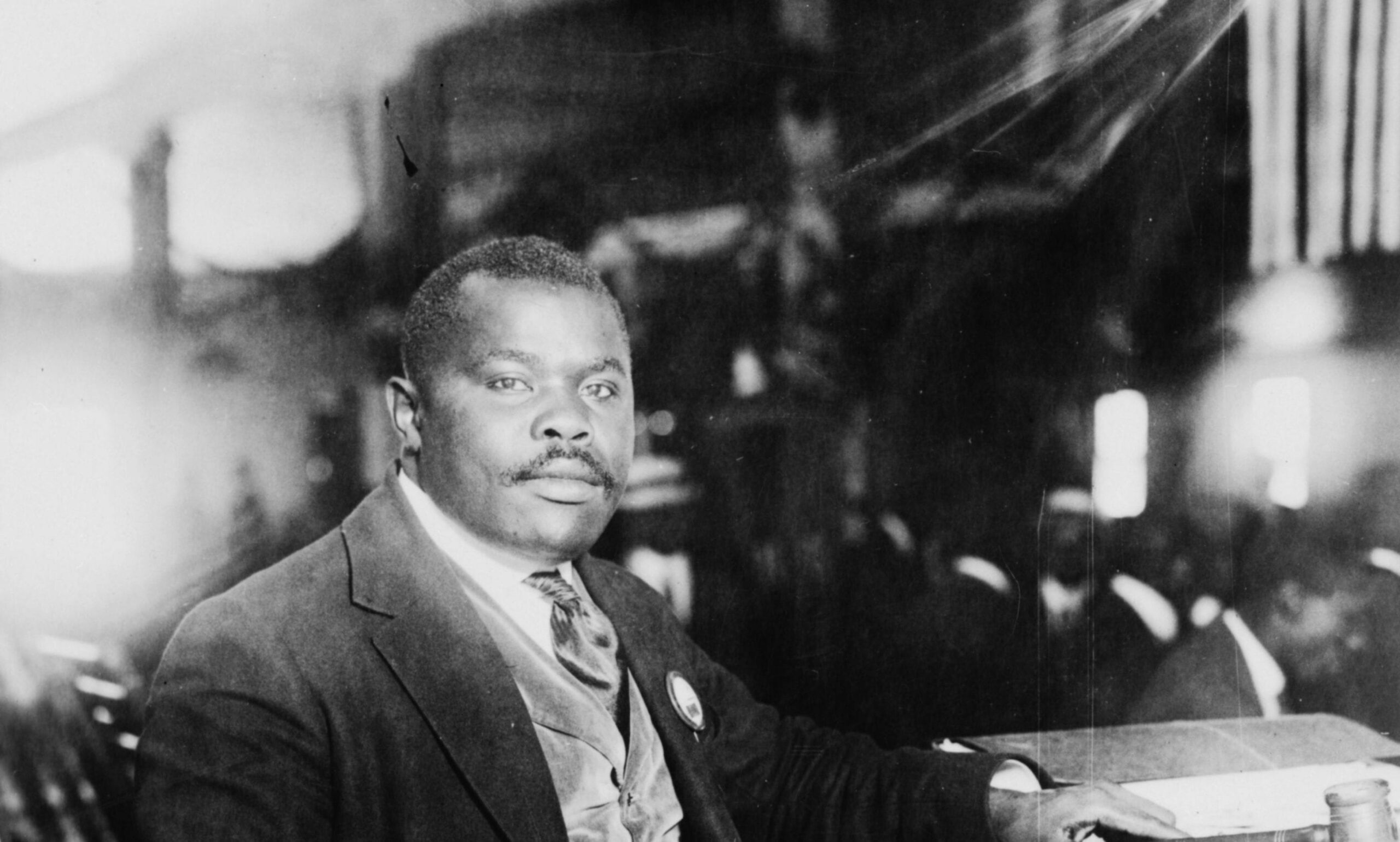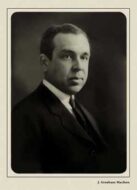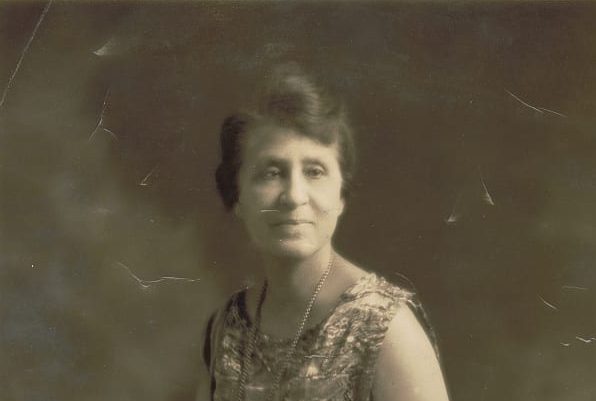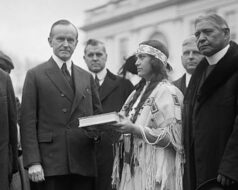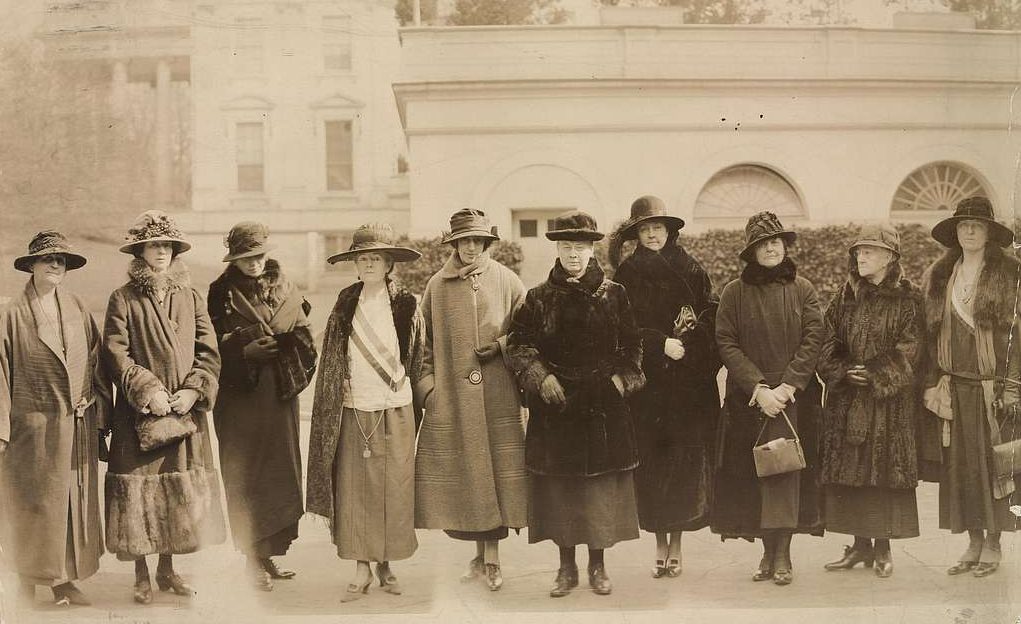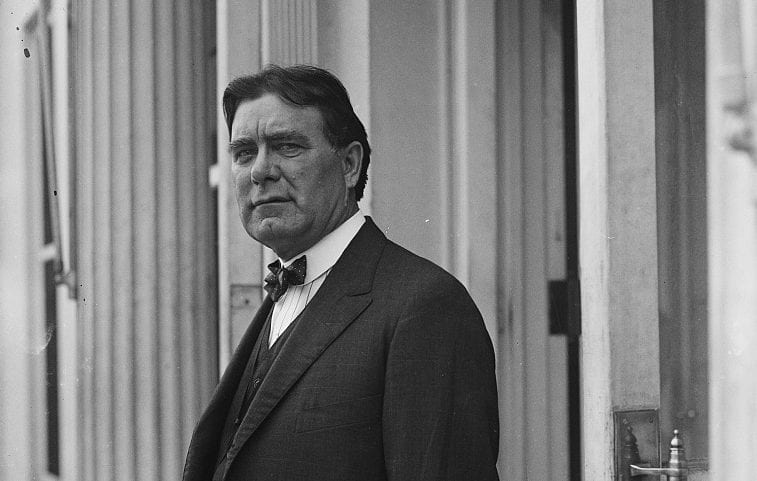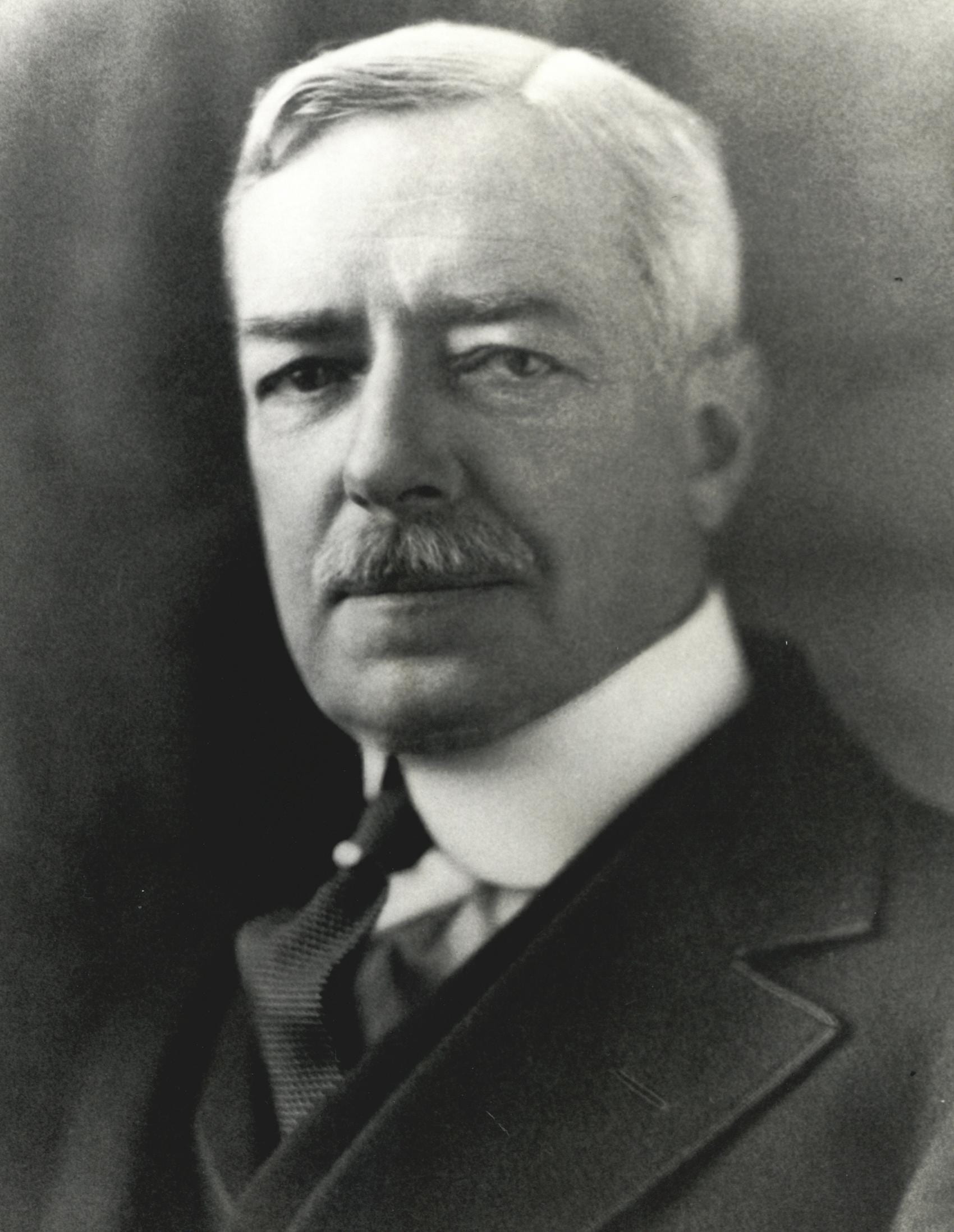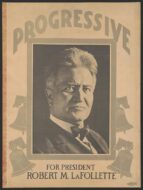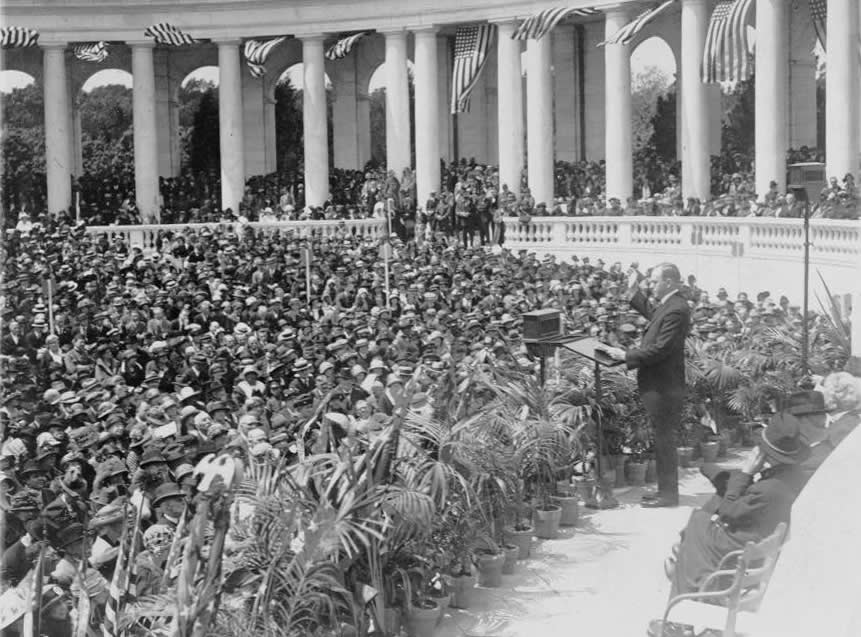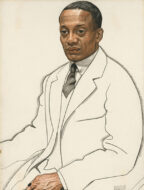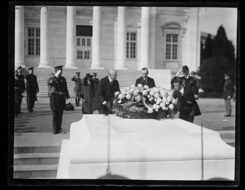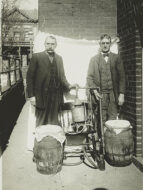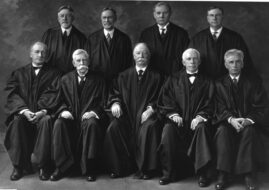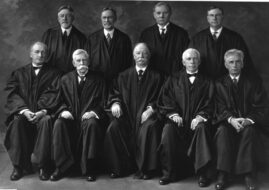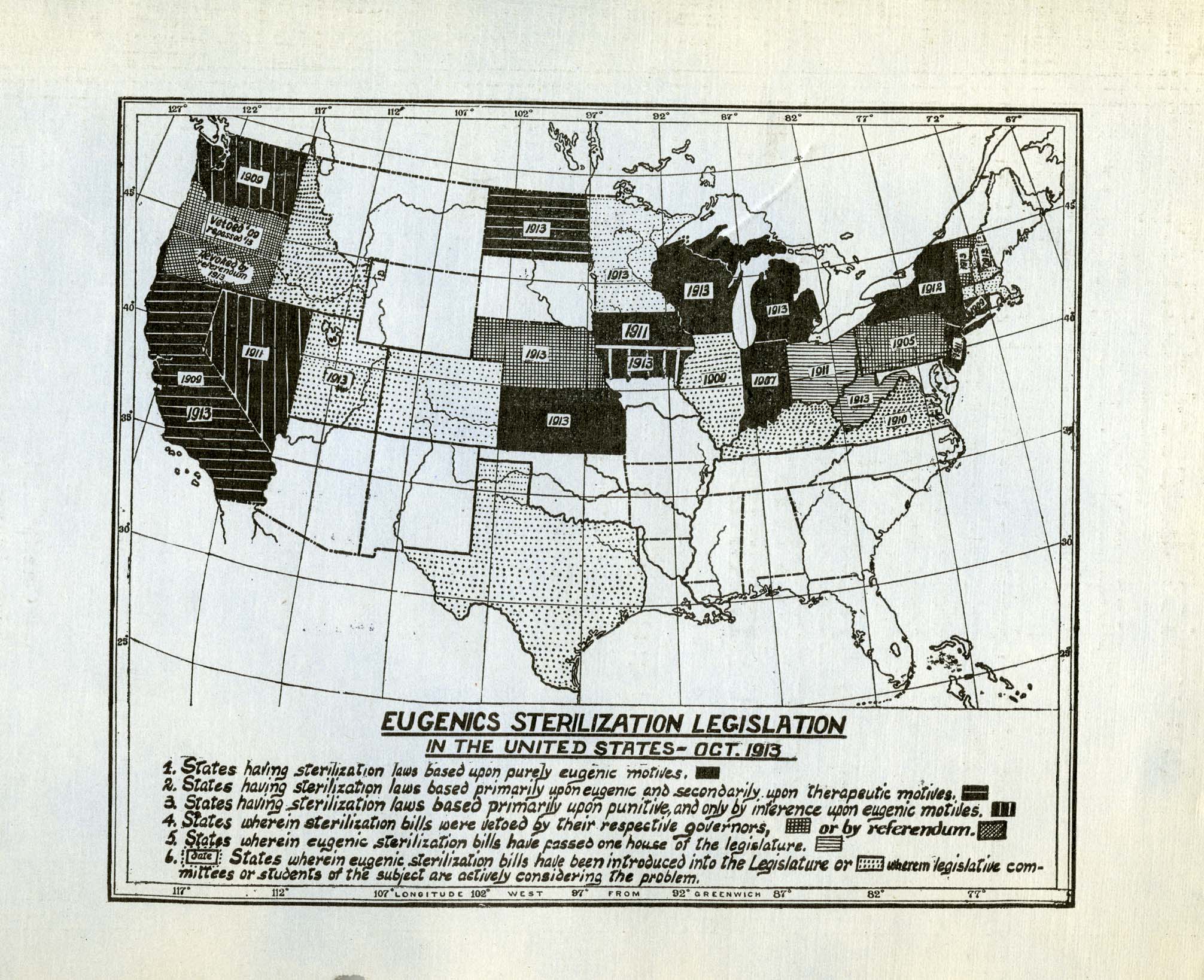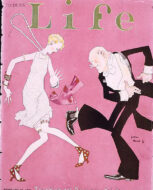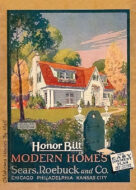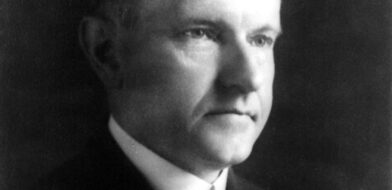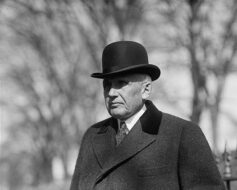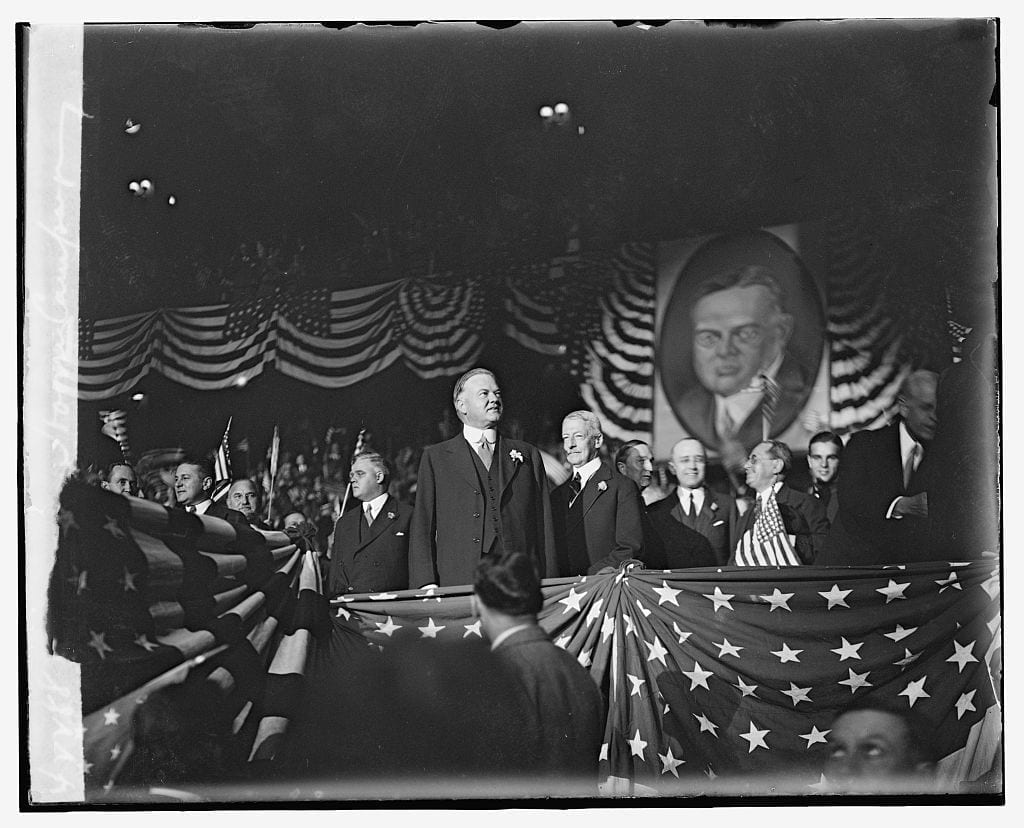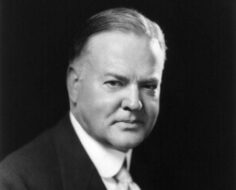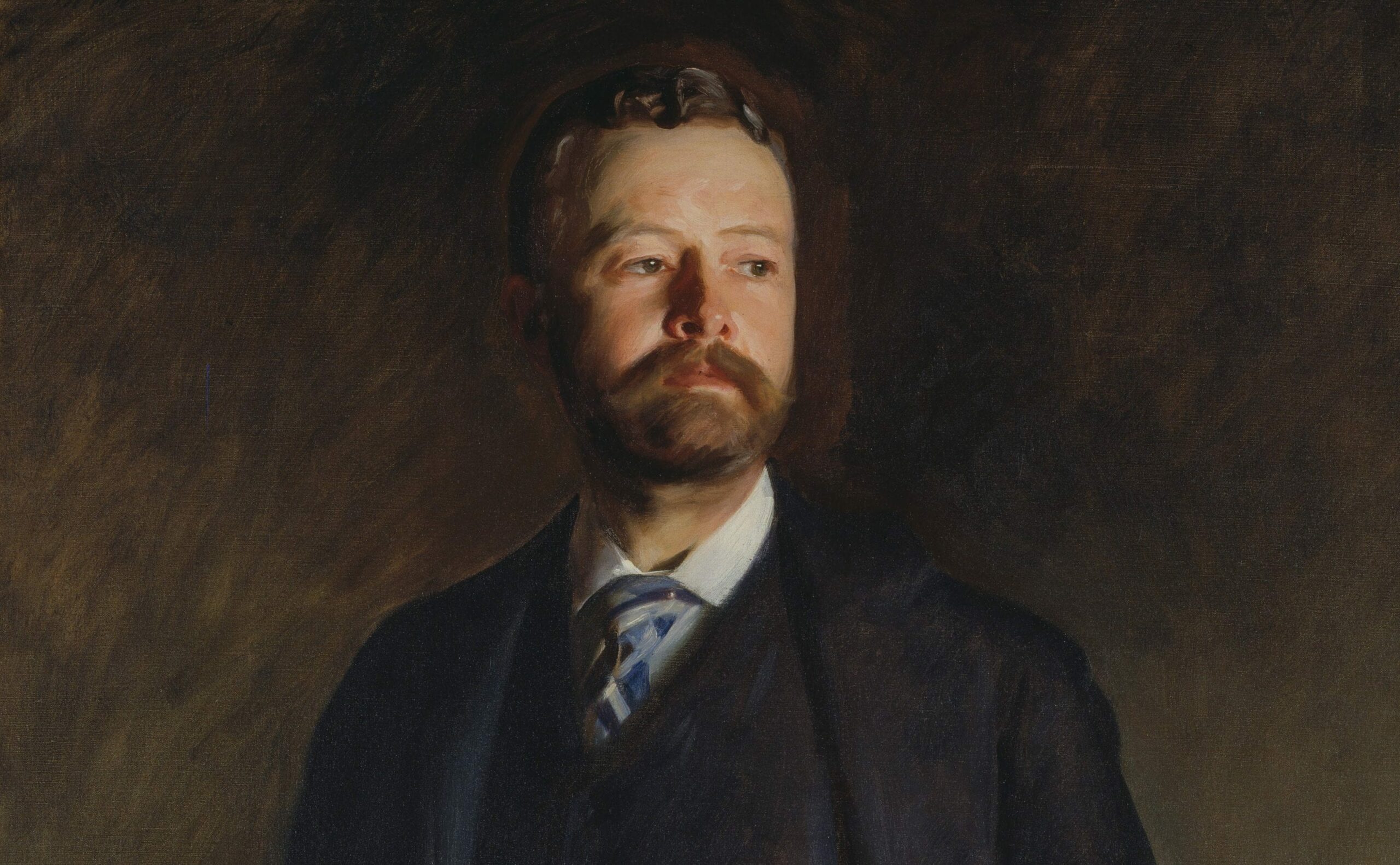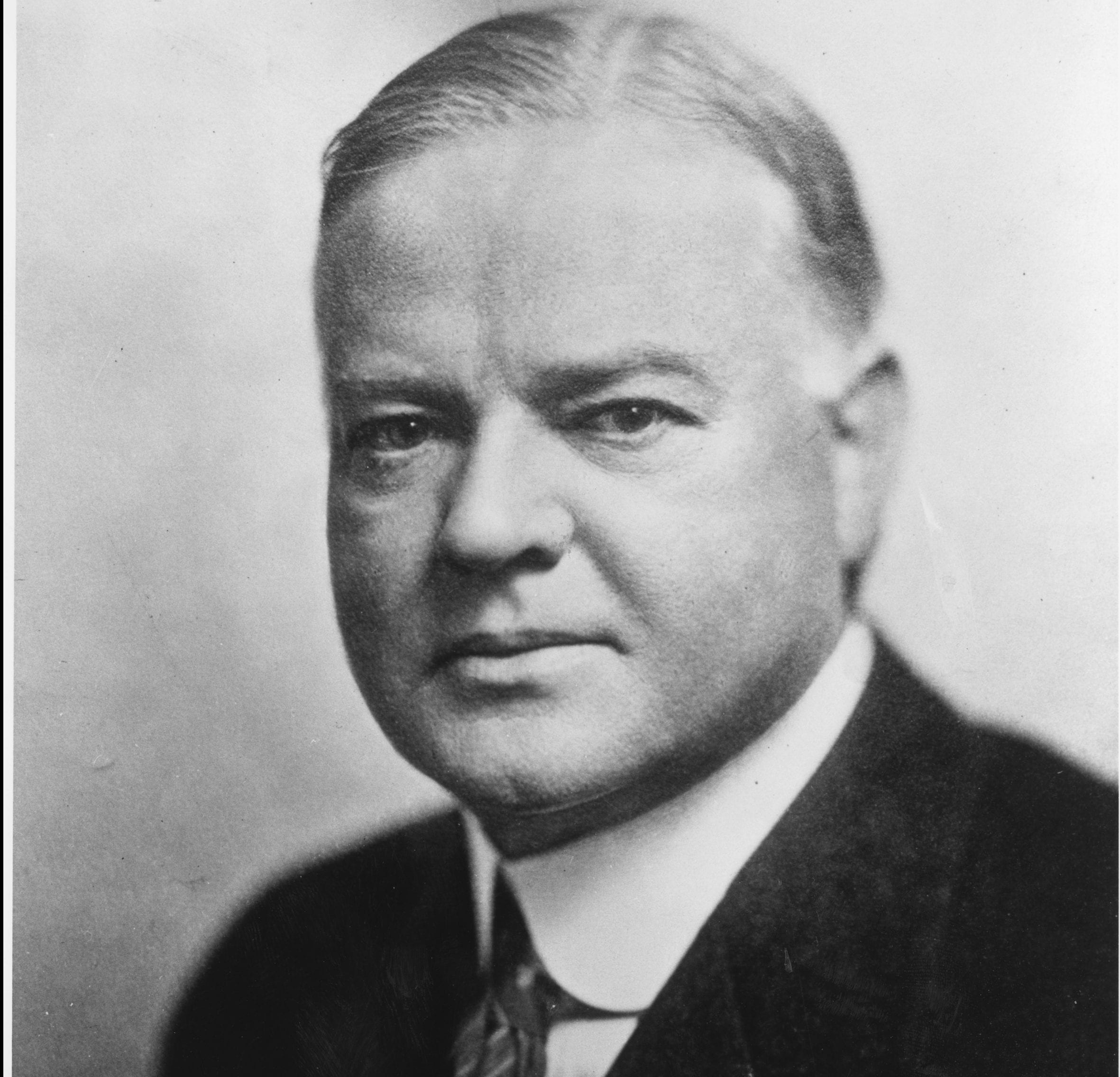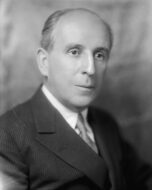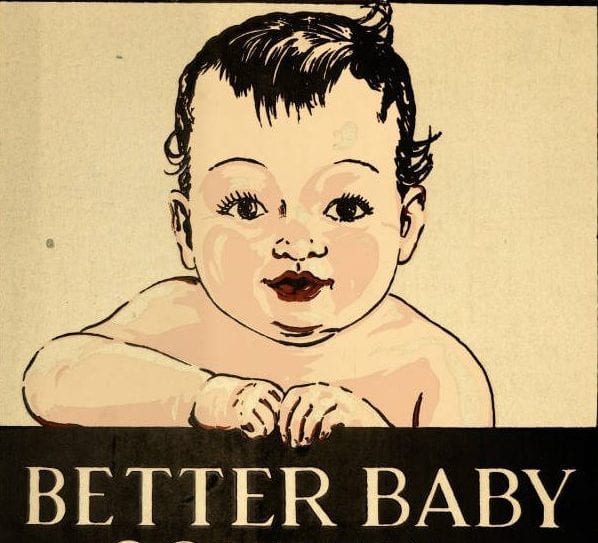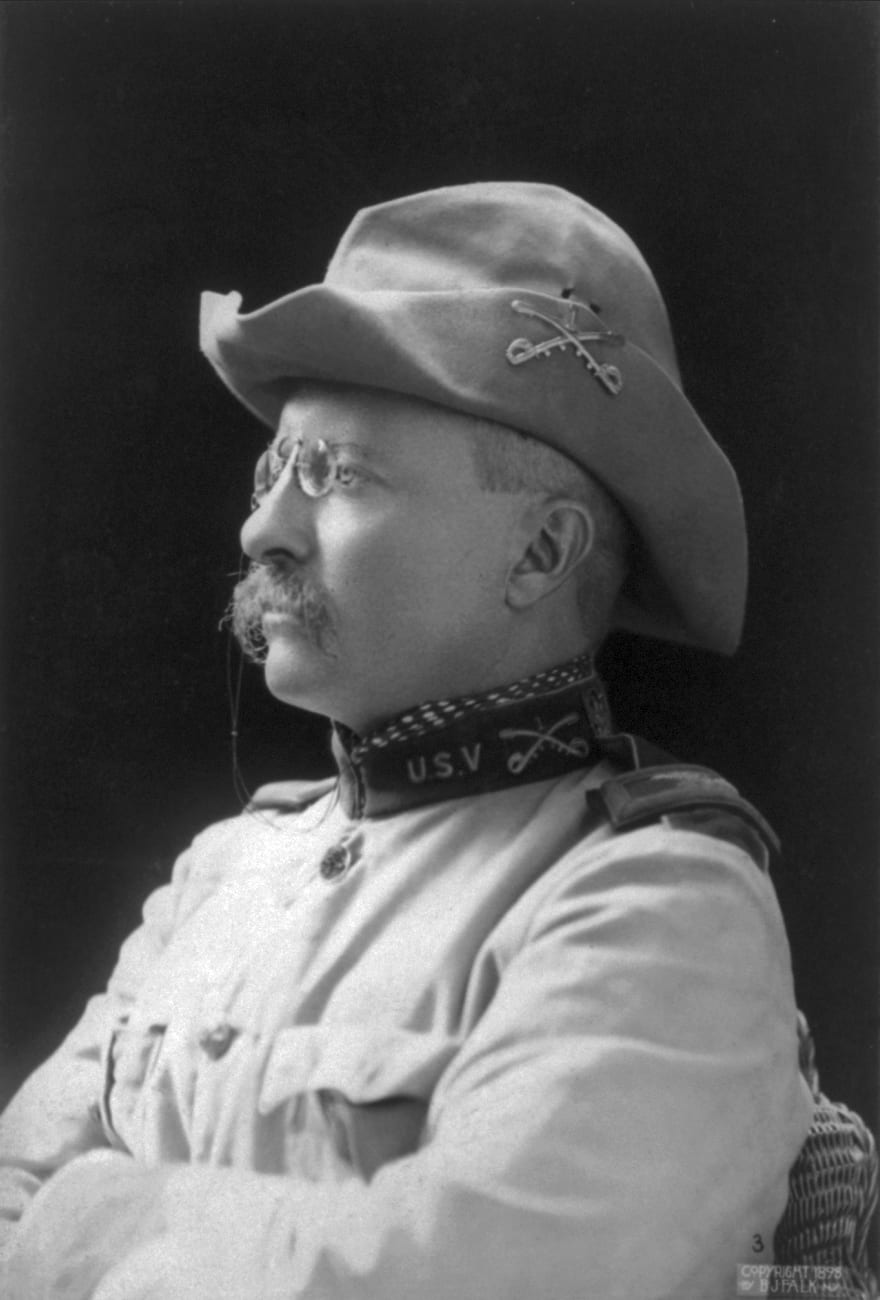

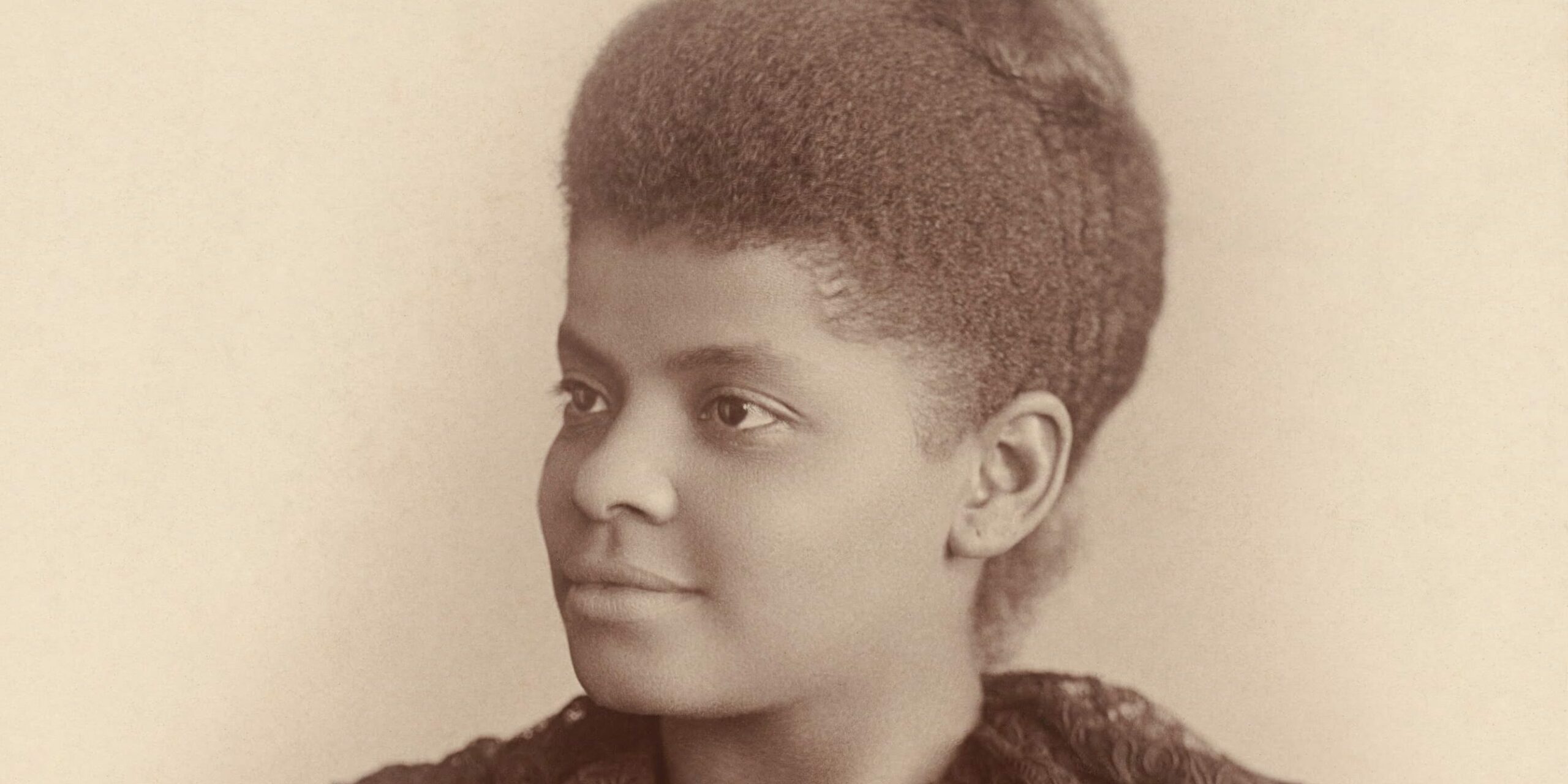
Introduction
Born into slavery during the Civil War, Ida B. Wells (1862–1931) was raised by parents who were leaders in the black community during Reconstruction. Wells was encouraged to pursue her education, and she eventually became a teacher herself. In the 1890s, Wells became a national figure when she published several exposés on race and politics in the South in a newspaper she published in Memphis, Tennessee. Her most famous pieces propelled Wells to the leadership of the anti-lynching crusade at the turn of the twentieth century. She examined a number of cases of lynching and concluded that the accusations of criminal activity were mere pretexts, contrary to the claims of those who tried to justify the practice. Her writings infuriated a portion of the city’s white population, who ransacked the office of her newspaper. Wells was in New York at the time. Heeding warnings that if she ever returned to Memphis, she would be killed, Wells moved to Chicago. She continued her work there on behalf of African Americans. She was also active in the women’s rights movement.
Source: The Arena 23 (January 1900), 15-24.
OUR country’s national crime is lynching. It is not the creature of an hour, the sudden outburst of uncontrolled fury, or the unspeakable brutality of an insane mob. It represents the cool, calculating deliberation of intelligent people who openly avow that there is an “unwritten law” that justifies them in putting human beings to death without complaint[1] under oath, without trial by jury, without opportunity to make defense, and without right of appeal. . . .
But the spirit of mob procedure seemed to have fastened itself upon the lawless classes, and the grim process that at first was invoked to declare justice was made the excuse to wreak vengeance and cover crime [in the South] . . . It asserted its sway in defiance of law and in favor of anarchy. There it has flourished ever since, marking the thirty years of its existence with the inhuman butchery of more than ten thousand men, women, and children by shooting, drowning, hanging, and burning them alive. Not only this, but so potent is the force of example that the lynching mania has spread throughout the North and middle West. It is now no uncommon thing to read of lynchings north of Mason and Dixon’s line, and those most responsible for this fashion gleefully point to these instances and assert that the North is no better than the South.
This is the work of the “unwritten law” about which so much is said, and in whose behest butchery is made a pastime and national savagery condoned. The first statute of this “unwritten law” was written in the blood of thousands of brave men who thought that a government that was good enough to create a citizenship was strong enough to protect it. Under the authority of a national law that gave every citizen the right to vote, the newly-made citizens chose to exercise their suffrage. But the reign of the national law was short-lived and illusionary. Hardly had the sentences dried upon the statute books before one Southern State after another raised the cry against “negro domination” and proclaimed there was an “unwritten law” that justified any means to resist it.
. . . And the world has accepted this theory without let or hindrance. In many cases there has been open expression that the fate meted out to the victim was only what he deserved. In many other instances there has been a silence that says more forcibly than words can proclaim it that it is right and proper that a human being should be seized by a mob and burned to death upon the unsworn and the uncorroborated charge of his accuser. No matter that our laws presume every man innocent until he is proved guilty; no matter that it leaves a certain class of individuals completely at the mercy of another class; no matter that it encourages those criminally disposed to blacken their faces and commit any crime in the calendar so long as they can throw suspicion on some negro, as is frequently done, and then lead a mob to take his life; no matter that mobs make a farce of the law and a mockery of justice; no matter that hundreds of boys are being hardened in crime and schooled in vice by the repetition of such scenes before their eyes—if a white woman declares herself insulted or assaulted, some life must pay the penalty, with all the horrors of the Spanish Inquisition and all the barbarism of the Middle Ages. The world looks on and says it is well.
Not only are two hundred men and women put to death annually, on the average, in this country by mobs, but these lives are taken with the greatest publicity. In many instances the leading citizens aid and abet by their presence when they do not participate, and the leading journals inflame the public mind to the lynching point with scare-head articles and offers of rewards. Whenever a burning is advertised to take place, the railroads run excursions, photographs are taken, and the same jubilee is indulged in that characterized the public hangings of one hundred years ago. There is however, this difference: in those old days the multitude that stood by was permitted only to guy or jeer. The nineteenth century lynching mob cuts off ears, toes, and fingers, strips off flesh, and distributes portions of the body as souvenirs among the crowd. . . .
This condition of affairs were brutal enough and horrible enough if it were true that lynchings occurred only because of the commission of crimes against women—as is constantly declared by ministers, editors, lawyers, teachers, statesmen, and even by women themselves. It has been to the interest of those who did the lynching to blacken the good name of the helpless and defenseless victims of their hate. . . .
In 1892, when lynching reached high-water mark, there were 241 persons lynched. The entire number is divided among the following States :
- Alabama 22
- Arkansas 25
- California. 3
- Florida 11
- Georgia 17
- Idaho 8
- Illinois 1
- Kansas 3
- Kentucky 9
- Louisiana 29
- Maryland 1
- Mississippi 16
- Missouri 6
- Montana 4
- New York 1
- North Carolina 5
- North Dakota 1
- Ohio. 3
- South Carolina 5
- Tennessee 28
- Texas 15
- Virginia 7
- West Virginia. 5
- Wyoming 9
- Arizona Ter. 3
- Oklahoma 2
Of this number, 160 were of negro descent.[2] Four of them were lynched in New York, Ohio, and Kansas ; the remainder were murdered in the South. Five of this number were females. The charges for which they were lynched cover a wide range. They are as follows :
| Rape | 46 | Attempted Rape | 11 |
| Murder | 58 | Suspected Robbery | 4 |
| Rioting | 3 | Larceny | 1 |
| Race Prejudice | 6 | Self-defense | 1 |
| No Cause Given | 4 | Insulting women | 2 |
| Incendiarism | 6 | Desperadoes | 6 |
| Robbery | 6 | Fraud | 1 |
| Assault and Battery | 1 | Attempted Murder | 1 |
No offense stated, boy and girl. 2
In the case of the boy and girl above referred to, their father, named Hastings, was accused of the murder of a white man. His fourteen-year-old daughter and sixteen-year-old son were hanged and their bodies filled with bullets ; then the father was also lynched. This occurred in November, 1892, at Jonesville, La.
. . . Quite a number of the one-third alleged cases of assault that have been personally investigated by the writer have shown that there was no foundation in fact for the charges; yet the claim is not made that there were no real culprits among them. The Negro has been too long associated with the white man not to have copied his vices as well as his virtues. But the negro resents and utterly repudiates the effort to blacken his good name by asserting that assaults upon women are peculiar to his race. The Negro has suffered far more from the commission of this crime against the women of his race by white men than the white race has ever suffered through his crimes. Very scant notice is taken of the matter when this is the condition of affairs. What becomes a crime deserving capital punishment when the tables are turned is a matter of small moment when the Negro woman is the accusing party. . . .
- 1. A criminal complaint.
- 2. According to Wells’ figures, 66% percent of the victims were African Americans, 34% were white or of some other race. For additional statistics on lynching, see the Tuskegee Institute’s count. According to this count, 73% of lynchings occurred in the South. Of 4743 people lynched, 72% were African American and 28% white. Another source of statistics and information on lynching is the report of the Equal Justice Institute. See also, Lisa D. Cook, “Converging to a National Lynching Database: Recent Developments,” (2011) which describes and analyzes different databases of lynching incidents. Available at https://goo.gl/QvpcRf.

Conversation-based seminars for collegial PD, one-day and multi-day seminars, graduate credit seminars (MA degree), online and in-person.
